You're at the store, standing in the pet aisle, eyeing all the toys promising to entertain your bunny. You grab one, check the price, flinch a little, but buy it anyway—because your rabbit deserves it. You walk in the door, toy in hand, excited to see them bounce with joy. But instead, they sniff it, turn their back, and hop away.
Click Here For a Guide to Creating the Ideal Litter Box.

Sound familiar? You're not alone. So many rabbit owners go through this same thing. Fluffy turns up his nose at your latest purchase, yet spends hours nibbling the corner of an old cardboard box. The truth is, you don't have to pay a fortune to keep your bunny entertained. Most rabbits prefer simple, familiar textures and scents—and that's where homemade rabbit toys come in.
Rabbits love to dig, chew, and toss. But figuring out what excites your bunny sometimes feels like guesswork. You buy, they ignore. You recycle, they're thrilled. What's going on here?

Turns out, rabbits often enjoy the things they already see in their environment. Newspaper, boxes, packing paper—these are everyday items that can become bunny gold. Better yet, you can turn these things into safe, stimulating activities for them without spending much money.
Why Homemade Rabbit Toys Make a Big Difference
Let's be honest: store-bought rabbit toys can be a gamble. They're often expensive, brightly colored, and made of materials your rabbit might not enjoy. Many also include plastic parts or dyes that are questionable for chewing. Homemade rabbit toys give you complete control. You know what's going into them, and your rabbit often prefers the textures and smells of natural or familiar materials.
This also gives you the chance to experiment. If one toy doesn't grab their attention, you can change it up without guilt. Cardboard not a hit? Try a paper towel tube filled with hay. Still no reaction? Add a hidden treat or dangle it with string for extra motion. The possibilities are wide open when you go DIY.
Plus, rabbits tend to return to their favorites. If you find something that works, you can recreate it anytime, for pennies.
Simple and Fun Homemade Rabbit Toys You Can Make Today
Here's a list of easy-to-make options that your rabbit will likely love. Many of these require only a few materials and a few minutes of your time. Some may become instant hits, others may need a little tweaking. Just keep an eye on what your rabbit gravitates toward.
Toilet Paper Roll Hay Feeder: Take an empty toilet paper roll and stuff it with Timothy hay. You can fold in the ends or cut small slits to create a fringe. It rolls, it crinkles, and it's edible fun.
Old Phone Books: Let your rabbit shred the pages. Make sure it's a book printed with soy-based inks, which are generally safer. Remove the cover if it's glossy or contains glue.
Paper Ball Toys: Crumple up plain printer paper into a ball. Toss a few on the floor and watch your rabbit nudge or toss them around.
Cardboard Treat Boxes: Take a small cardboard box and cut holes in the sides. Add hay, herbs, or pellets inside. This works like a mini puzzle and encourages foraging.
Dig Box: Fill a shallow cardboard box with shredded newspaper or hay. Bury small treats inside. Your rabbit can dig, toss, and sniff around to their heart's content.
These are just a starting point. Once you learn what textures or shapes your rabbit enjoys, you can customize them even more. Try rotating toys weekly so they don't get bored.
Homemade Rabbit Toys Can Also Be Enrichment Tunnels
If your rabbit loves to hide or dash through things, tunnels are a must. And you don't need to buy expensive cat tunnels to make this happen. Try this easy homemade tunnel system idea based on a DIY project from Budget Bunny.
DIY Box & Tunnel Toy
This project gives your bunny a fun new place to explore and feel safe. It's designed to mimic a rabbit's natural environment with long, winding paths and places to pause. Perfect for floor time or bonding play.
Materials:
Large cardboard boxes (big enough for your rabbit to fit through)
Shipping tubes or cat tunnels (optional)
Box cutter and marker to trace out doors and holes
Timothy hay, herbs, or small treat pieces
Assembly:
Cut doorways in the sides of each box. Link boxes together using tunnels or place them side by side. You can create a maze, a loop, or a two-room hideout. Add hay and treats inside to encourage exploration. Place it against a wall or in a corner to help your rabbit feel more secure while playing.
Cost:
$0-$5, depending on what you already have at home. A little effort turns recycling into a playground.
This is one of those homemade rabbit toys that becomes a favorite quickly. It's also easy to refresh—just swap out the boxes every few weeks or move them to a new location in your space.
Want to see a visual guide? Visit the full tutorial on Budget Bunny's blog to get more details and inspiration.
Important Safety Tips for DIY Rabbit Toys
Just because a material is common doesn't mean it's safe. Rabbit-proofing your homemade toys is essential. These animals love to chew, so everything they interact with needs to be safe enough for mouthing and nibbling.
Avoid plastic: Never let your rabbit chew plastic parts. They're sharp when broken and can block the digestive system if swallowed.
Watch out for ink and glue: Only use cardboard and paper without heavy dyes or adhesive. Soy-based inks are usually okay in small amounts, but glossy paper is not.
Steer clear of chemicals: Avoid reusing boxes that previously held cleaning supplies or food with strong odors.
Inspect sharp edges: Check all boxes and toys for torn corners or staples. Sand any rough cut-outs you make with a box cutter.
Cover cords: Rabbits are drawn to cords like magnets. If your toy is placed near electronics, be sure to block or move cables.
If your rabbit seems more interested in chewing carpet or furniture than playing, we've got you covered. Our blog “Help! How to Stop a Rabbit From Chewing Carpet!" shares helpful tips on redirecting destructive habits.
One extra fun fact? Many bunnies adore the cardboard boxes that Rabbit Hole Hay products are shipped in. If you order 10 pounds or more, you'll get a large, sturdy box—perfect for chewing, digging, and building a tunnel toy of your own.

How Homemade Rabbit Toys Improve Mental and Physical Health
Rabbits are more than just cuddly companions. They're clever, curious, and constantly searching for things to do. Without the right stimulation, boredom can lead to destructive behavior or even depression. That's why homemade rabbit toys are more than a fun craft—they're a part of your rabbit's wellness routine.
When rabbits have things to dig, toss, and chew, their minds stay active and their bodies stay moving. Puzzle feeders help with foraging instincts. Tunnels and climbing structures add opportunities for exploration and play. Even a toilet paper roll with hay inside becomes an outlet for their natural behaviors.
Enrichment toys also support dental health. Rabbits have teeth that grow continuously, and chewing on safe materials like cardboard or untreated wood helps keep those teeth filed down naturally. This reduces the chance of painful overgrowth or the need for vet intervention.
Physical activity keeps joints healthy and improves muscle tone—especially in older rabbits. If you notice your rabbit lounging more than usual, consider introducing new DIY toys to encourage movement in gentle, playful ways.
Signs Your Rabbit Enjoys Their Toys
Not all toys are an instant hit, and some rabbits take time to warm up. But there are a few things to watch for that tell you your homemade efforts are working:
They return to the toy over and over.
You catch them tossing, nudging, or digging.
They chew in short, focused sessions.
They hide or nap inside box setups or tunnels.
If your rabbit ignores a toy, try relocating it. Changing the position or pairing it with a favorite treat can increase interest. Remember, rabbits are prey animals and might be cautious at first. Let them explore at their own pace.
Other Great Homemade Rabbit Toys to Try
Once you've got the basics down, the fun doesn't have to stop there. You can get more creative with textures and setups. These ideas go a step further but are still beginner-friendly and budget-conscious:
Hanging Hay Dispenser: Poke holes in a clean paper bag or a paper towel tube. Fill with hay and hang from a piece of sisal rope or jute twine just above floor level. Watch them stretch and pull to get their snack.
Chew Garland: Cut untreated cardboard into shapes or rings. String them together with twine to create a chewable garland that hangs from the side of a playpen or enclosure.
Snack Rattle: Take an empty plastic Easter egg (the kind with holes or air vents) and place a few pellets or dried herbs inside. Shake to make a soft rattle. Only use this with supervision and remove it if your rabbit starts to chew the plastic.
Stuffed Sock Tunnel: Roll up an old sock and place it inside a tube or box. The different textures make it more interesting to toss and pull on. Be sure your rabbit isn't ingesting any fabric.
One of the best parts of making homemade rabbit toys is how easy it is to repurpose common items. A quick check of your recycling bin can spark dozens of ideas. Just make sure each item is clean and free of ink, glue, staples, or residue.
How to Set Up a Rotating Toy Station
Too much stimulation at once can be overwhelming for rabbits. Instead of offering all your toys at once, try a toy rotation system. This keeps their environment interesting and fresh without buying or building constantly.
Here's how:
Select 3–5 toys or enrichment items your rabbit enjoys.
Set them out for a week and observe which get the most use.
At the end of the week, remove 2–3 toys and replace with new or rotated options.
Store unused toys in a dry, clean container for future use.
This kind of mental variation supports your rabbit's curiosity and prevents boredom-related habits like excessive digging or cage chewing.
Where to Find More Inspiration for Homemade Rabbit Toys
If your rabbit has specific quirks or favorites, try browsing blogs and forums for ideas tailored to their behavior. Websites like House Rabbit Society share a range of safe enrichment projects for indoor bunnies. You can also check out video tutorials on YouTube by rabbit-savvy creators.
Social media can be a gold mine for new ideas, too. Try searching hashtags like #homemaderabbittoys on platforms like Instagram and TikTok. You'll find everything from hay tunnels to elaborate cardboard mazes that you can duplicate with your own flair.
If you want a place to start experimenting, take a look at the toy section in your local dollar store. While many toys there aren't rabbit-safe as-is, you can often repurpose materials like paper gift bags, cardboard, and untreated wooden spoons for enrichment projects.
Combine Nutrition and Play for Maximum Enrichment
Pairing food with play adds another layer of enjoyment. Rabbits are natural foragers, so hiding their favorite snacks inside toys makes things exciting and encourages longer engagement.
Try these combinations:
Stuff apple sticks inside a hay-filled box for a double treat—taste and texture.
Hide pieces of dried carrot inside paper balls or tissue boxes.
Make a hay "burrito" by wrapping hay and herbs in a piece of plain brown paper and twisting the ends closed.
If you're looking for healthy chews that support your rabbit's dental health, consider adding our All Natural Apple Chew Sticks to your next order. These double as a tasty treat and a way to help wear down their teeth in a safe way.
Building a DIY Rabbit Playground
Want to take it a step further? Combine multiple homemade rabbit toys into a play zone. This is a great option if your rabbit has floor time in a living room, office, or enclosed porch.
Here's how to design a basic DIY rabbit playground:
Choose a corner with soft flooring or add a fleece blanket to prevent slipping.
Place a few boxes with entry holes cut into them to act as tunnels or hideouts.
Add a dig box filled with shredded paper or hay in the middle.
Hang a chew garland from the wall or the side of a playpen.
Scatter food-dispensing toys or paper-wrapped snacks for foraging fun.
Every rabbit is different. Some will hop in and explore right away. Others might hang back and observe. Let your rabbit move at their own pace and explore how they prefer.
Key Takeaways for Crafting Homemade Rabbit Toys
Rabbits love simple, chewable textures like cardboard and paper—these can become excellent toys.
Homemade rabbit toys can improve your rabbit's physical health, mental stimulation, and dental wellness.
Always prioritize safety—avoid plastic, glue, or treated materials when making DIY toys.
Use food and treats as added motivation for play and foraging.
Rotate toys to keep your rabbit curious and entertained.
Help Your Rabbit Play Their Way
You don't need a big budget or a fancy shopping cart to keep your rabbit happy. With a little time and creativity, you can transform everyday items into toys that meet your bunny's natural instincts. Try a few options, stay patient, and enjoy learning what your rabbit loves best.
Before you go, explore our full line of hay and enrichment products made specifically for small pets. Our commitment is to help you create a home where your rabbit is healthy, happy, and well-entertained—whether that means a box, a tunnel, or a simple roll of paper.

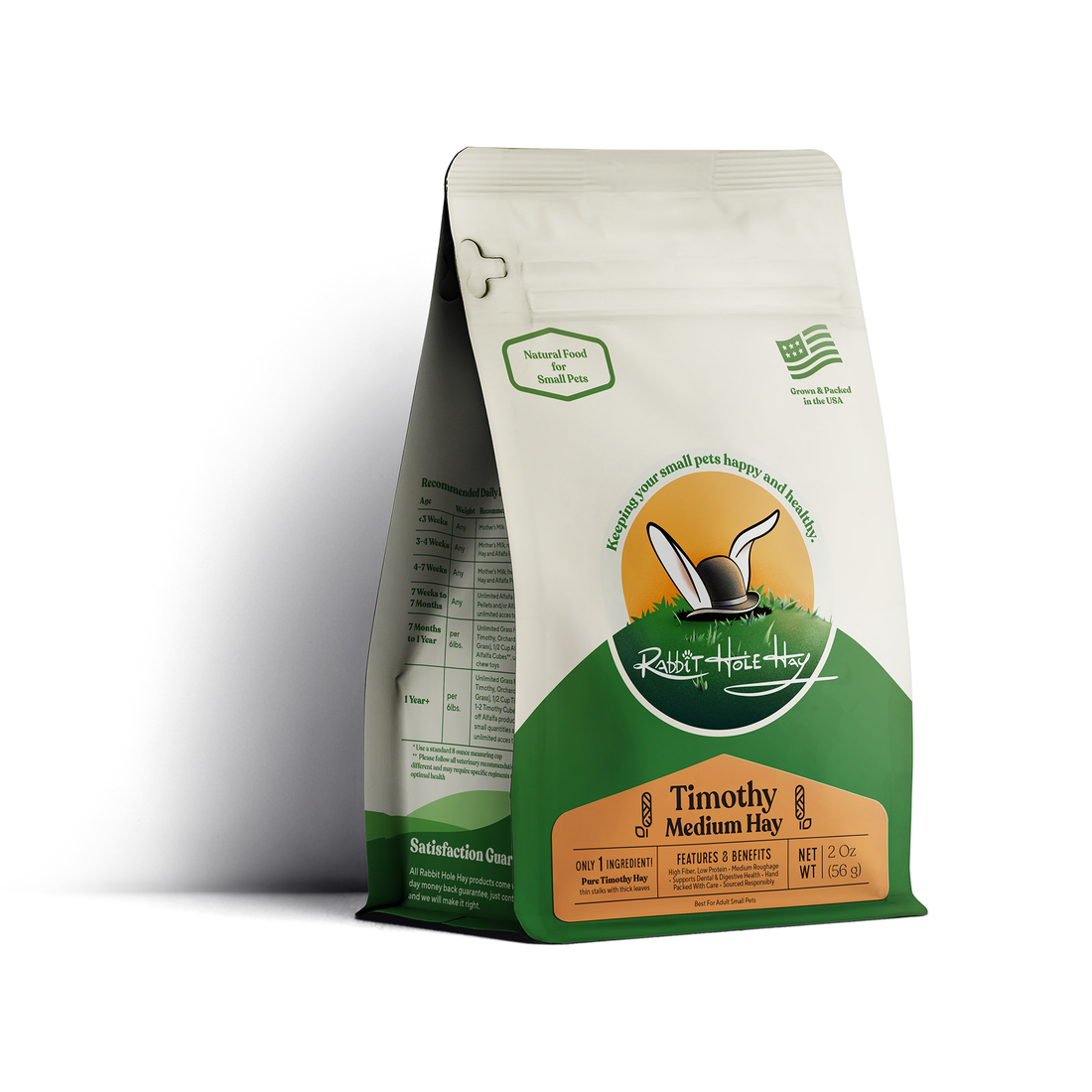
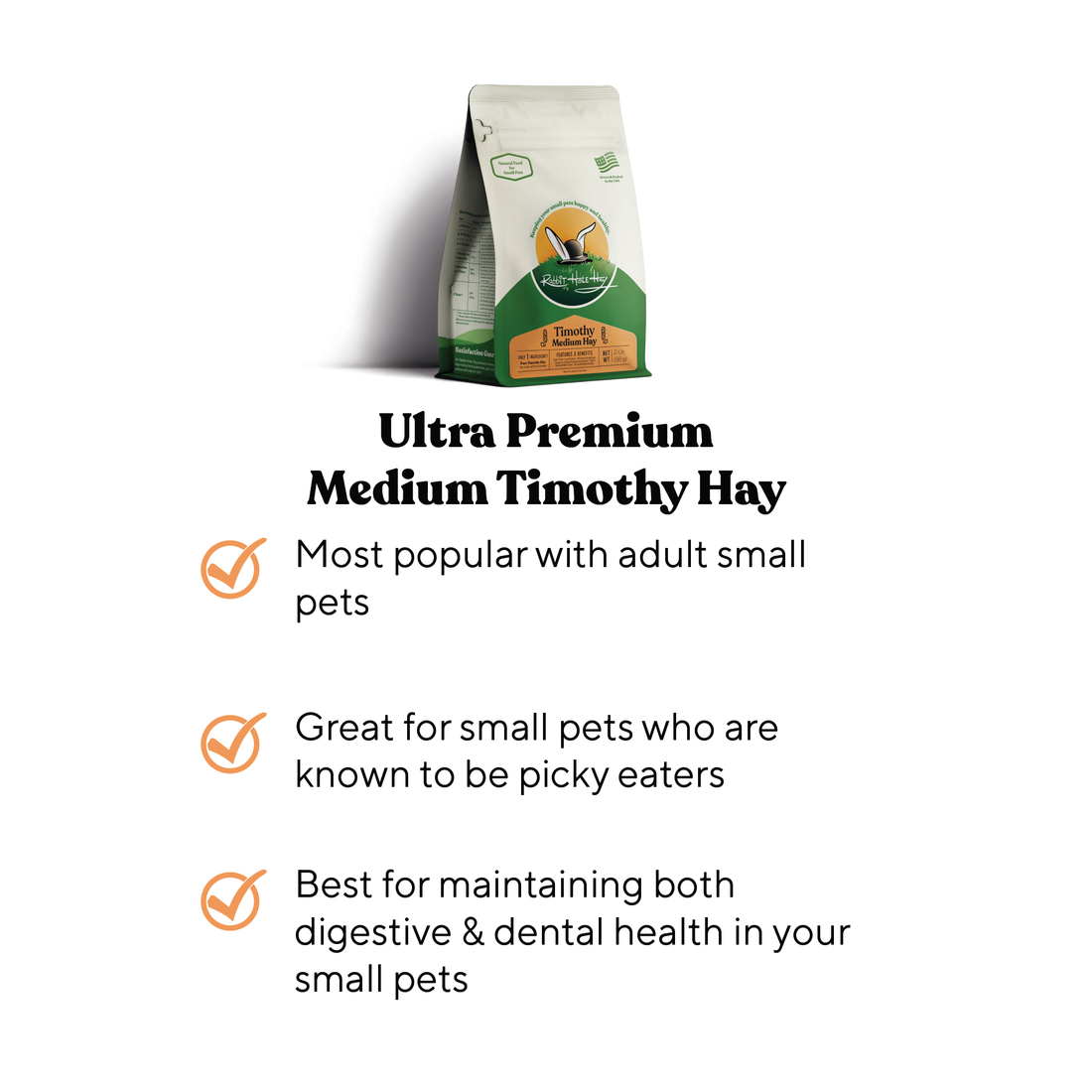
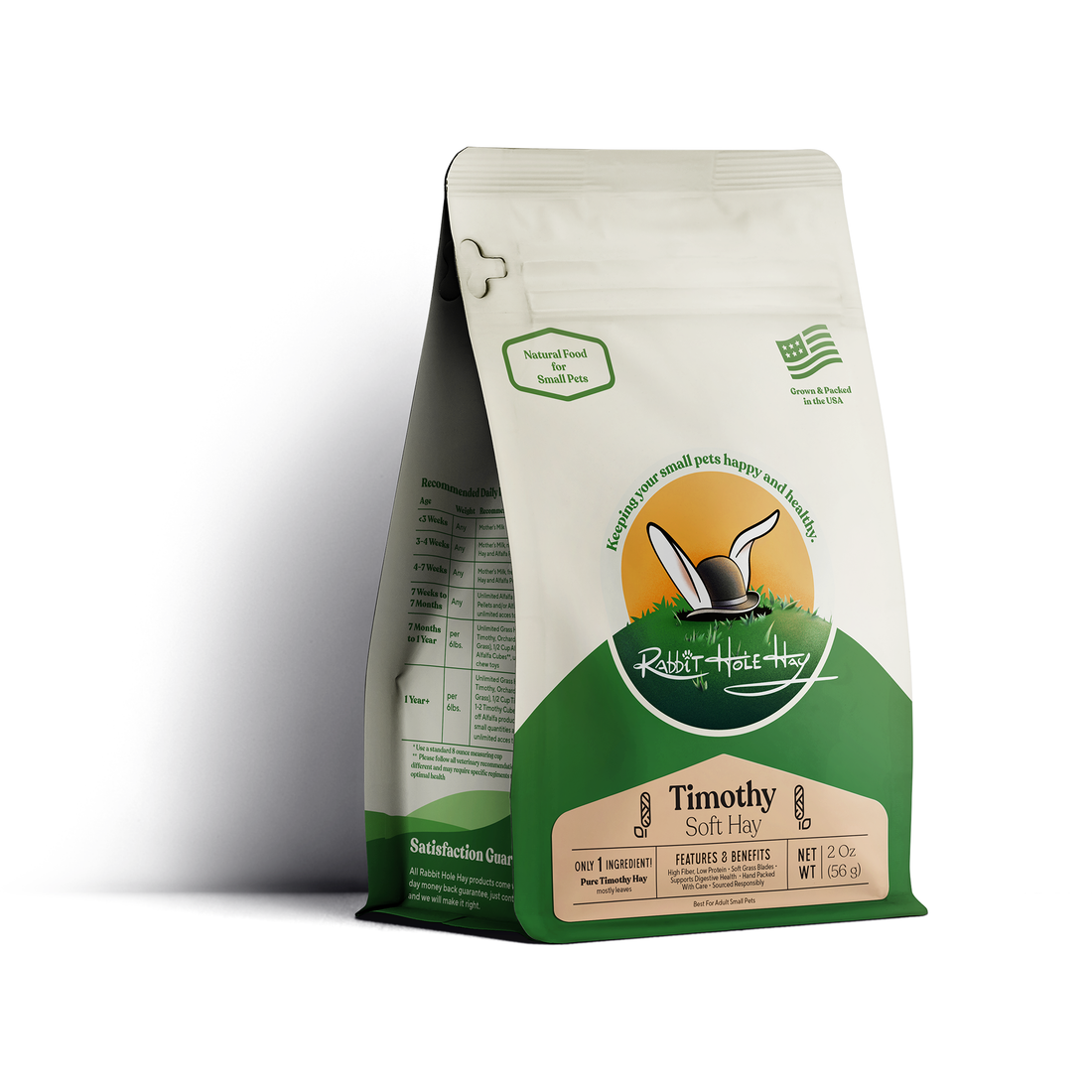
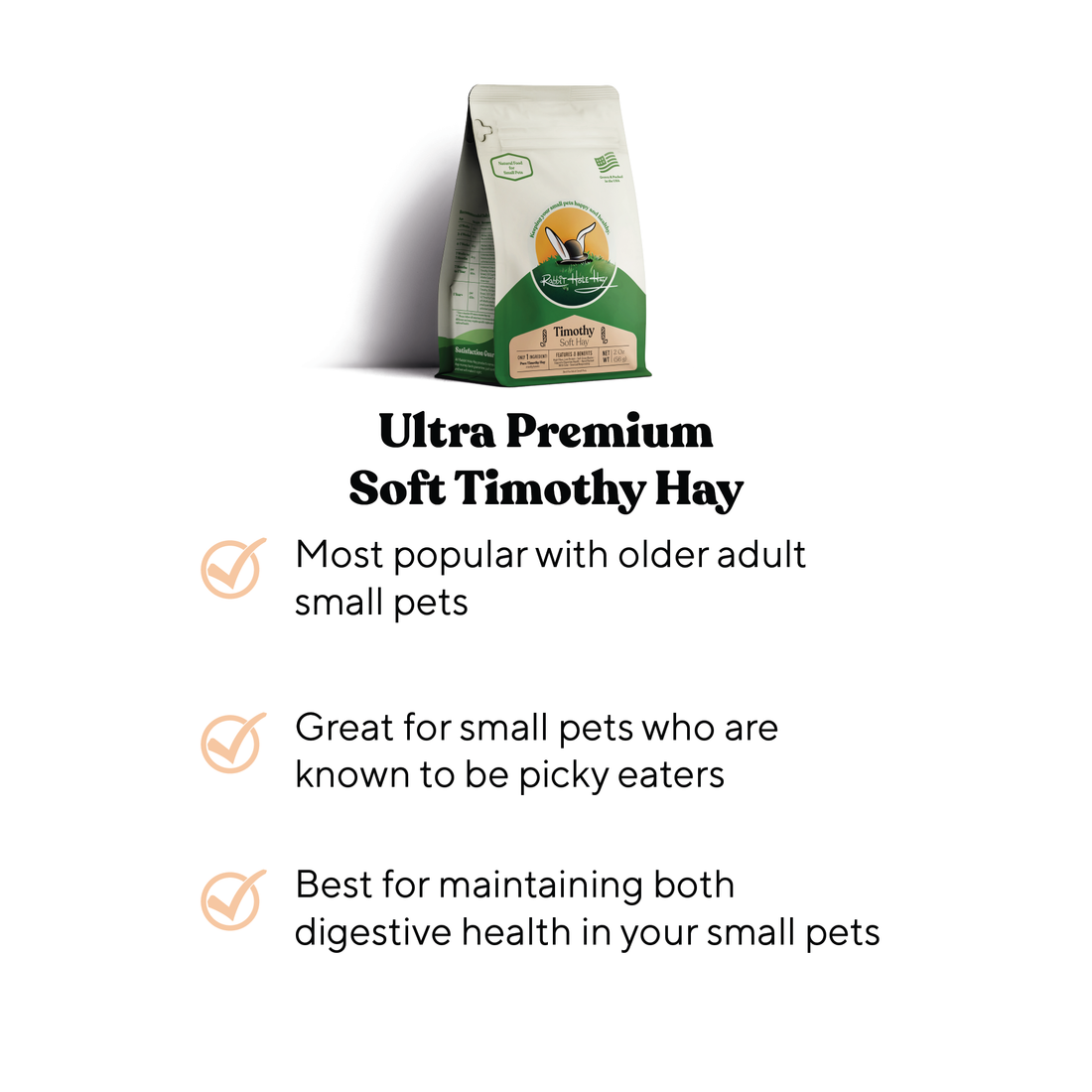
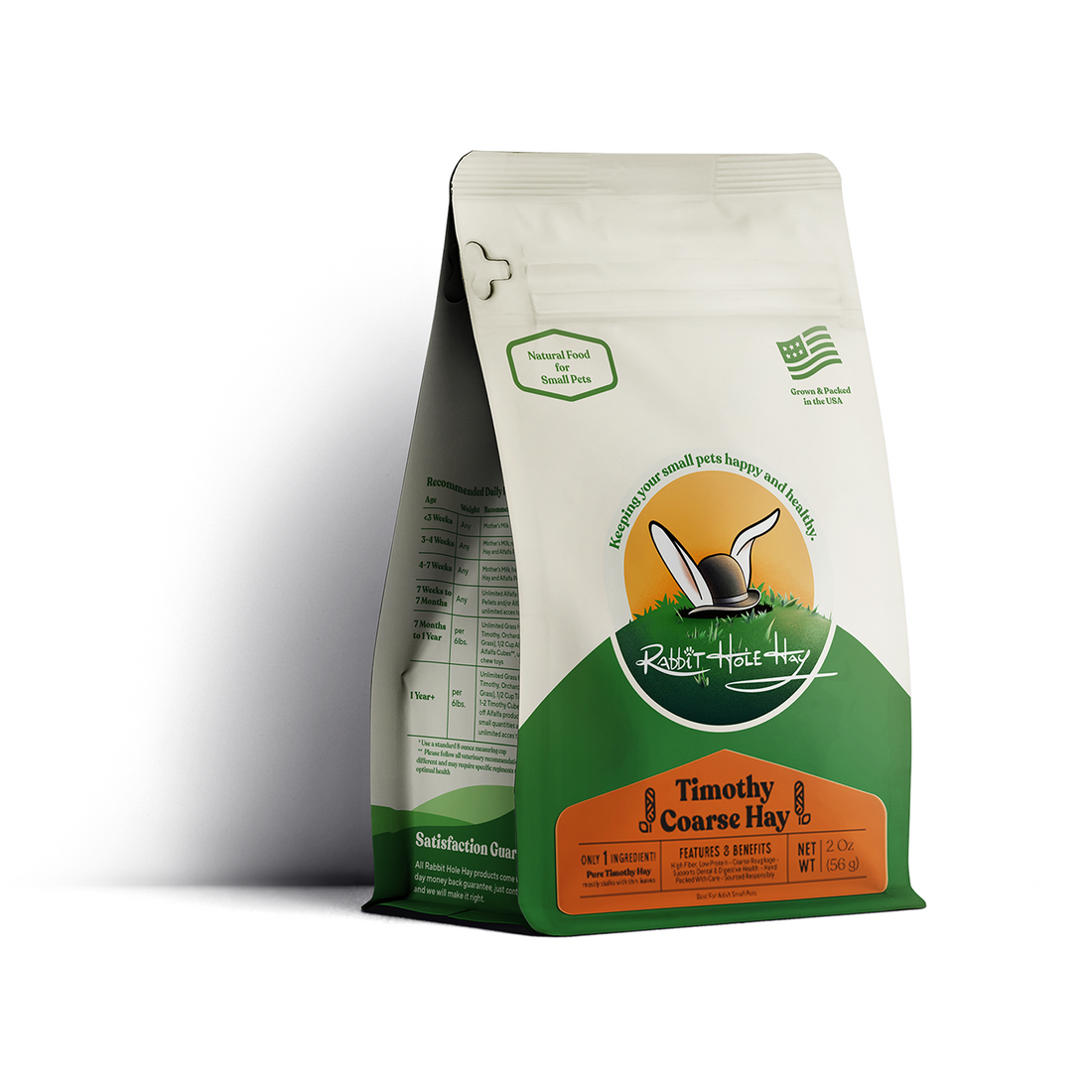
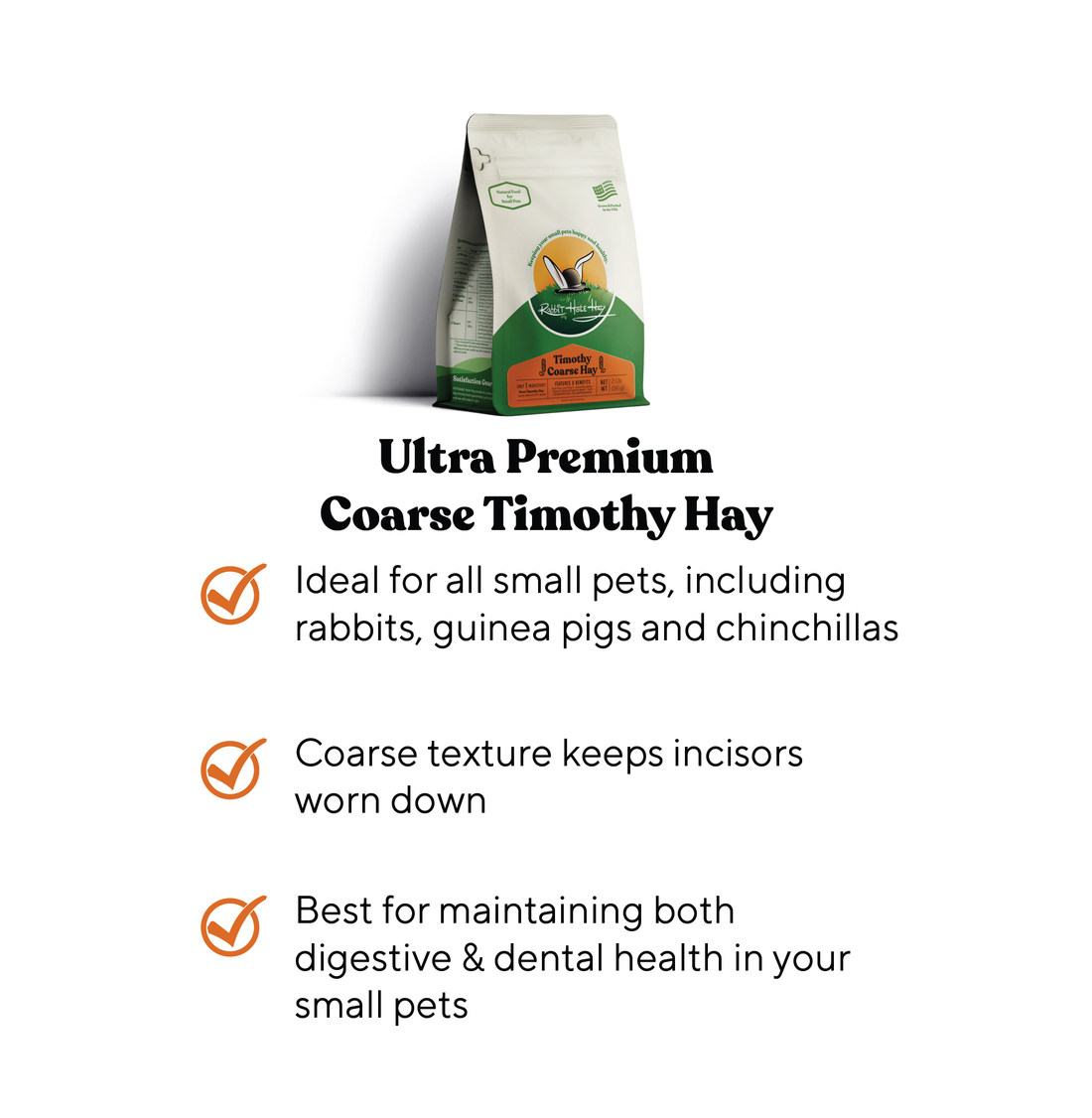
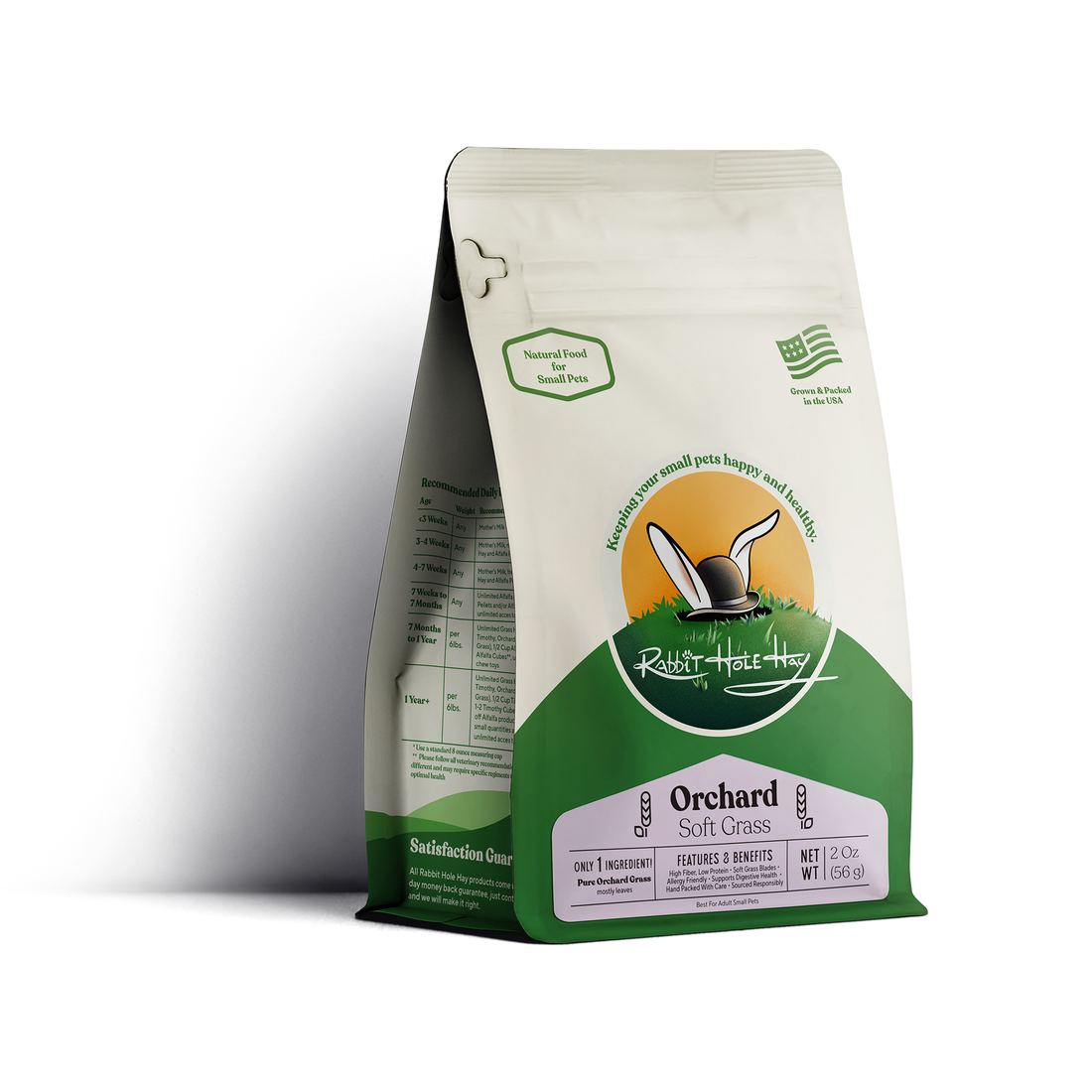
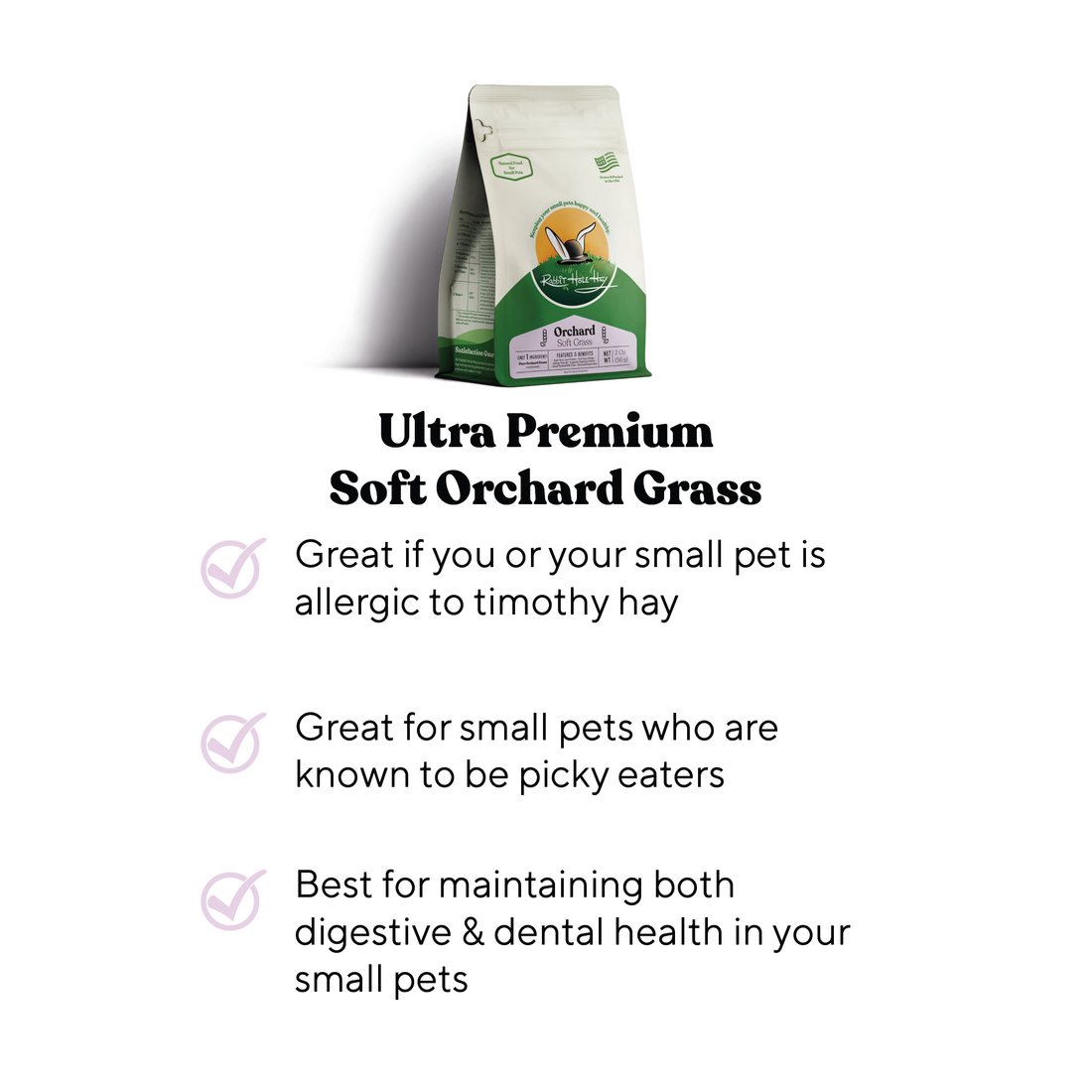
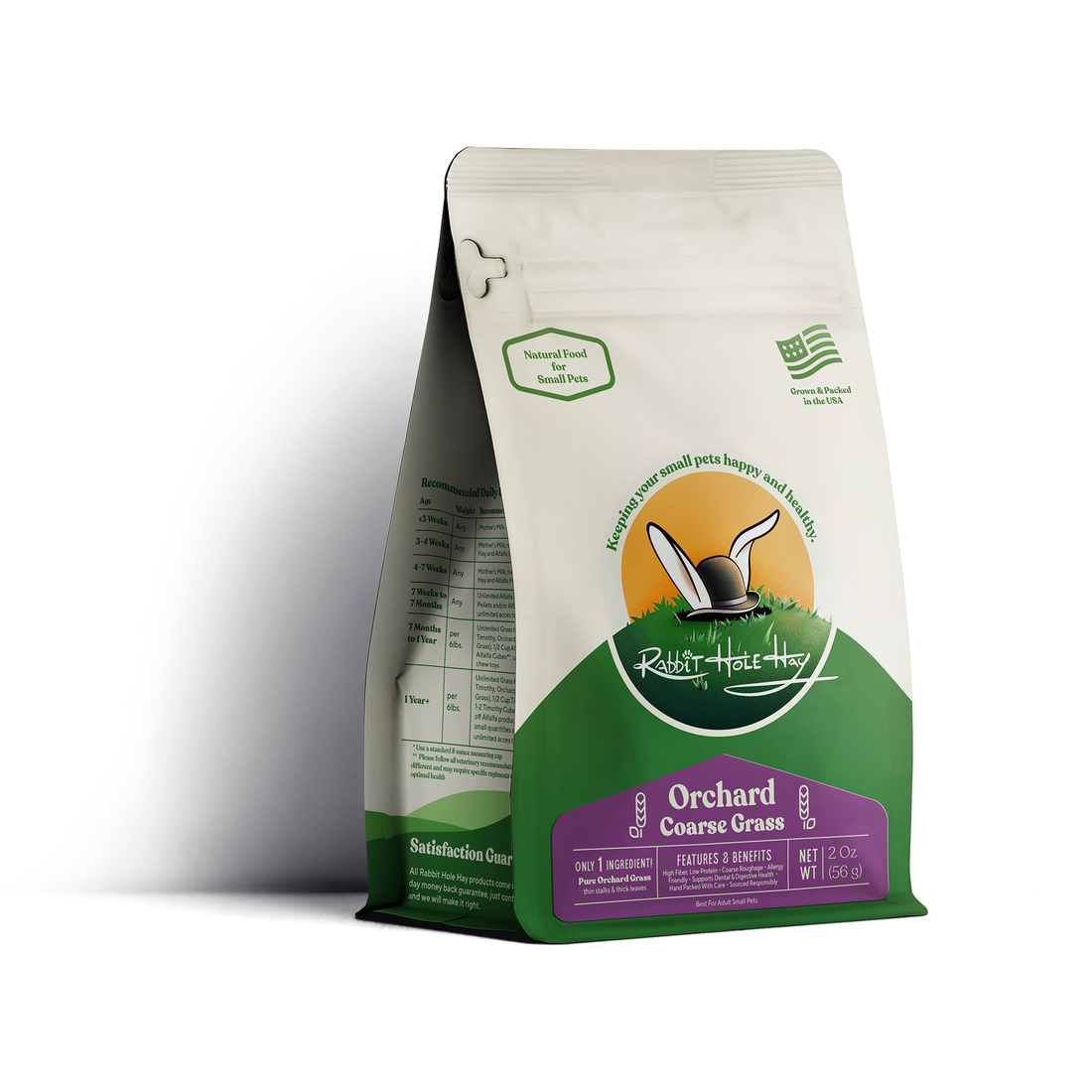
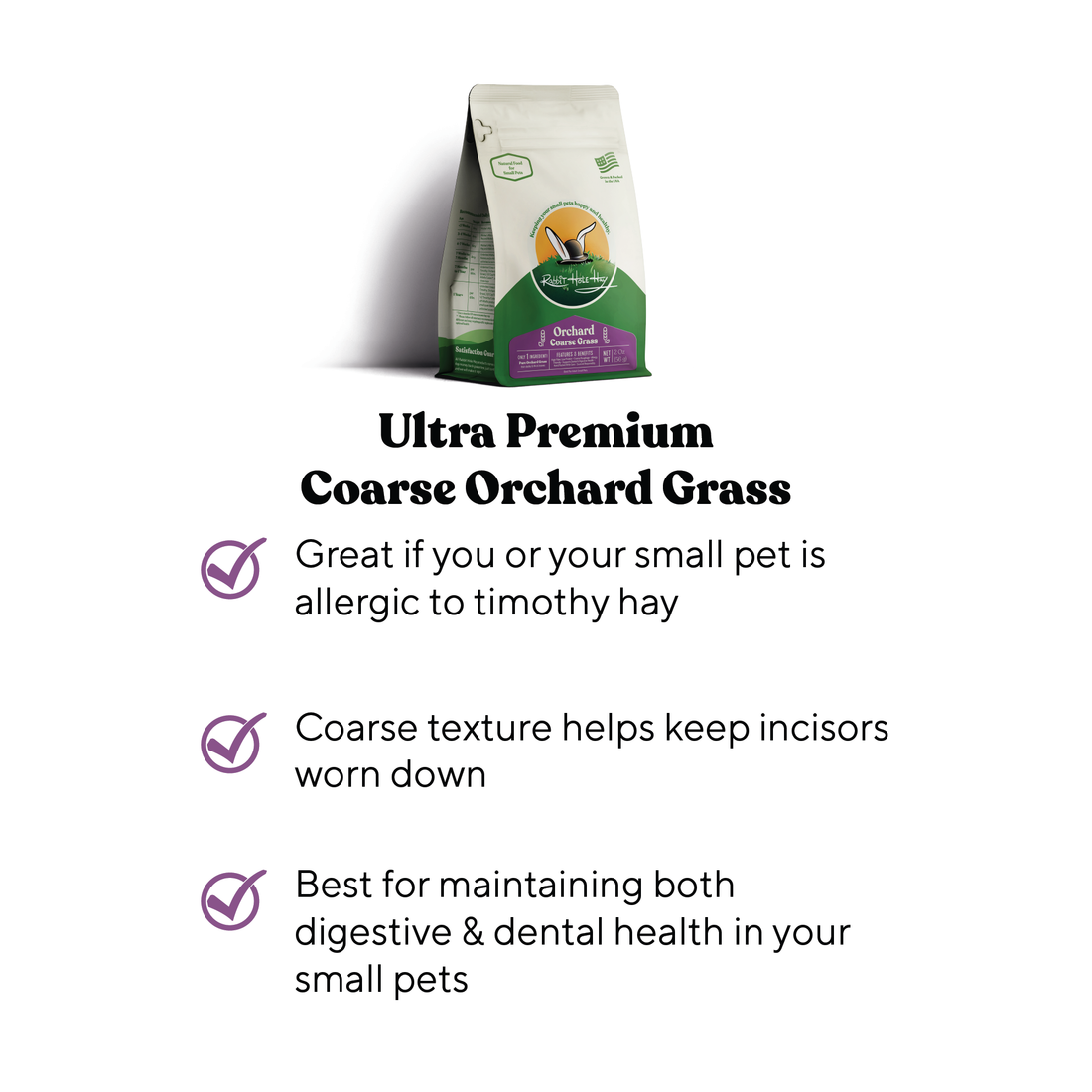
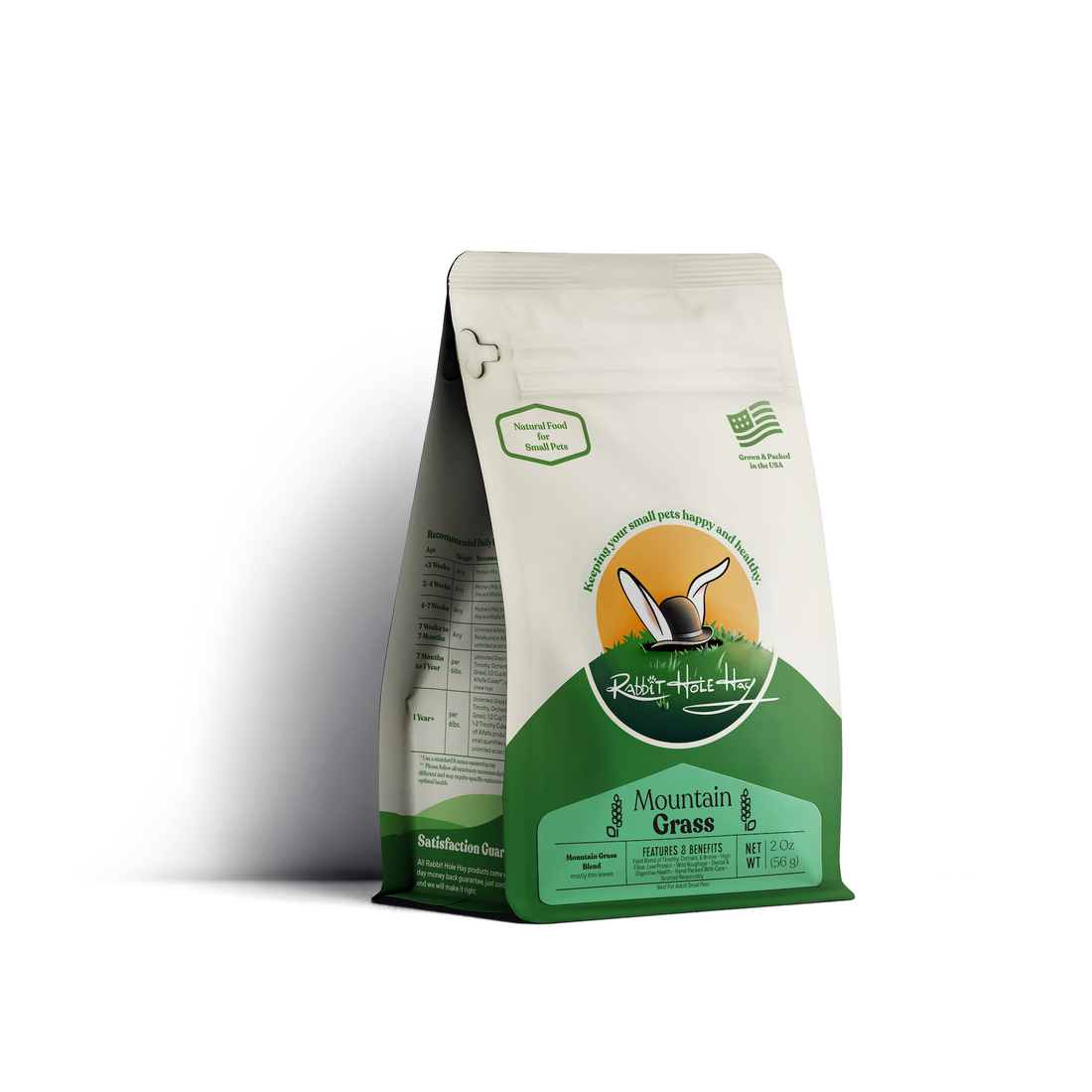
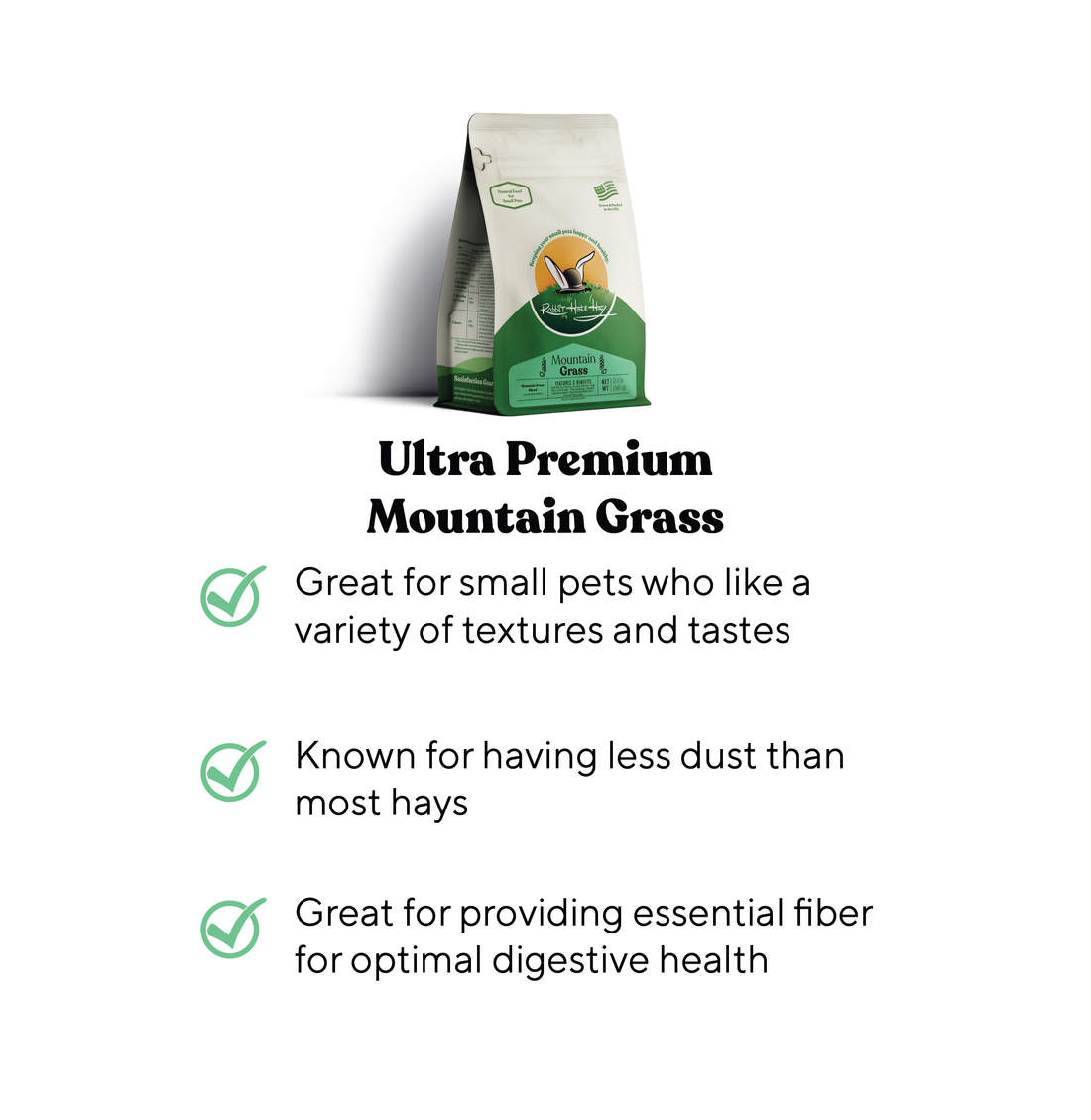
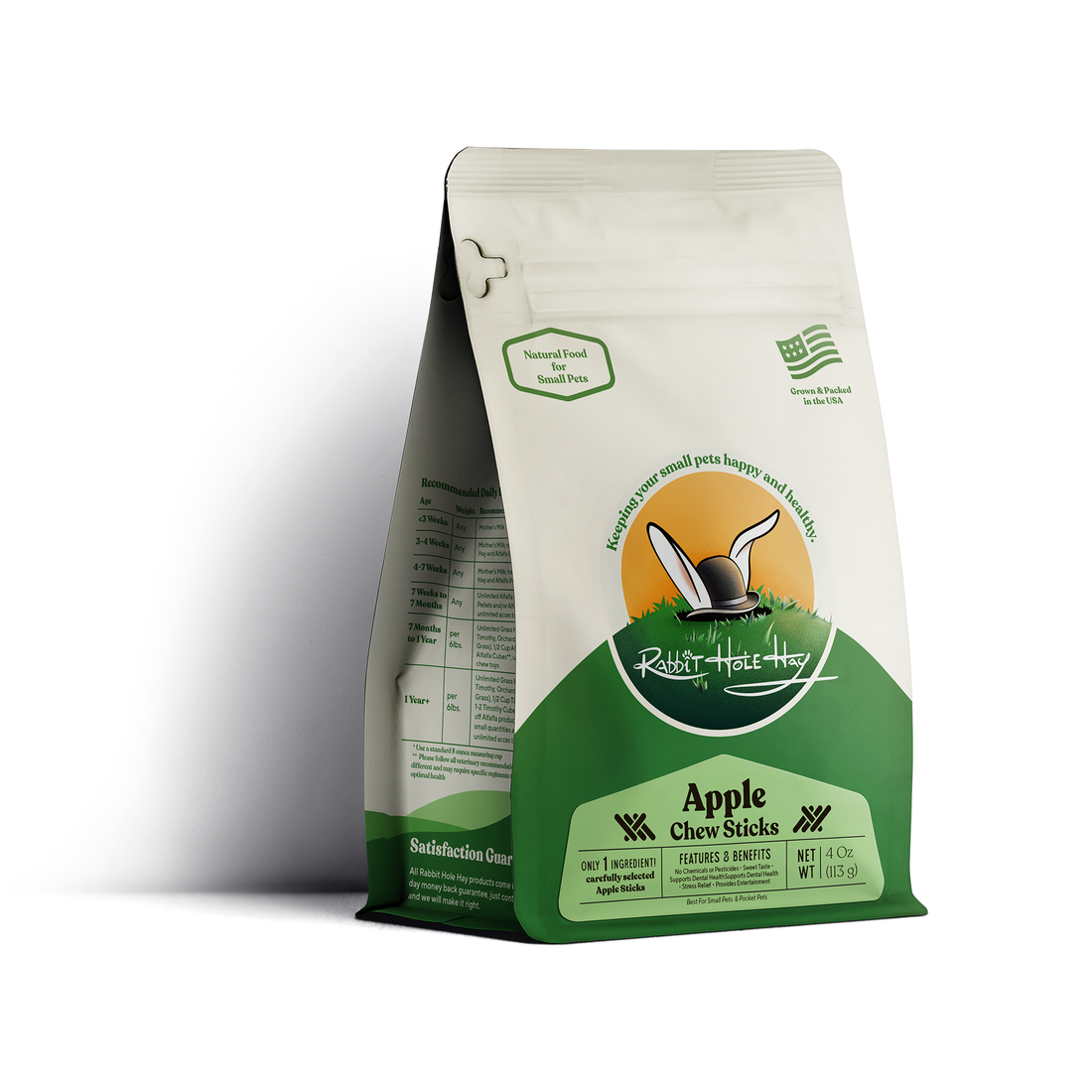
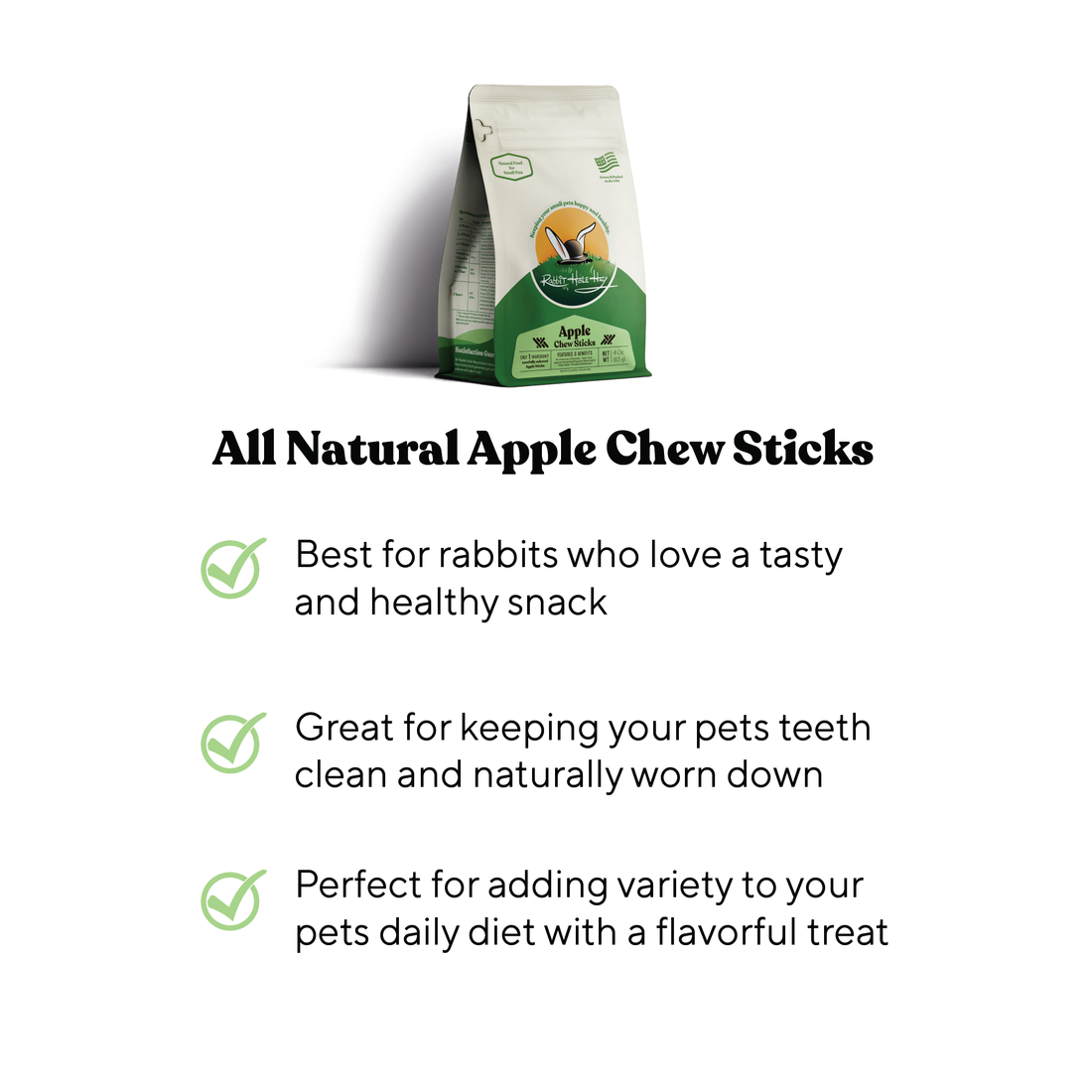
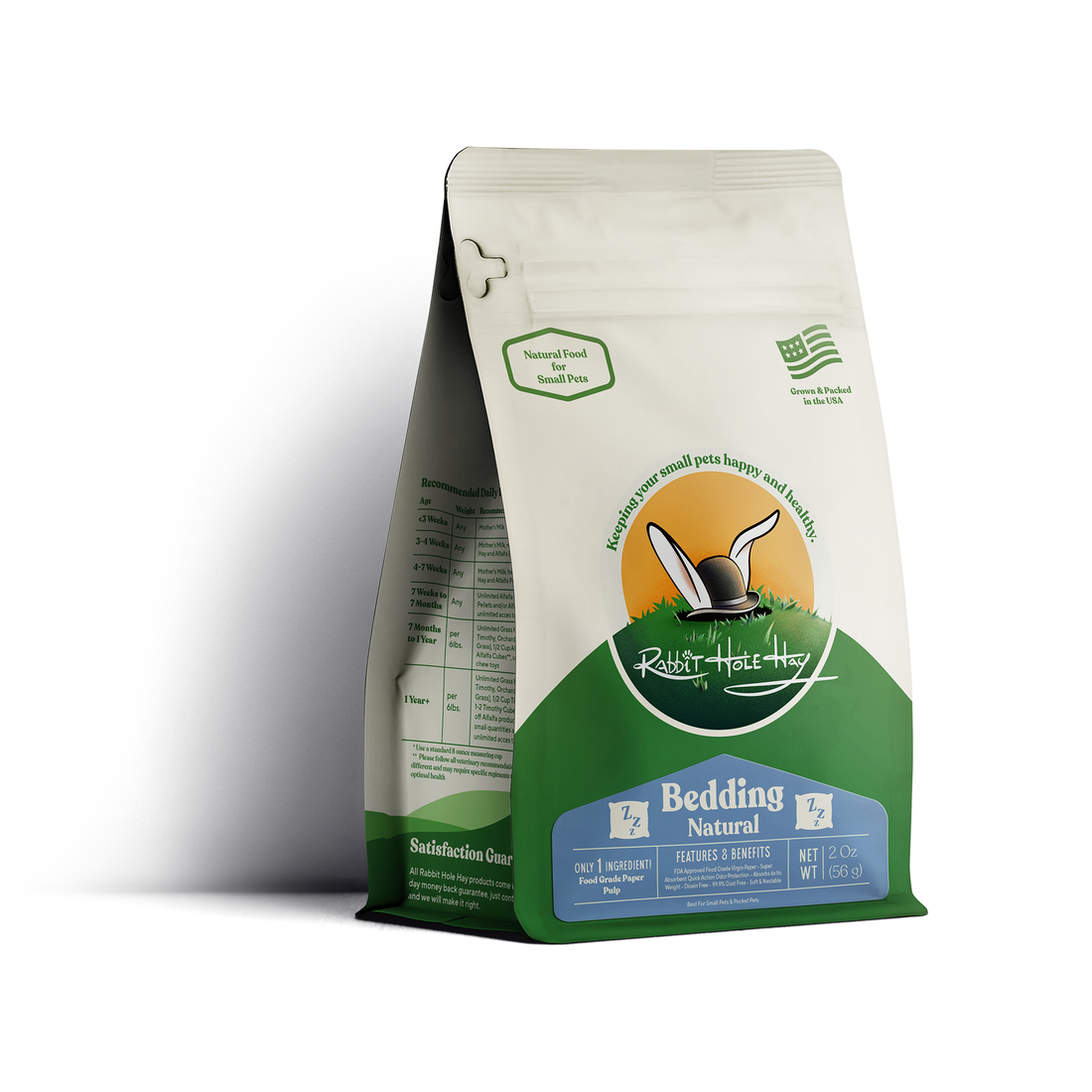
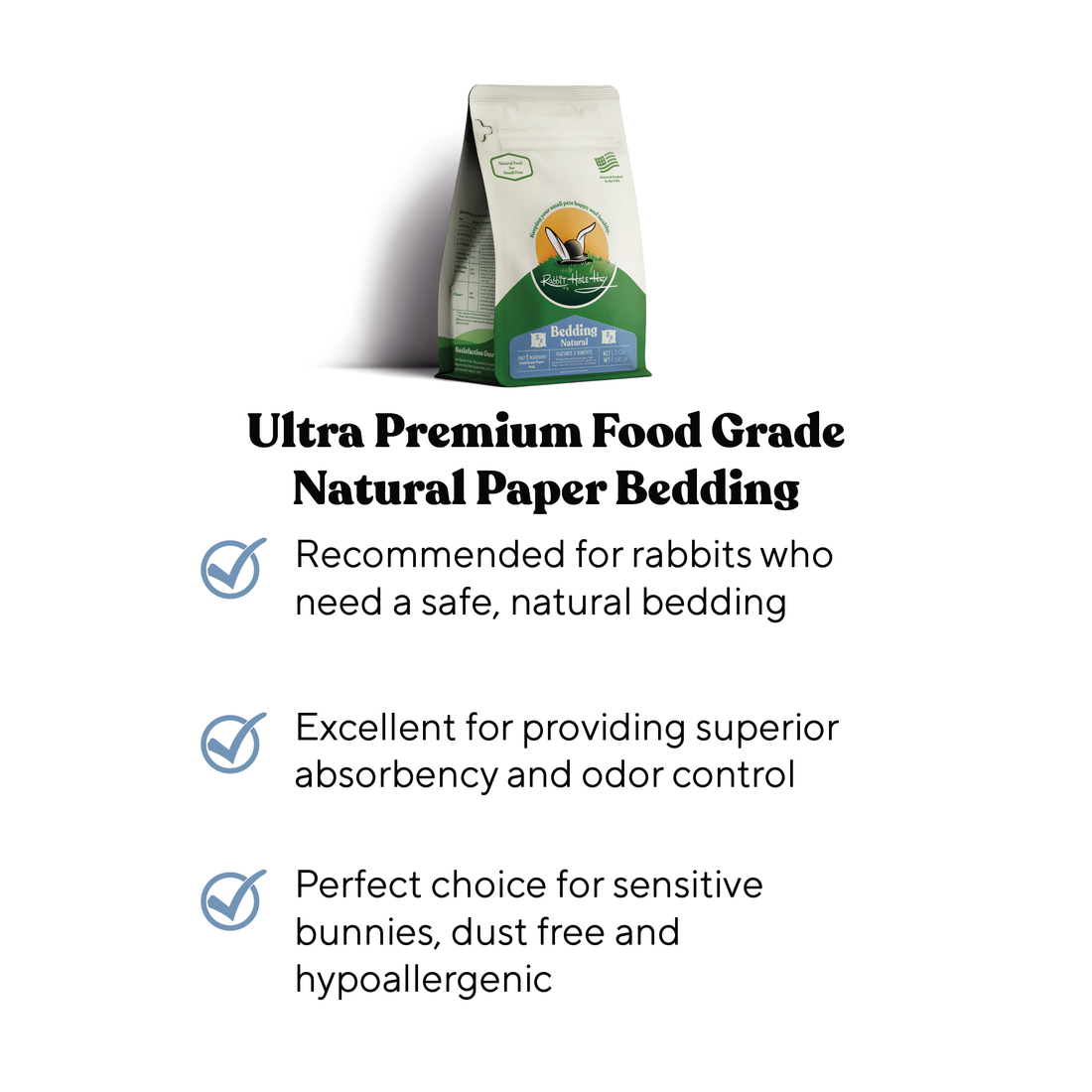
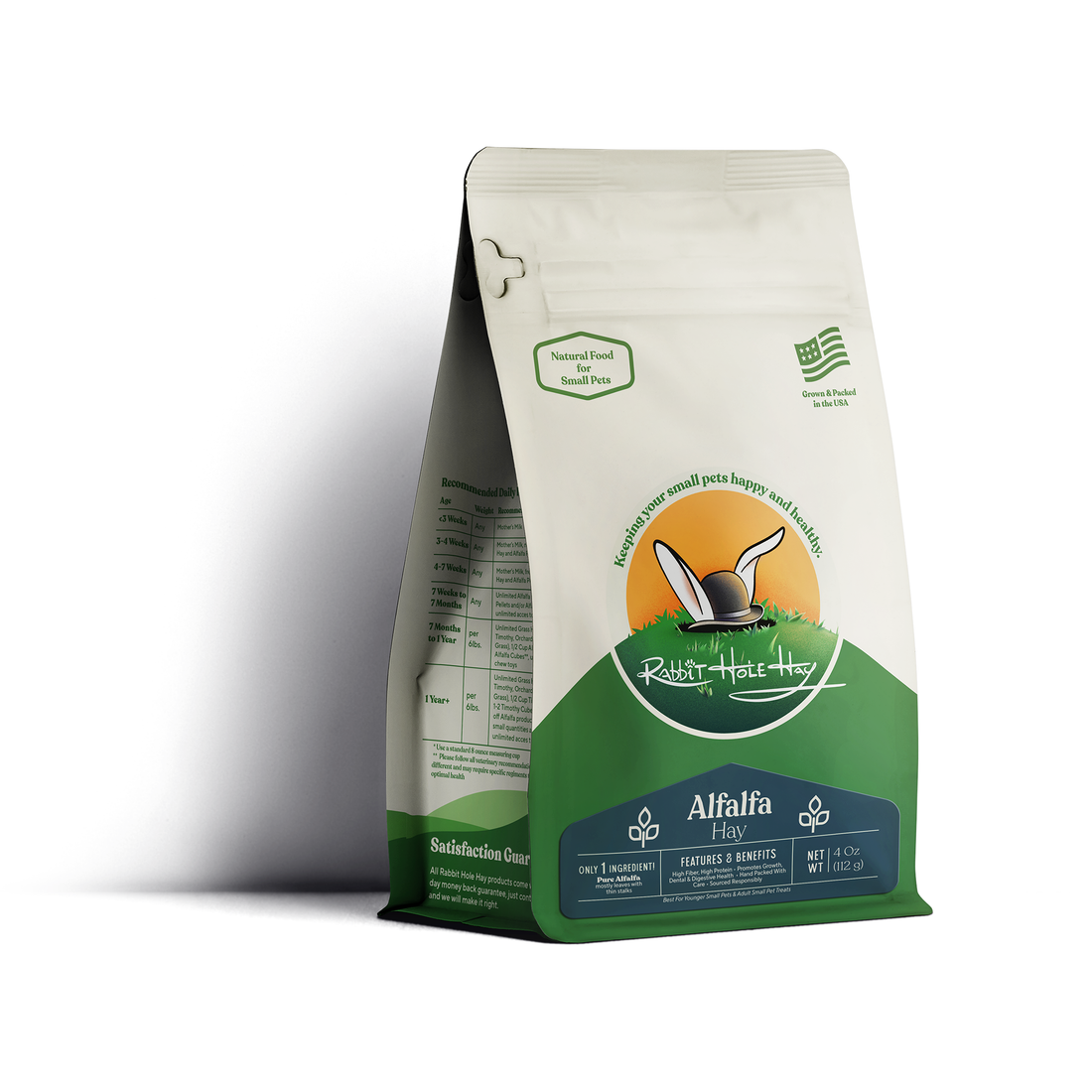
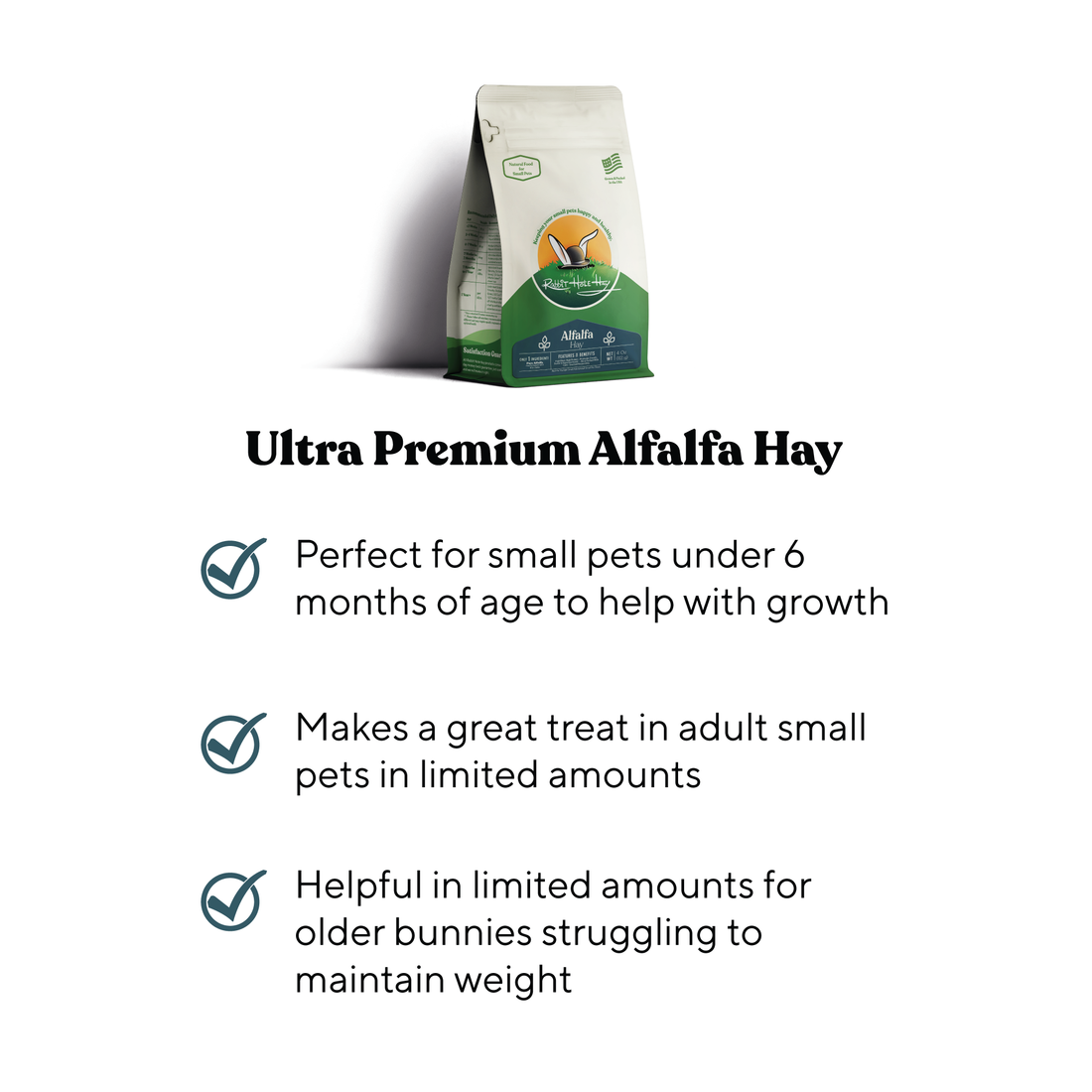
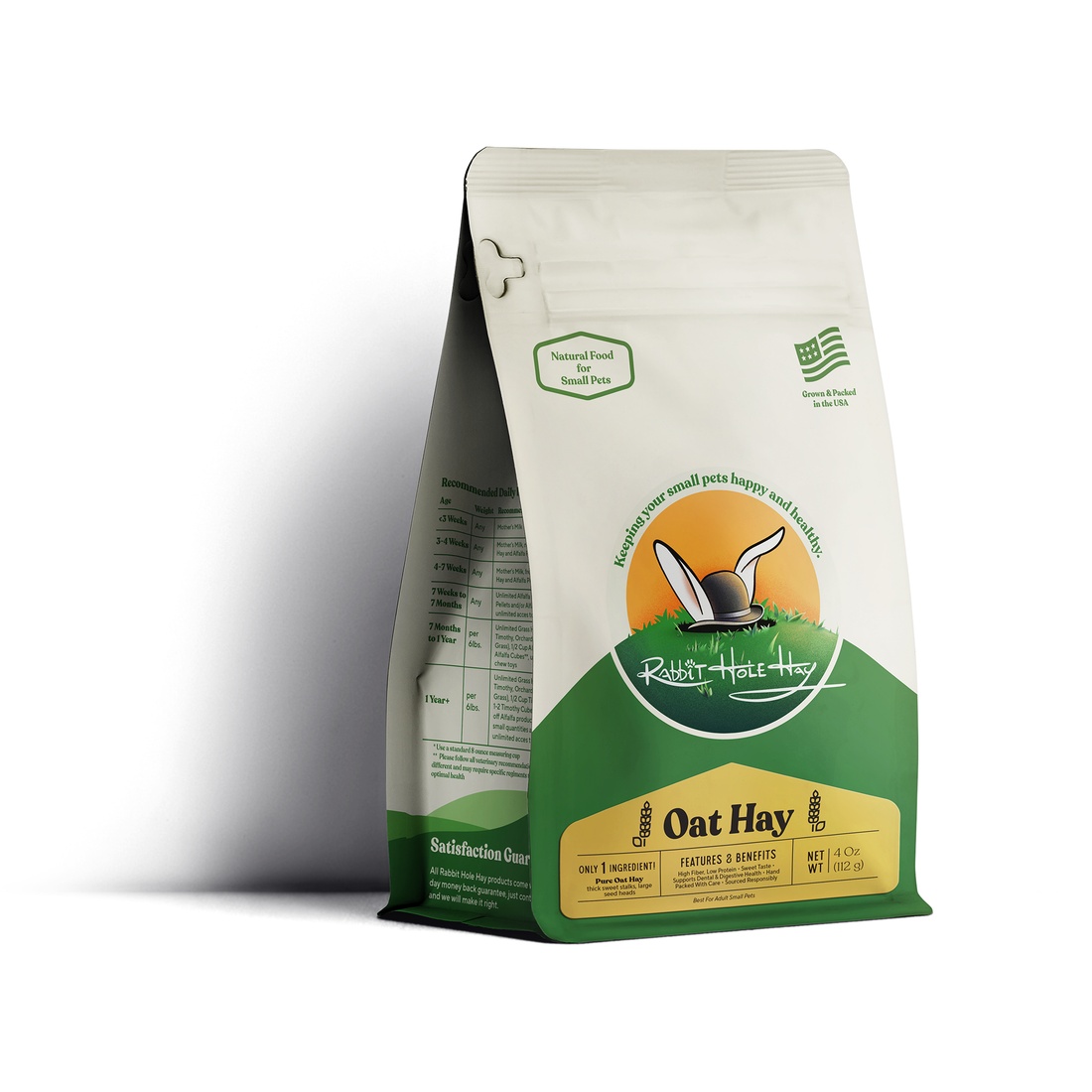
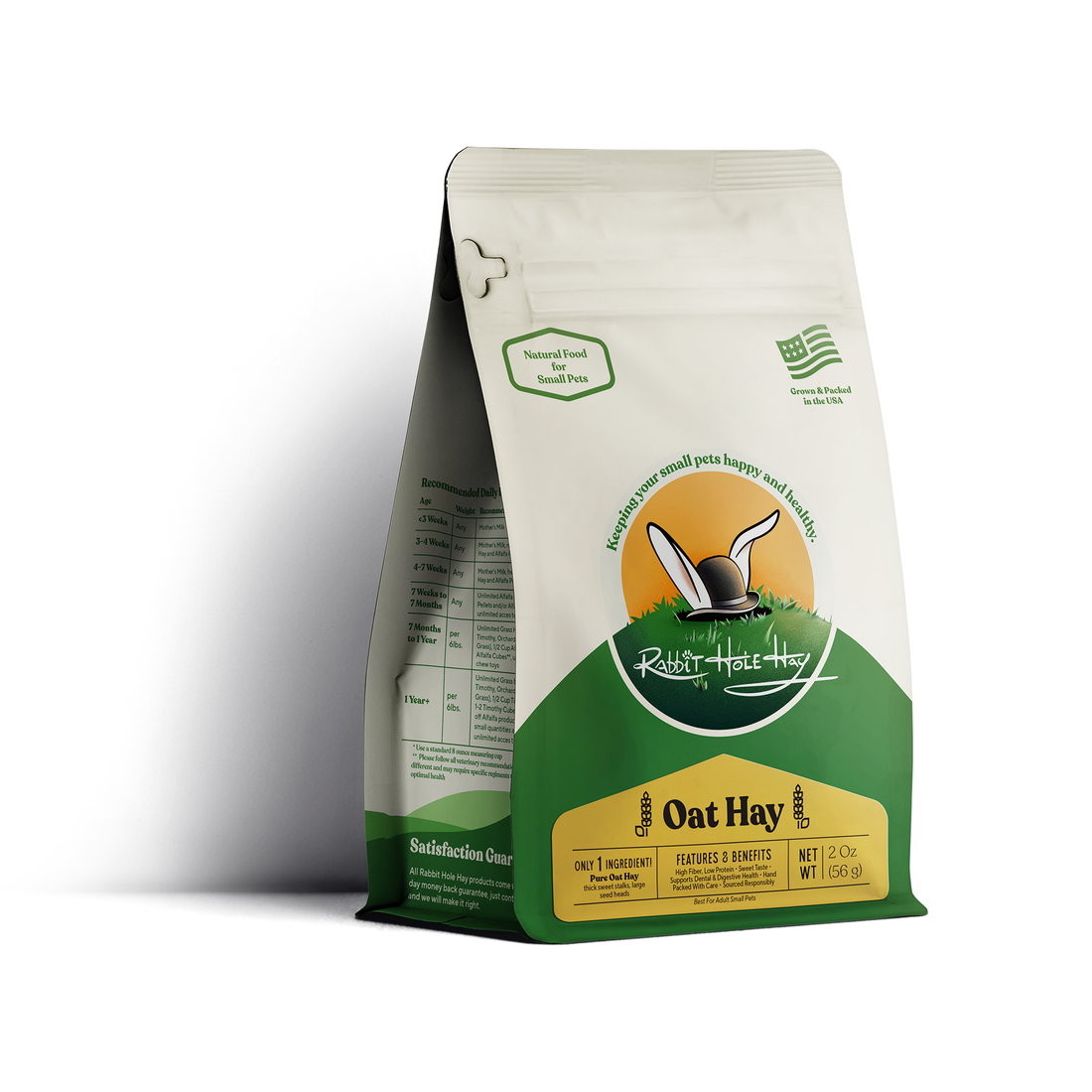
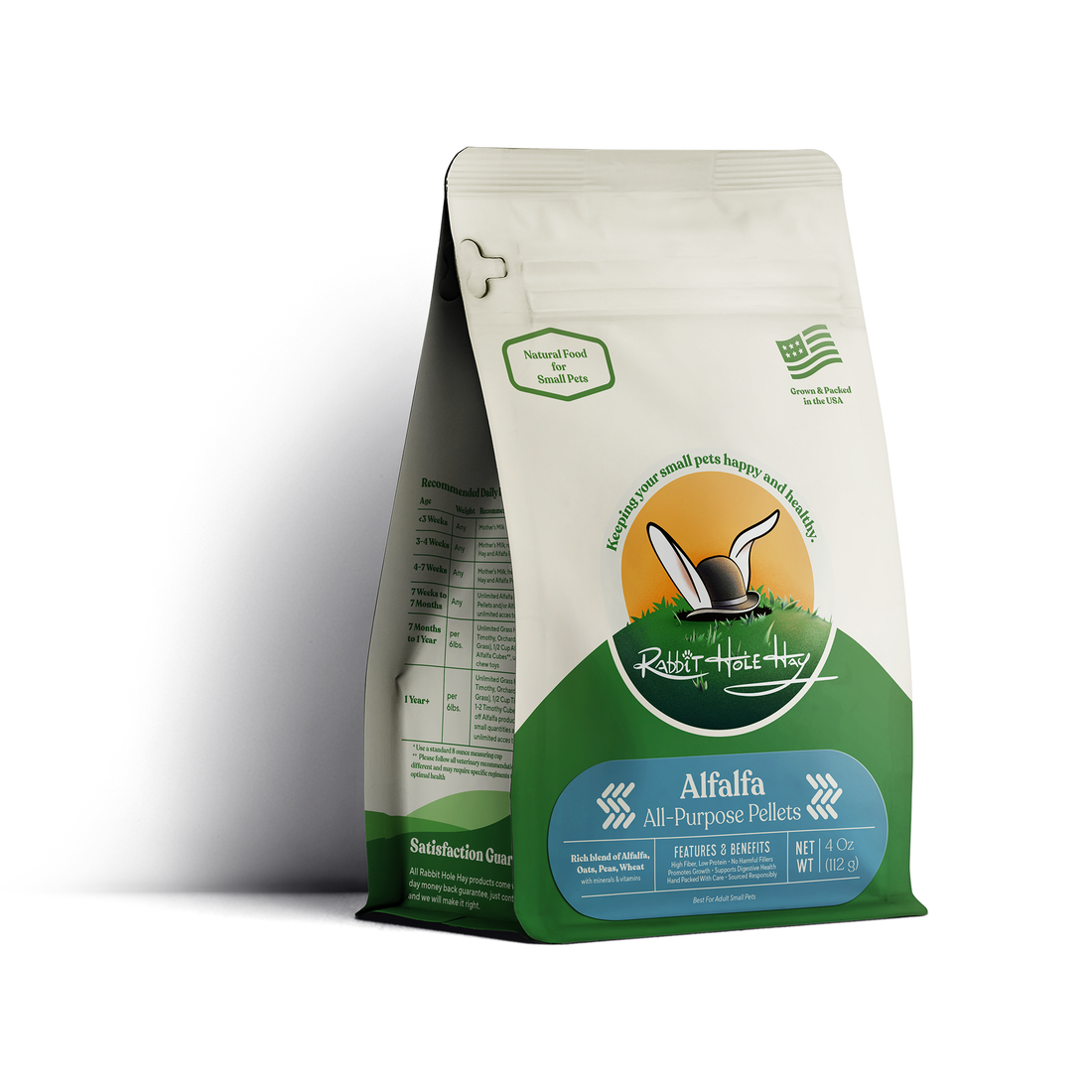
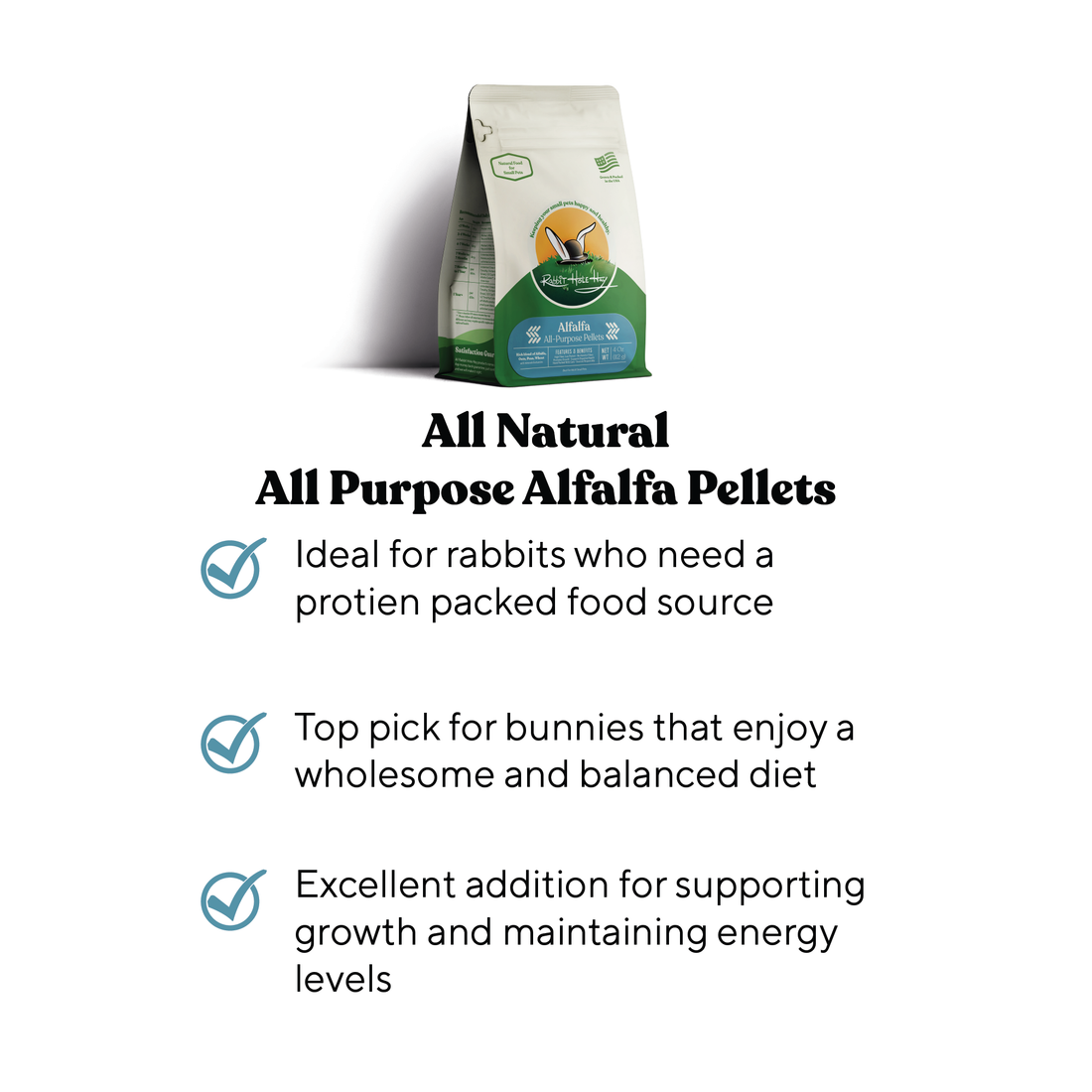
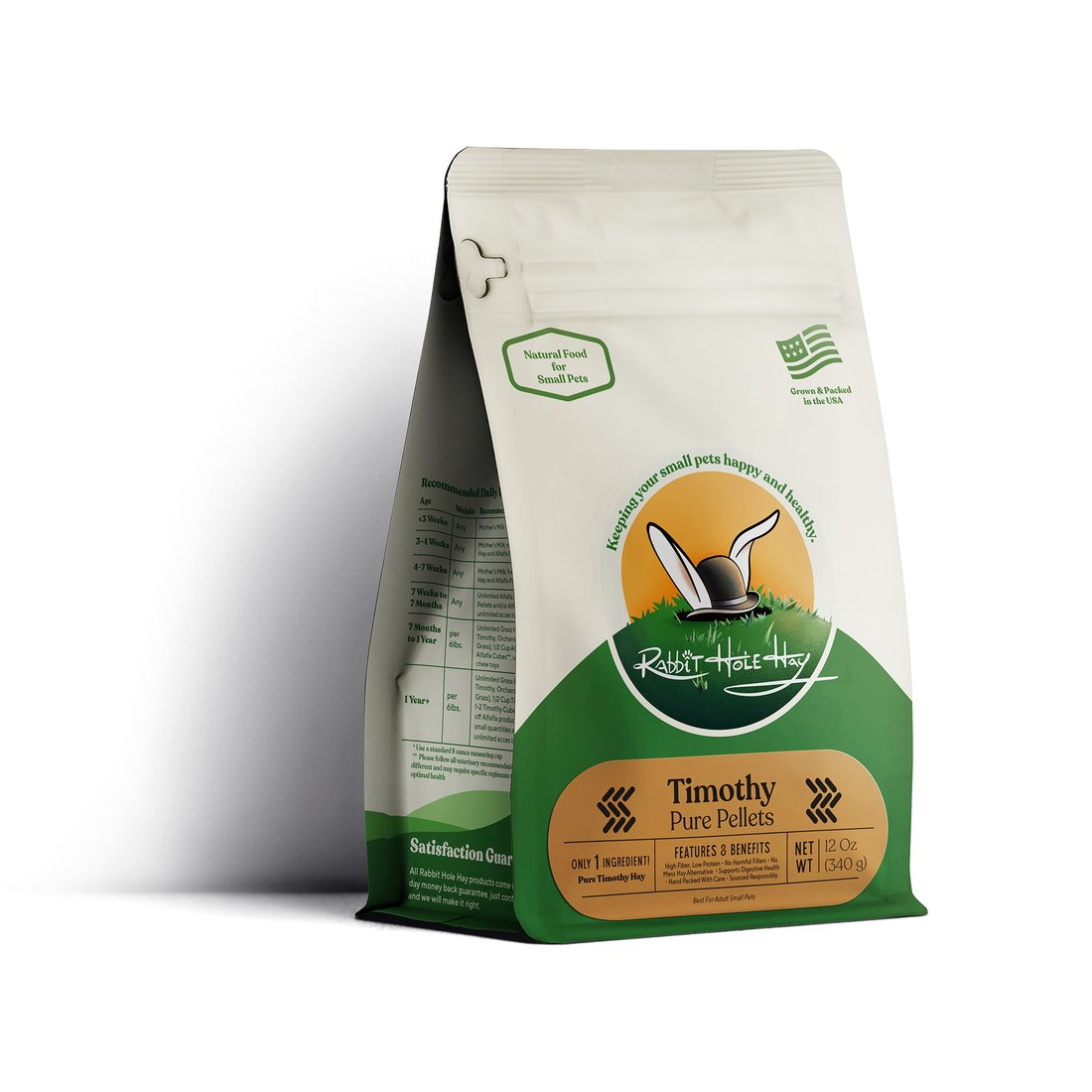
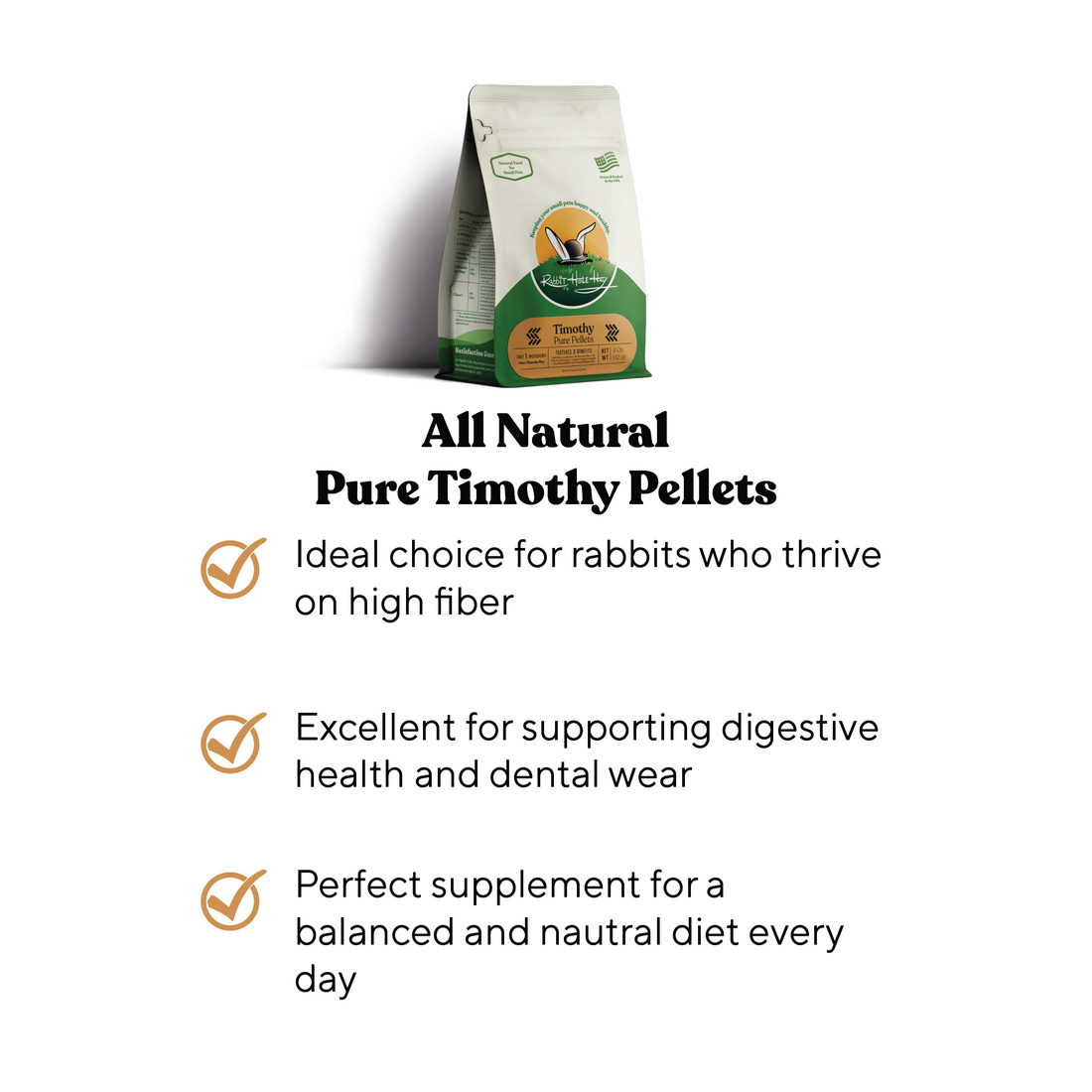
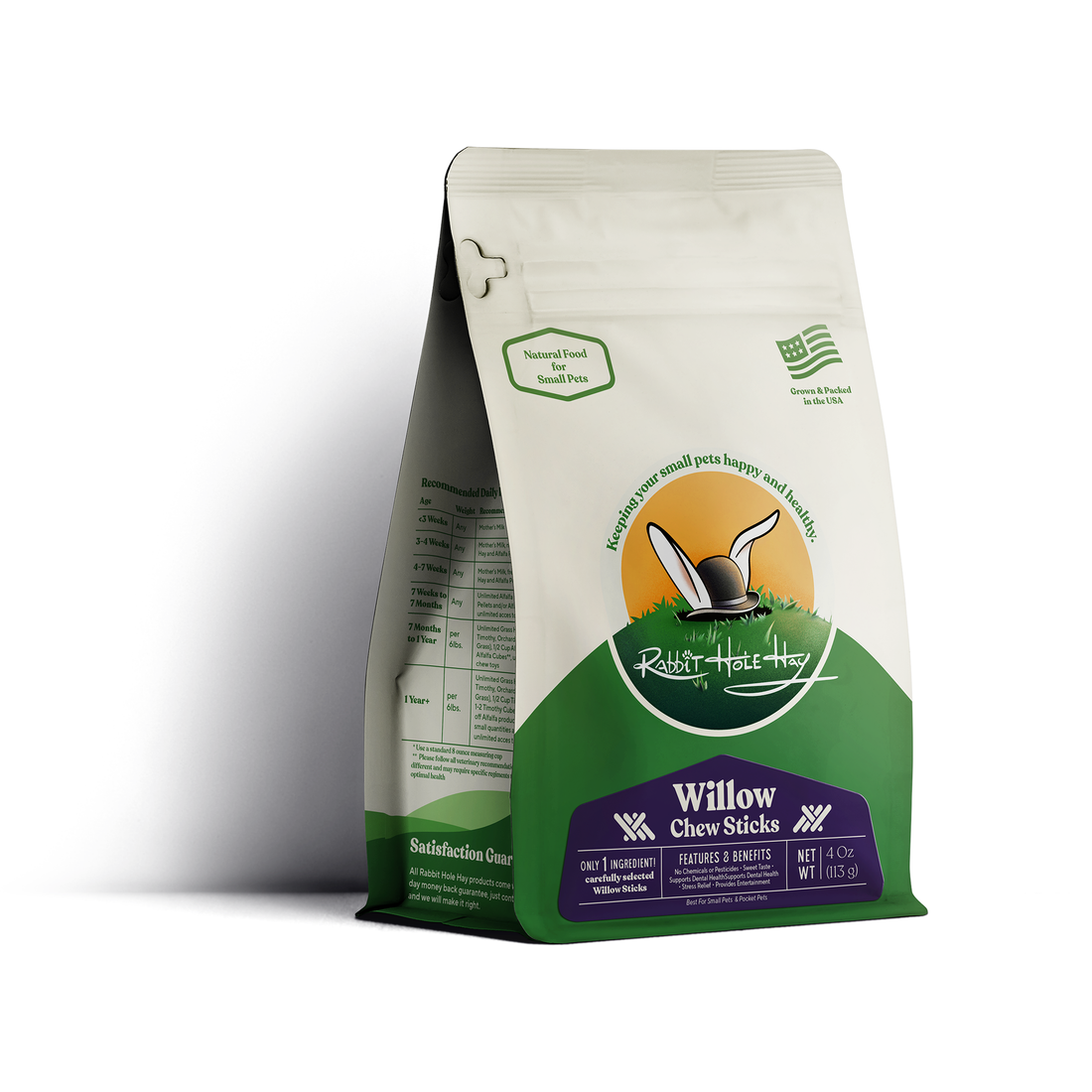
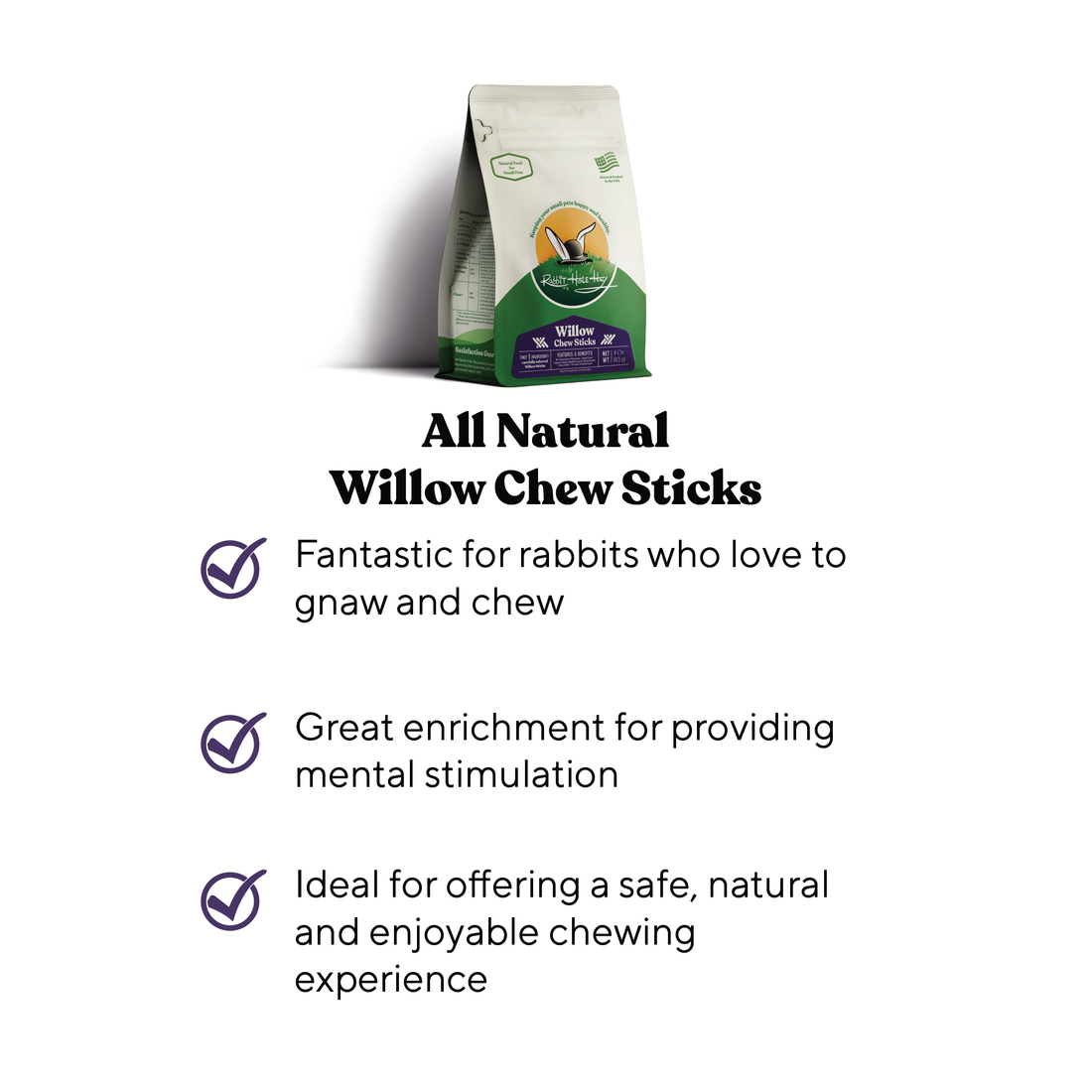
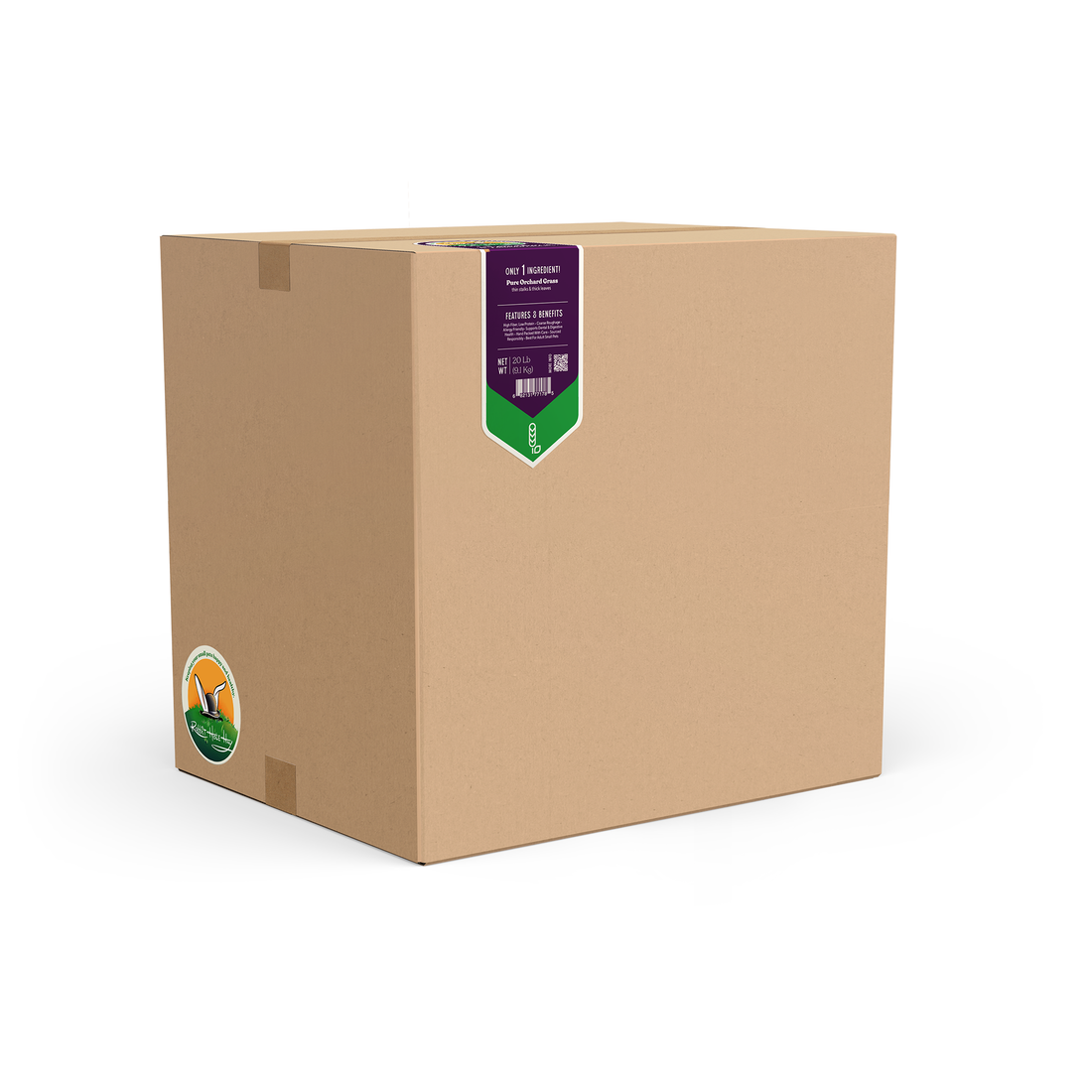
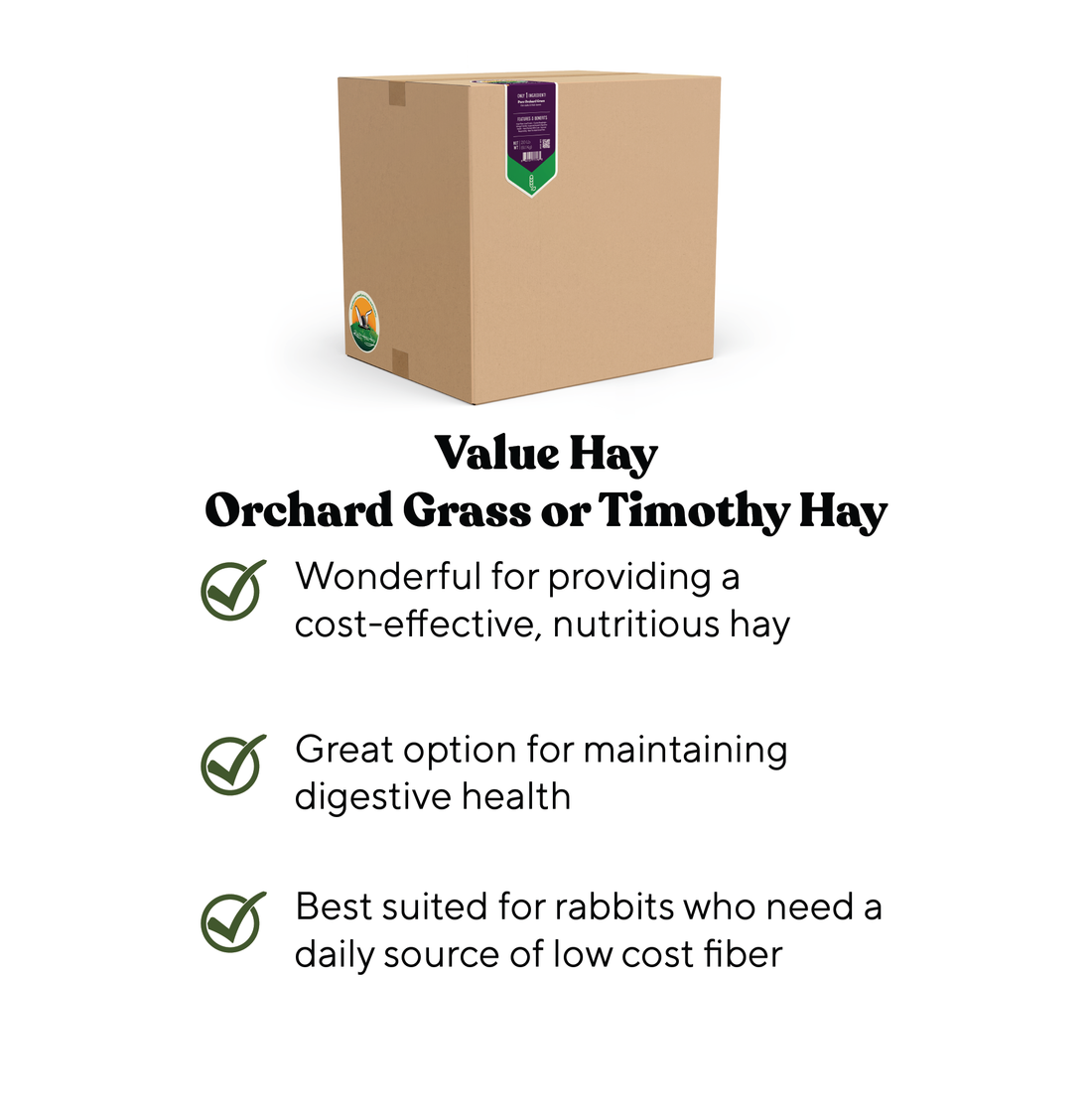
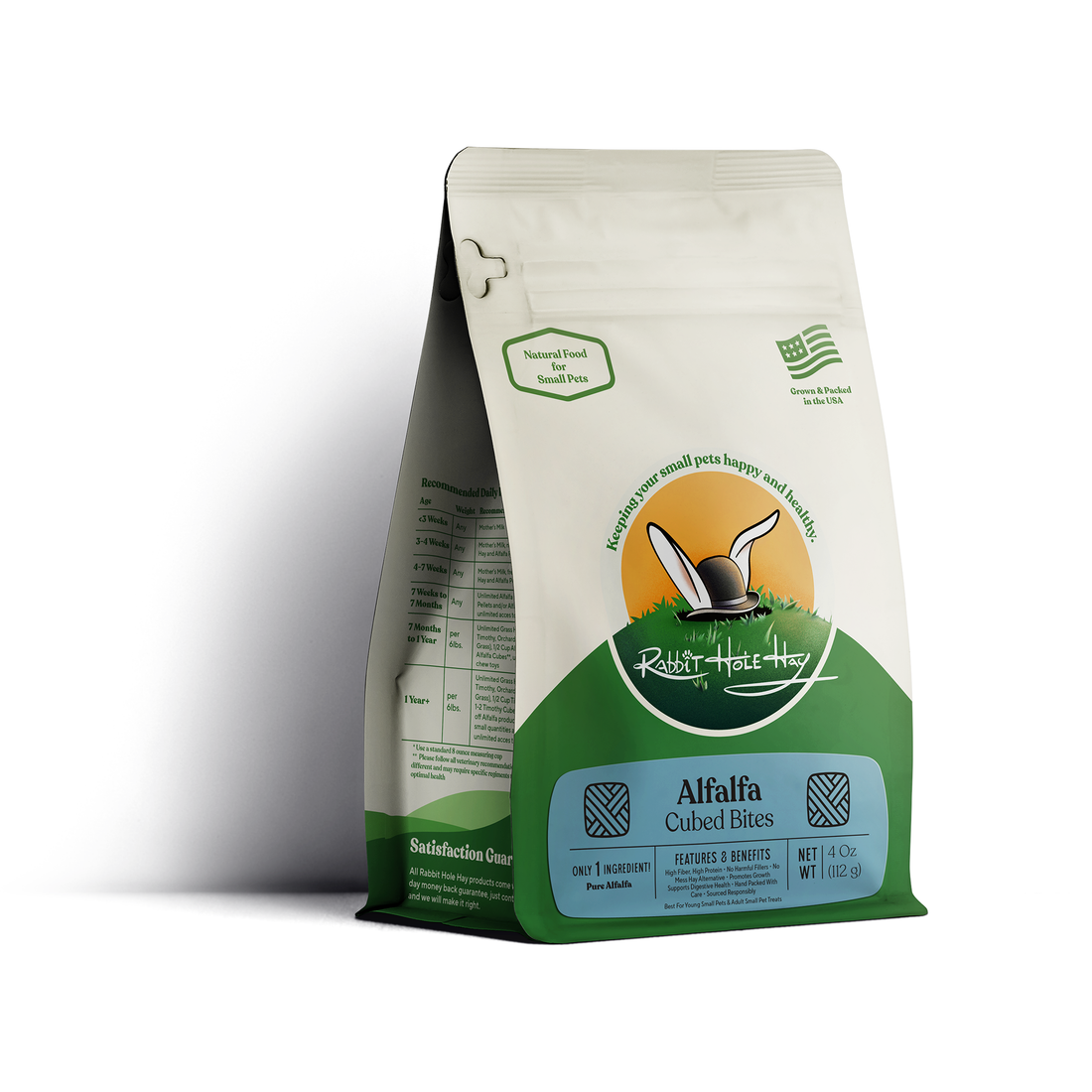
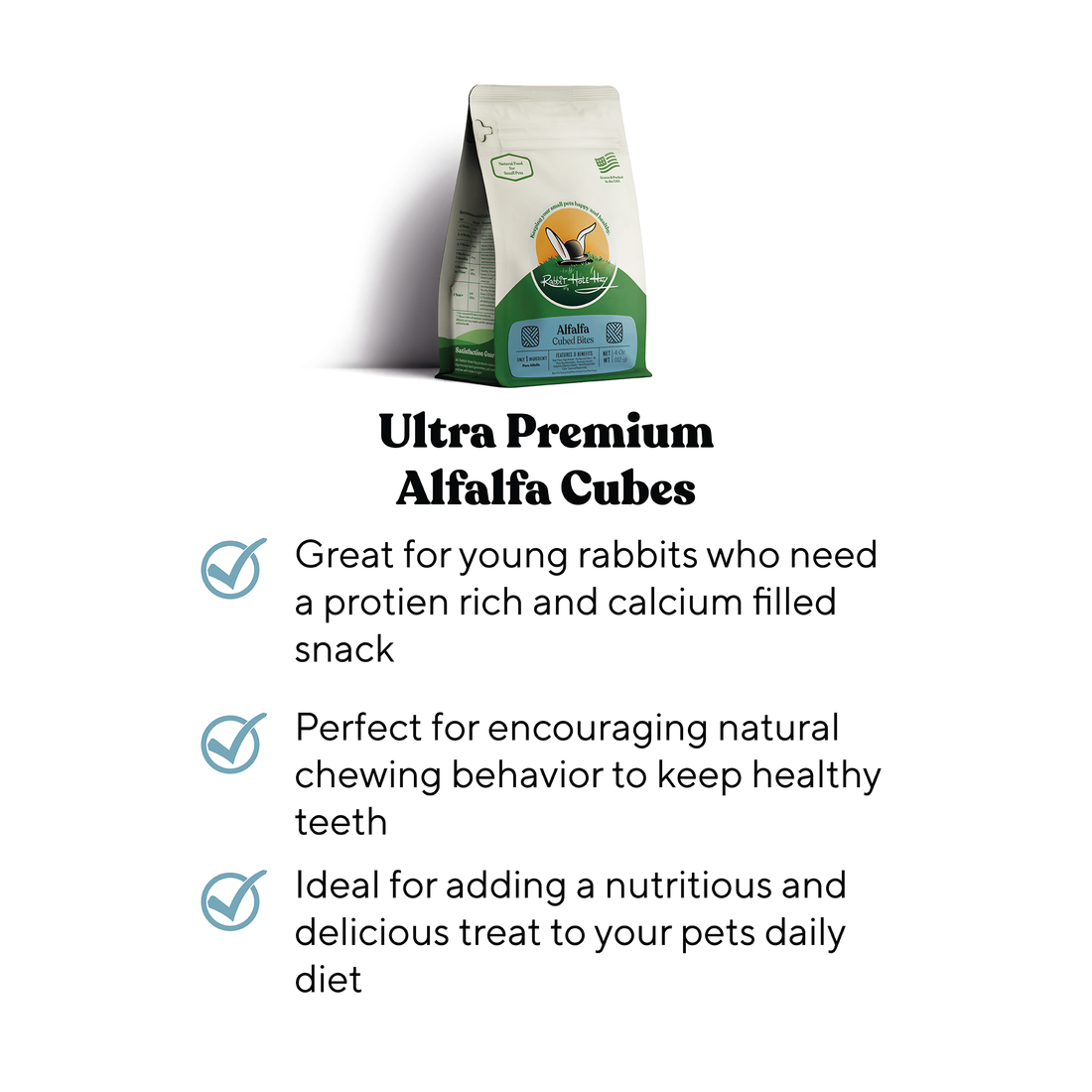
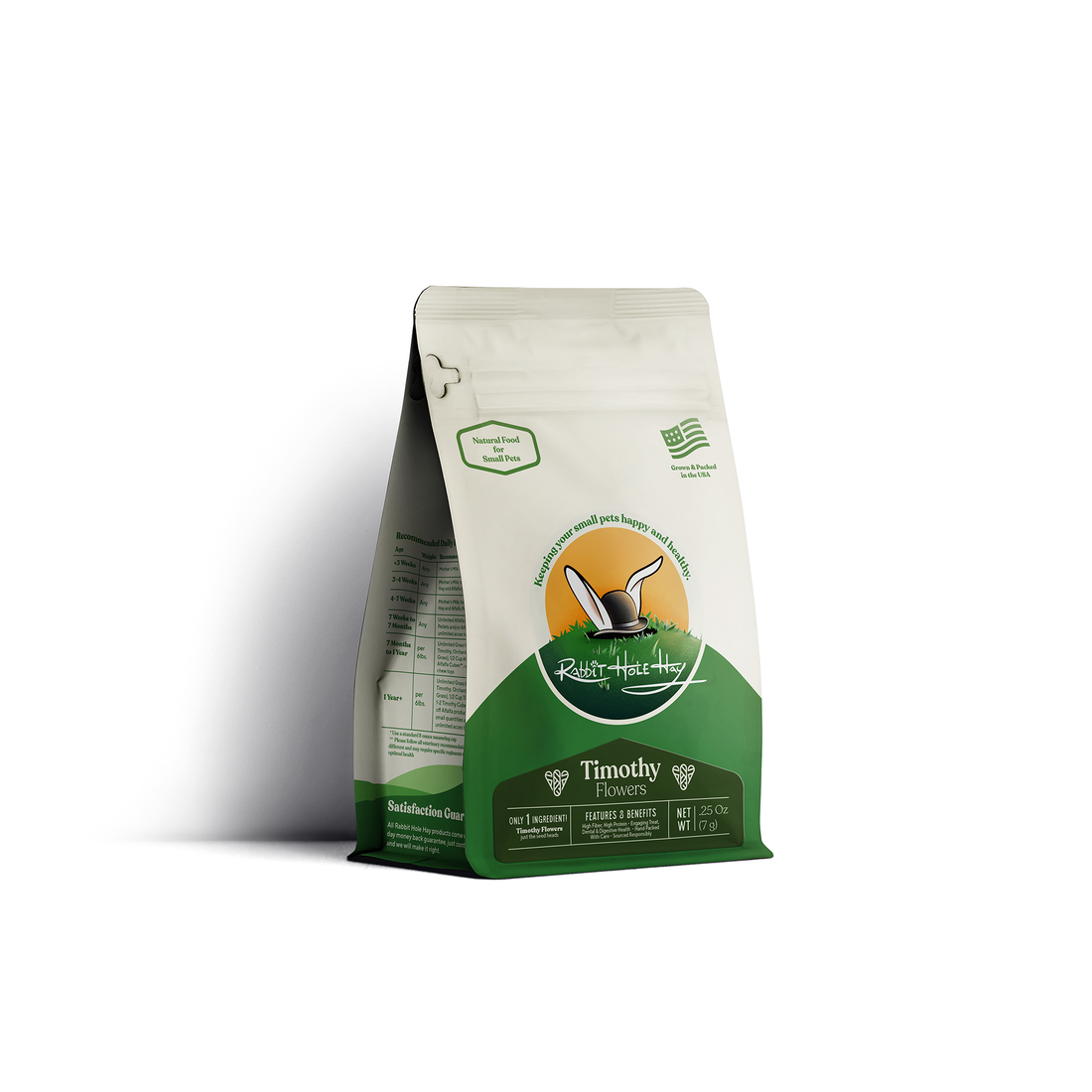
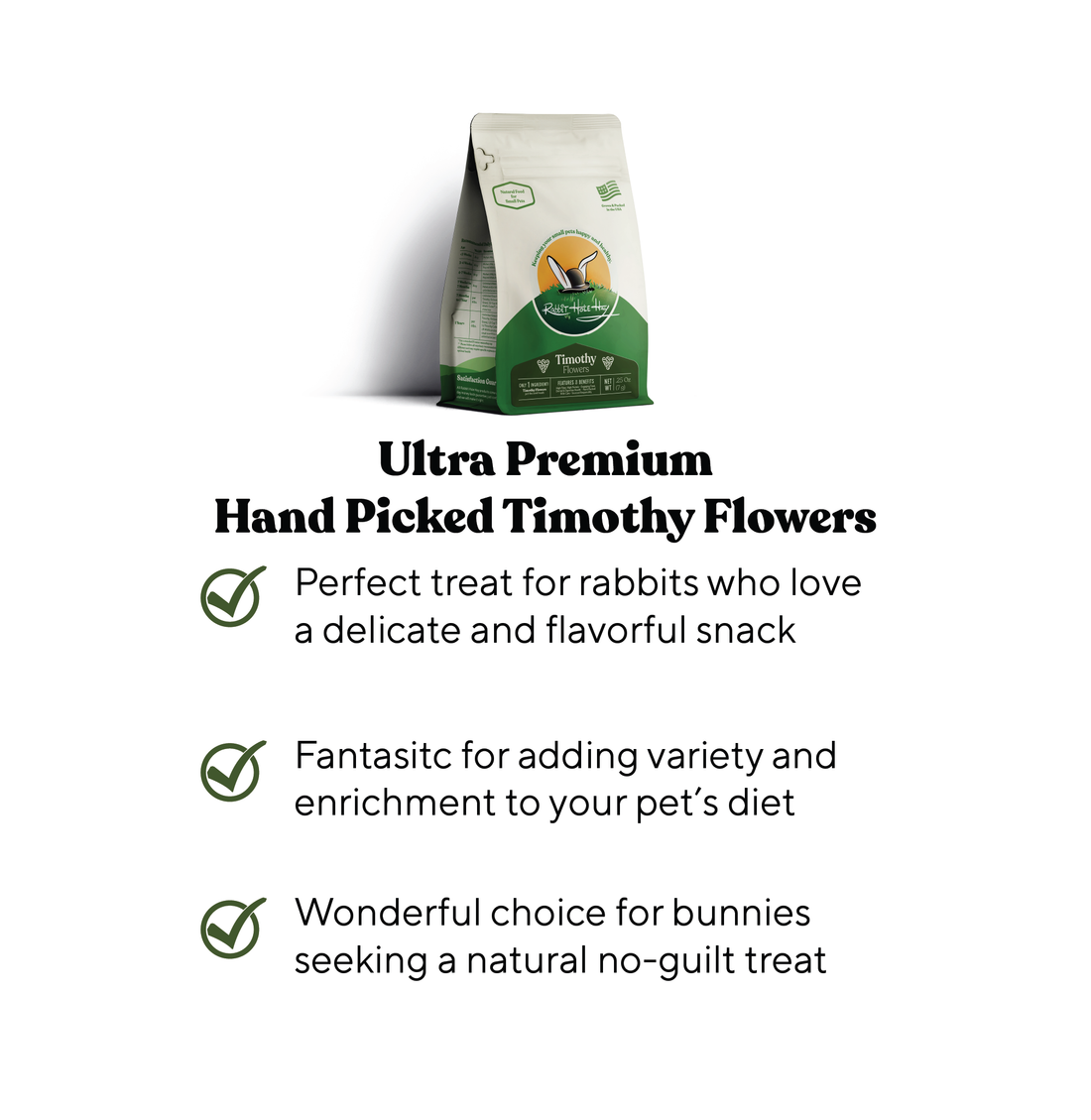
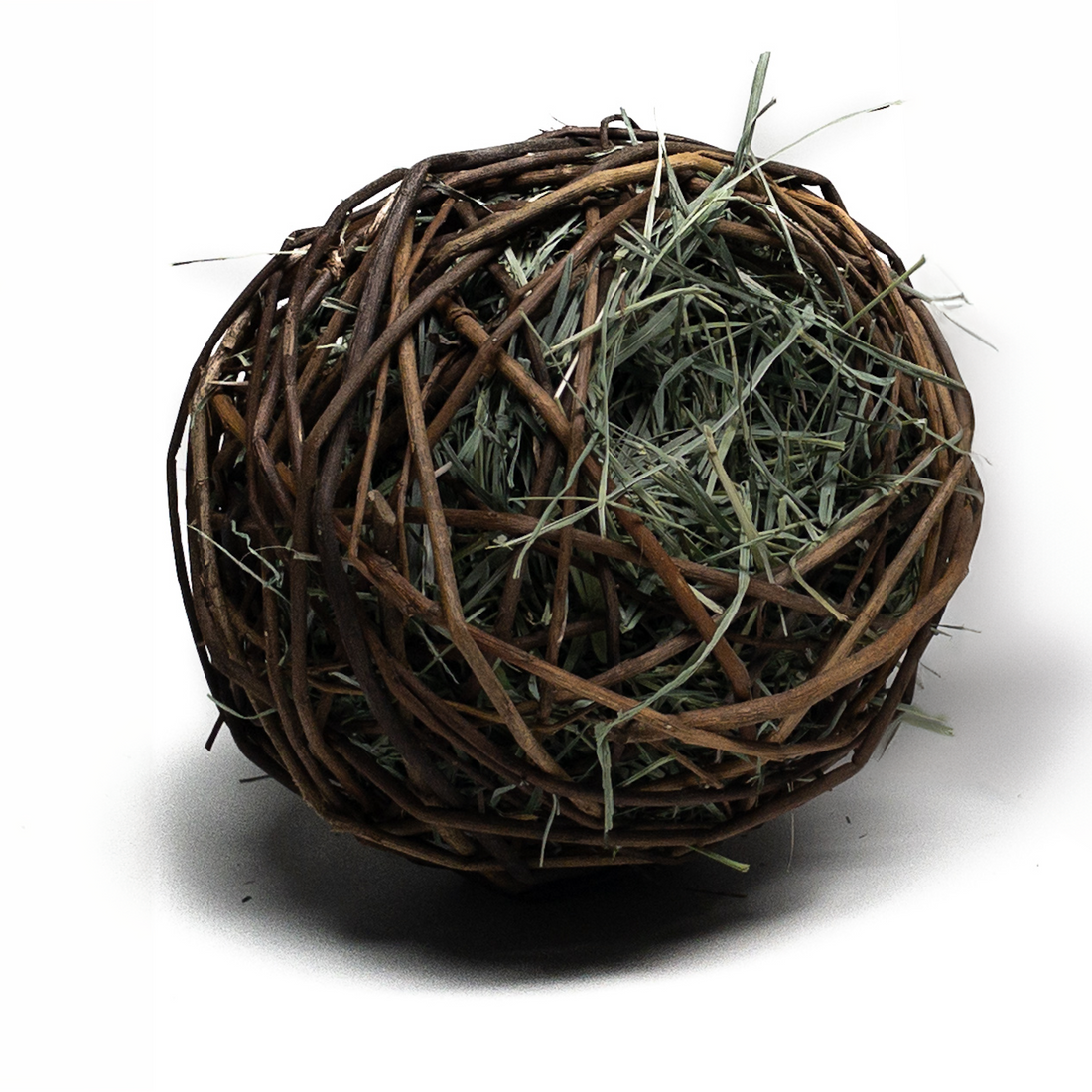
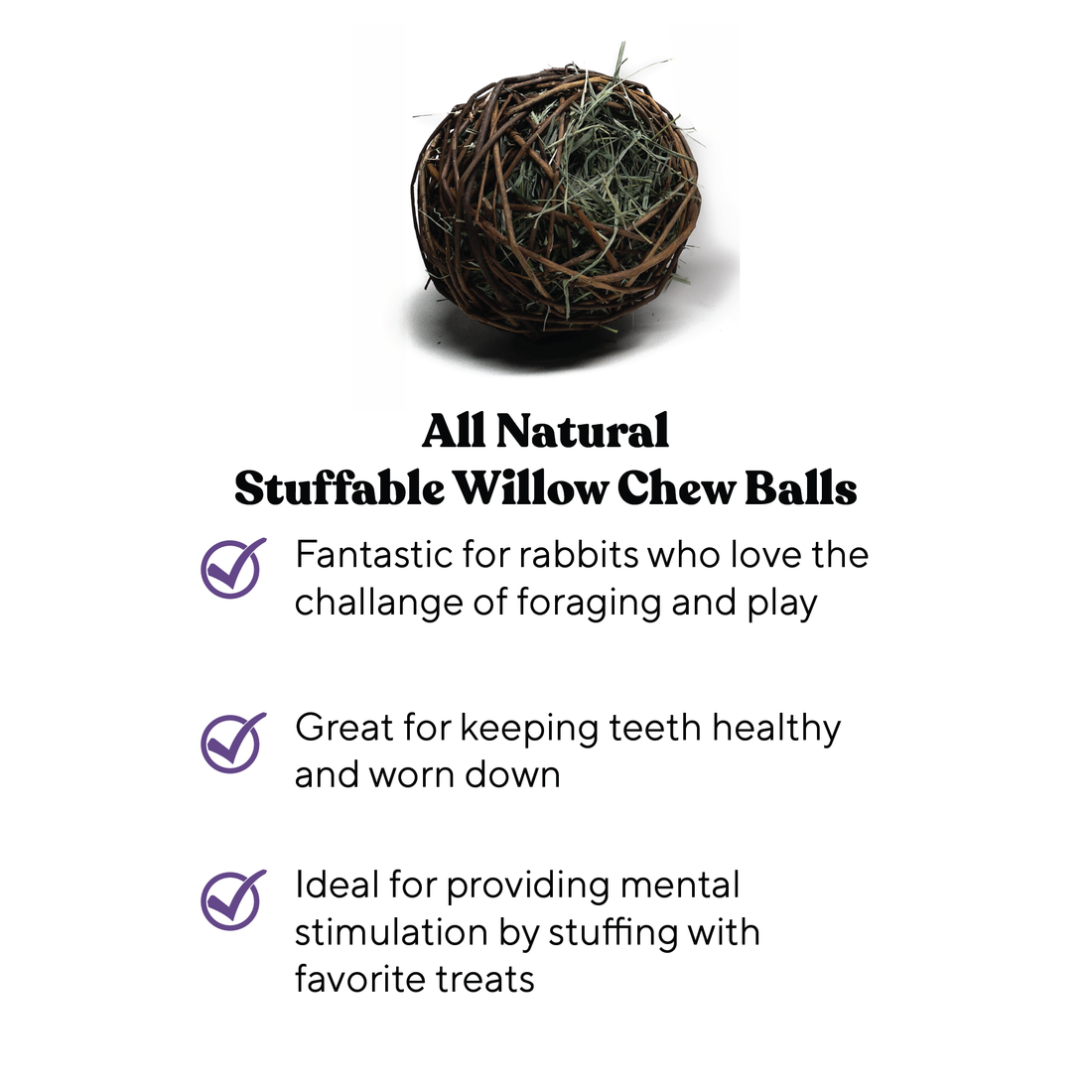
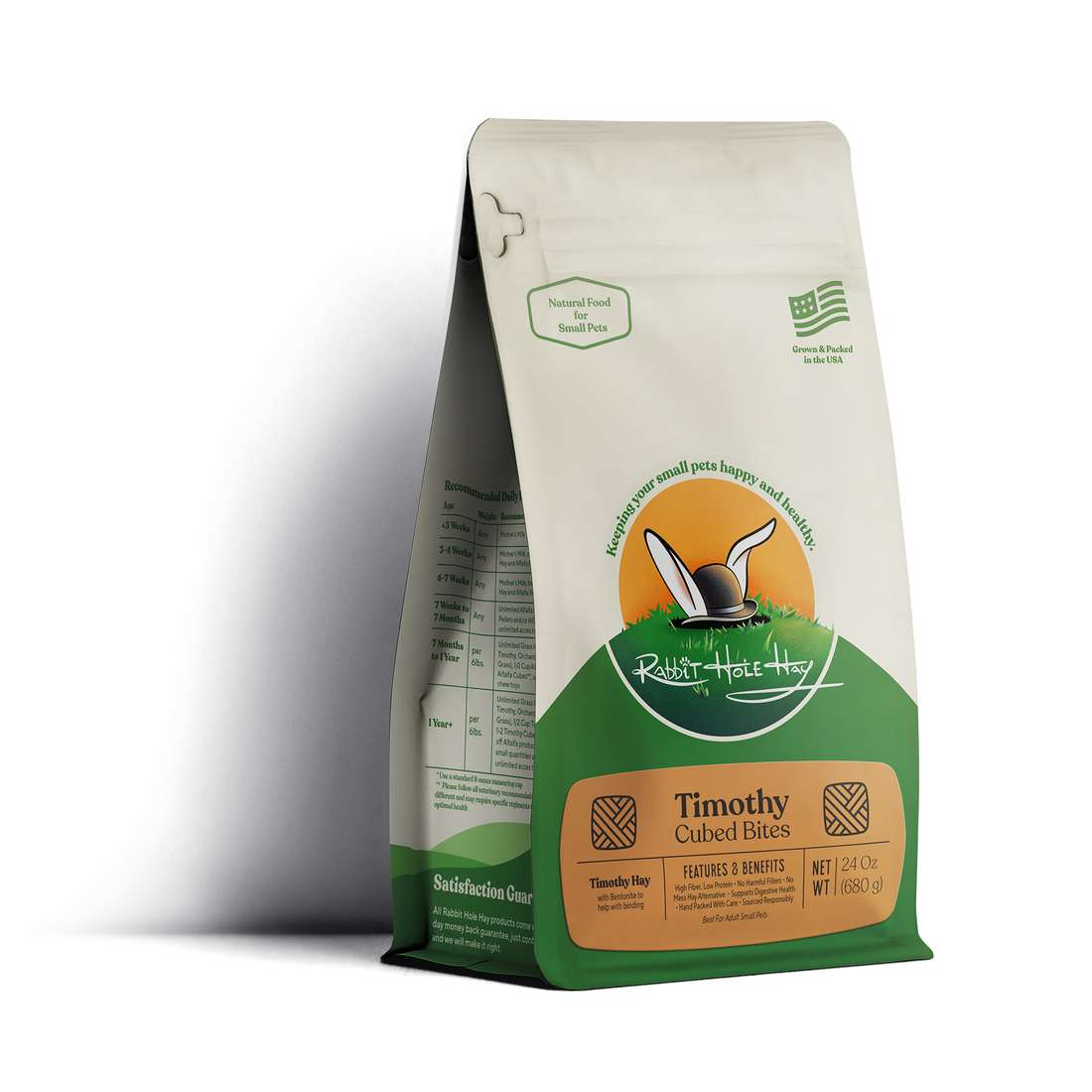
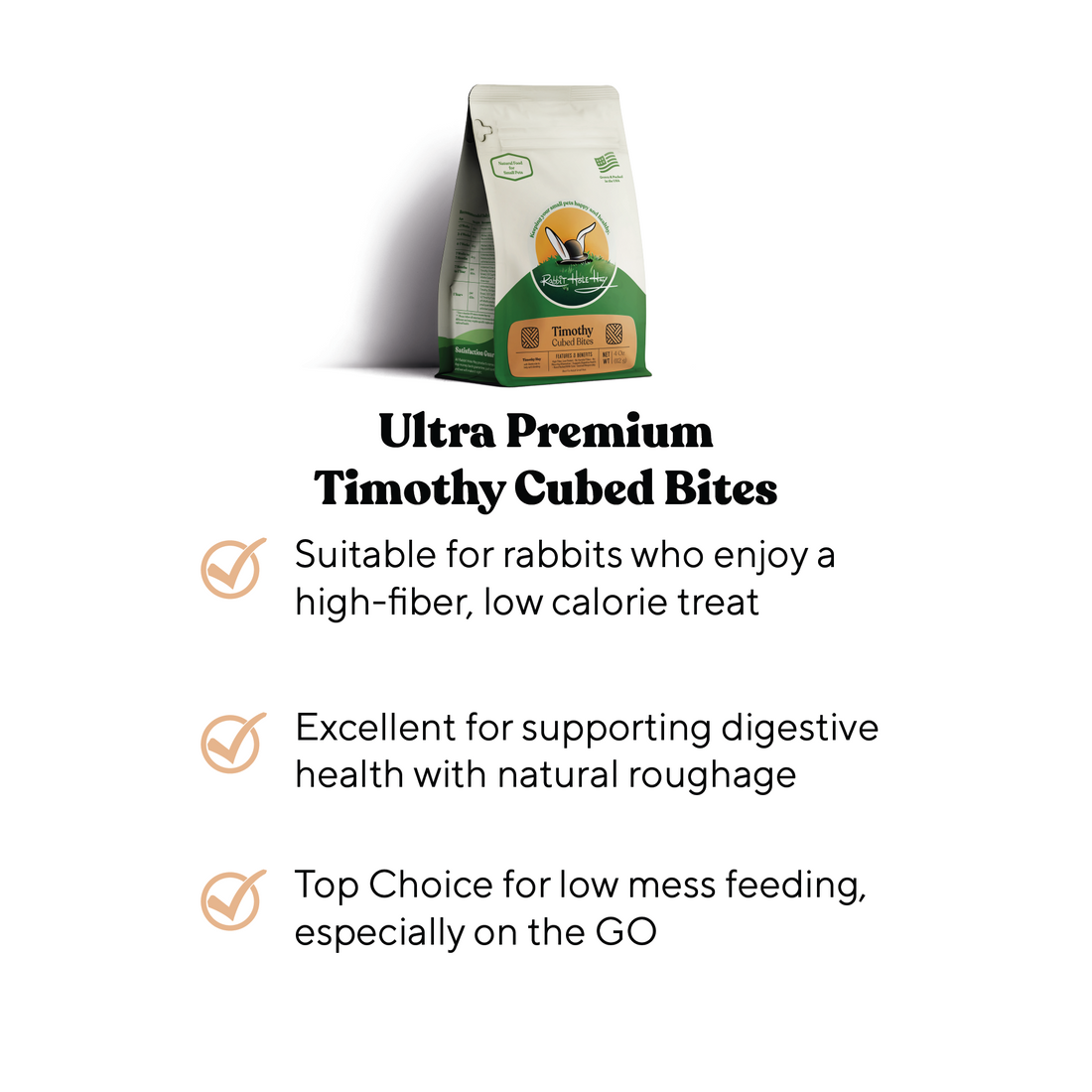
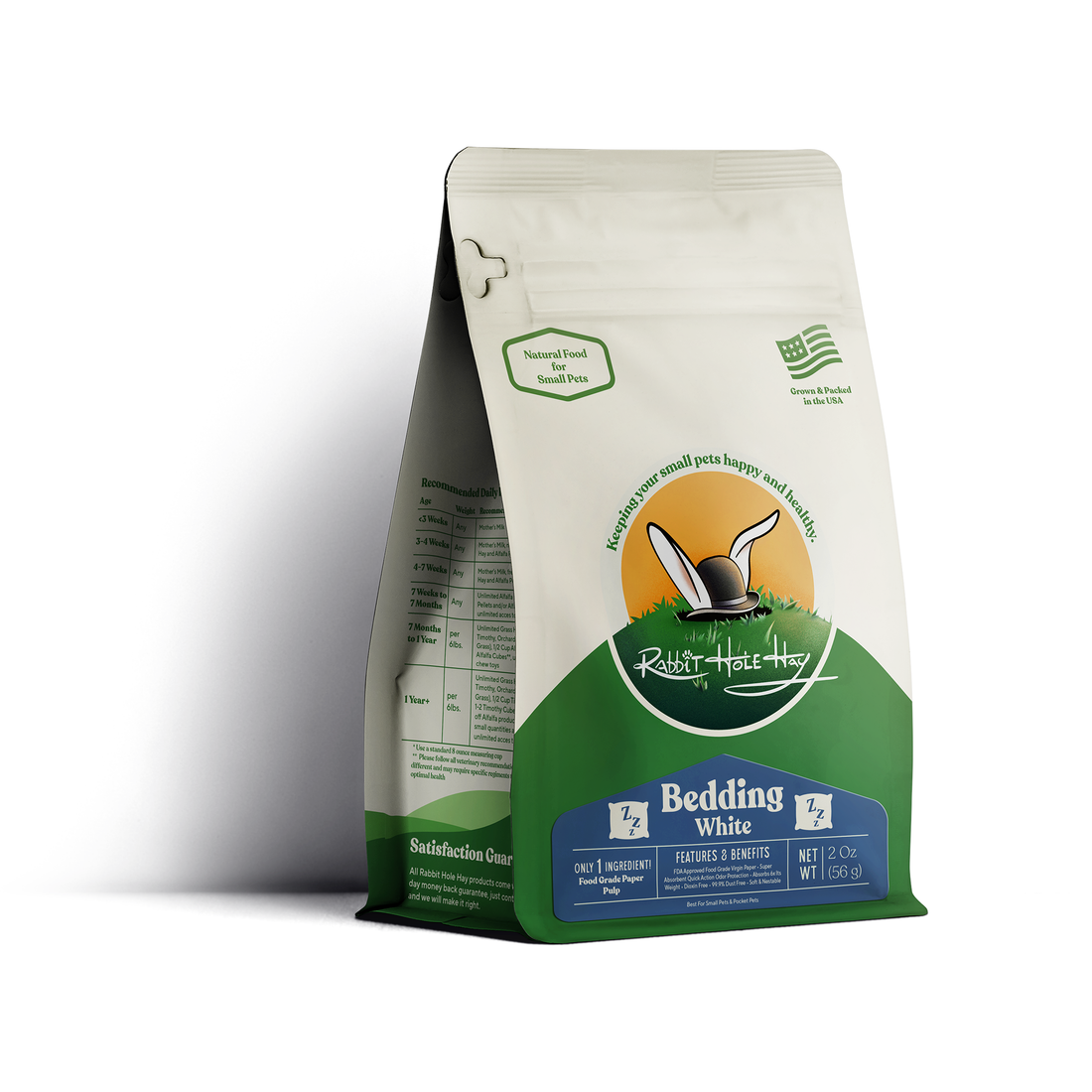
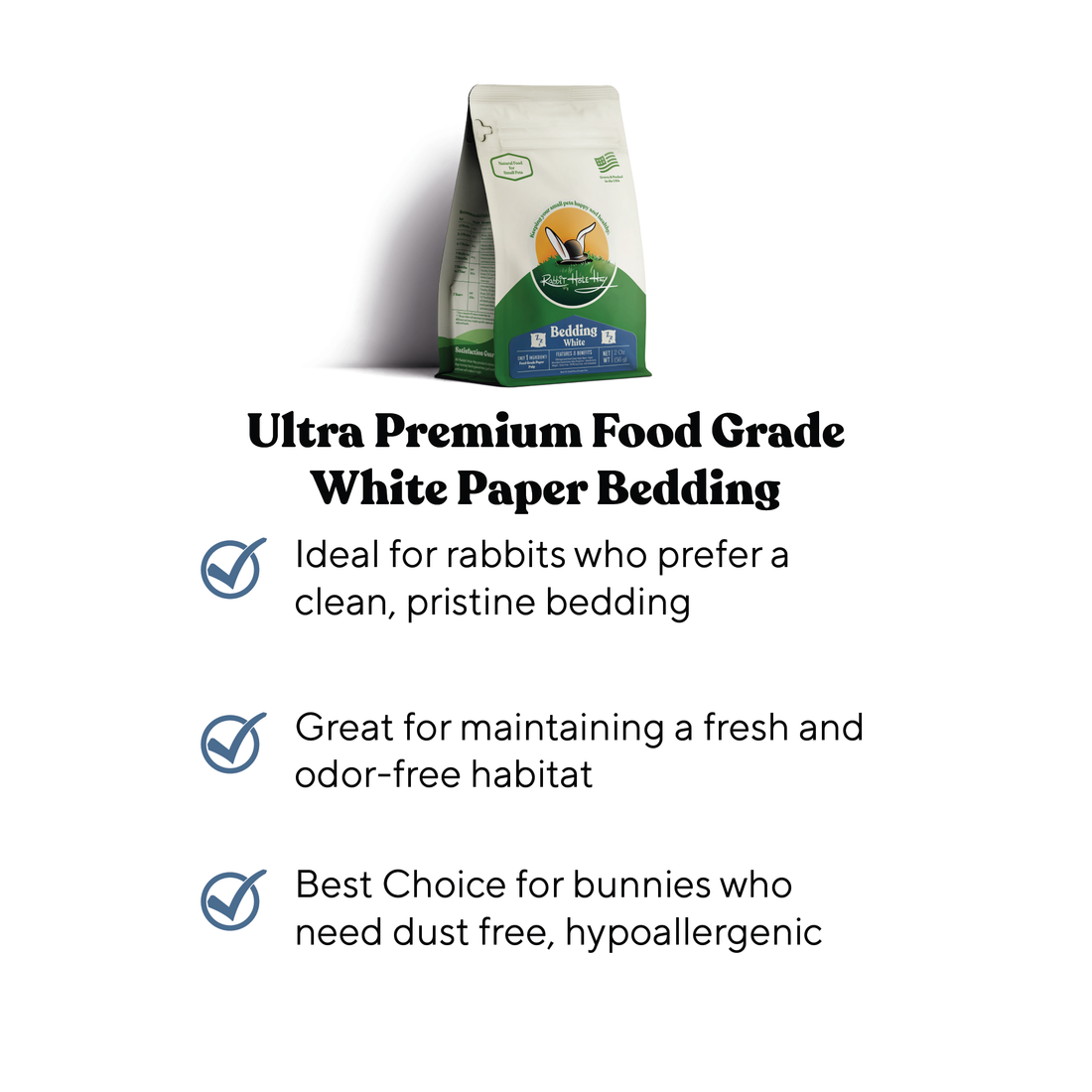
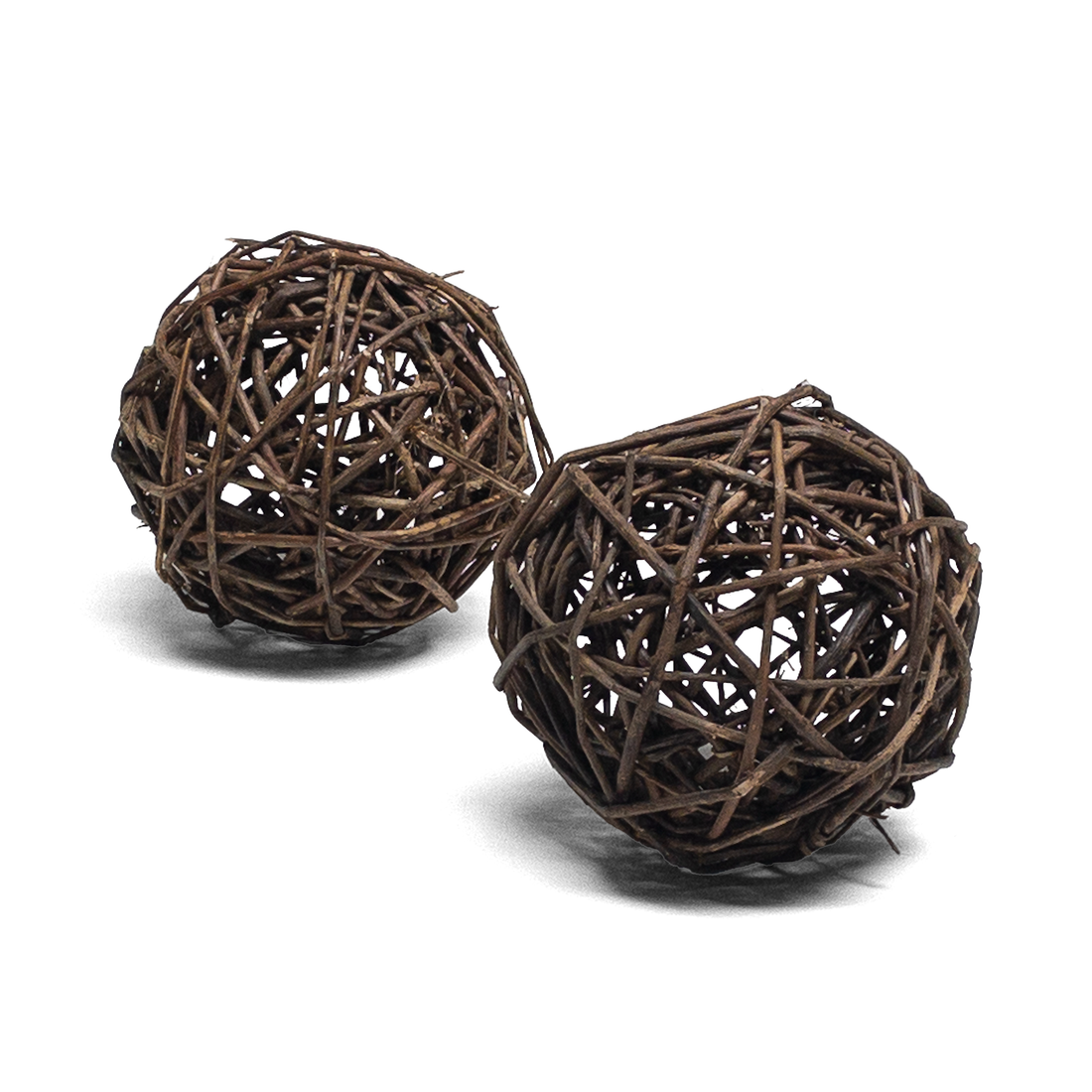
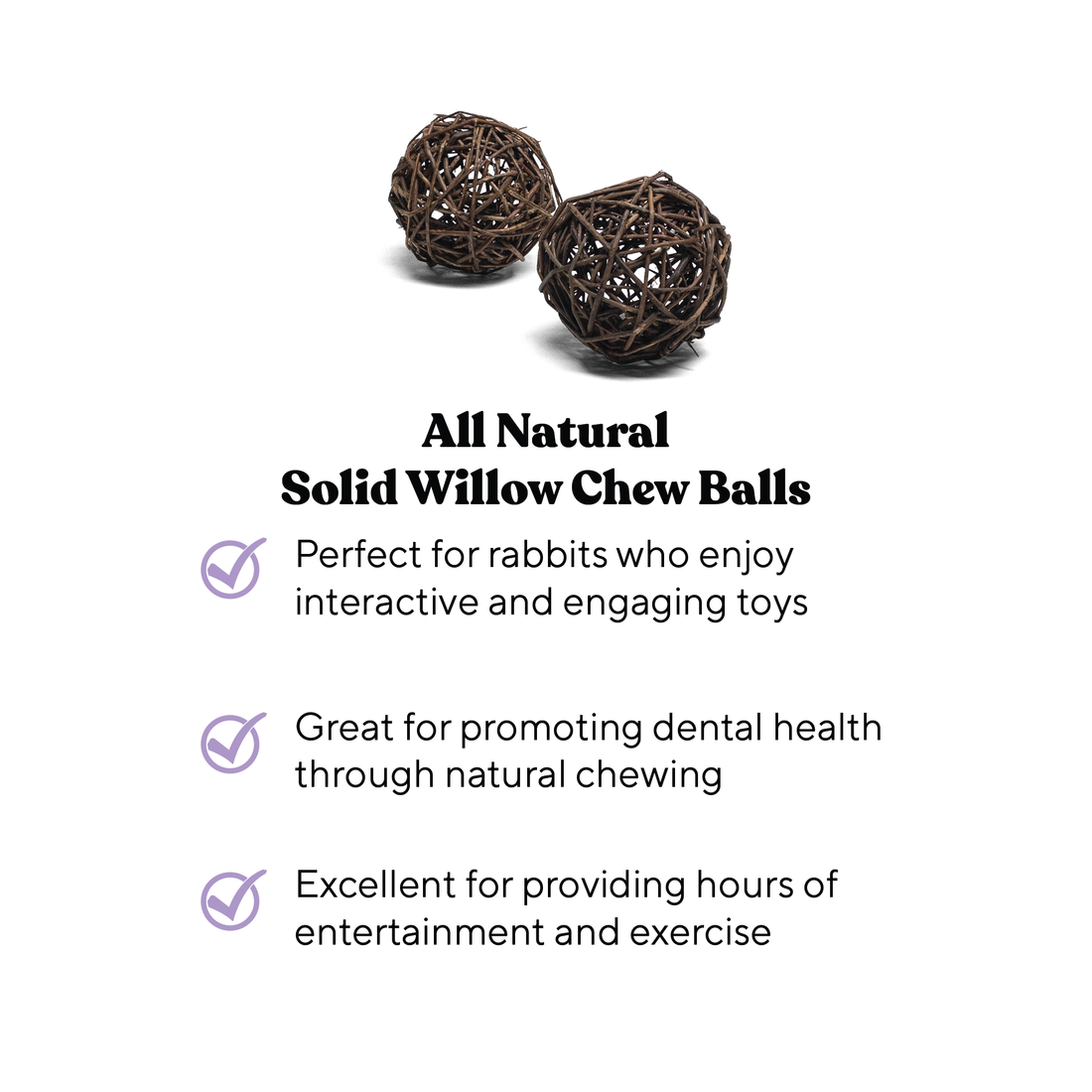
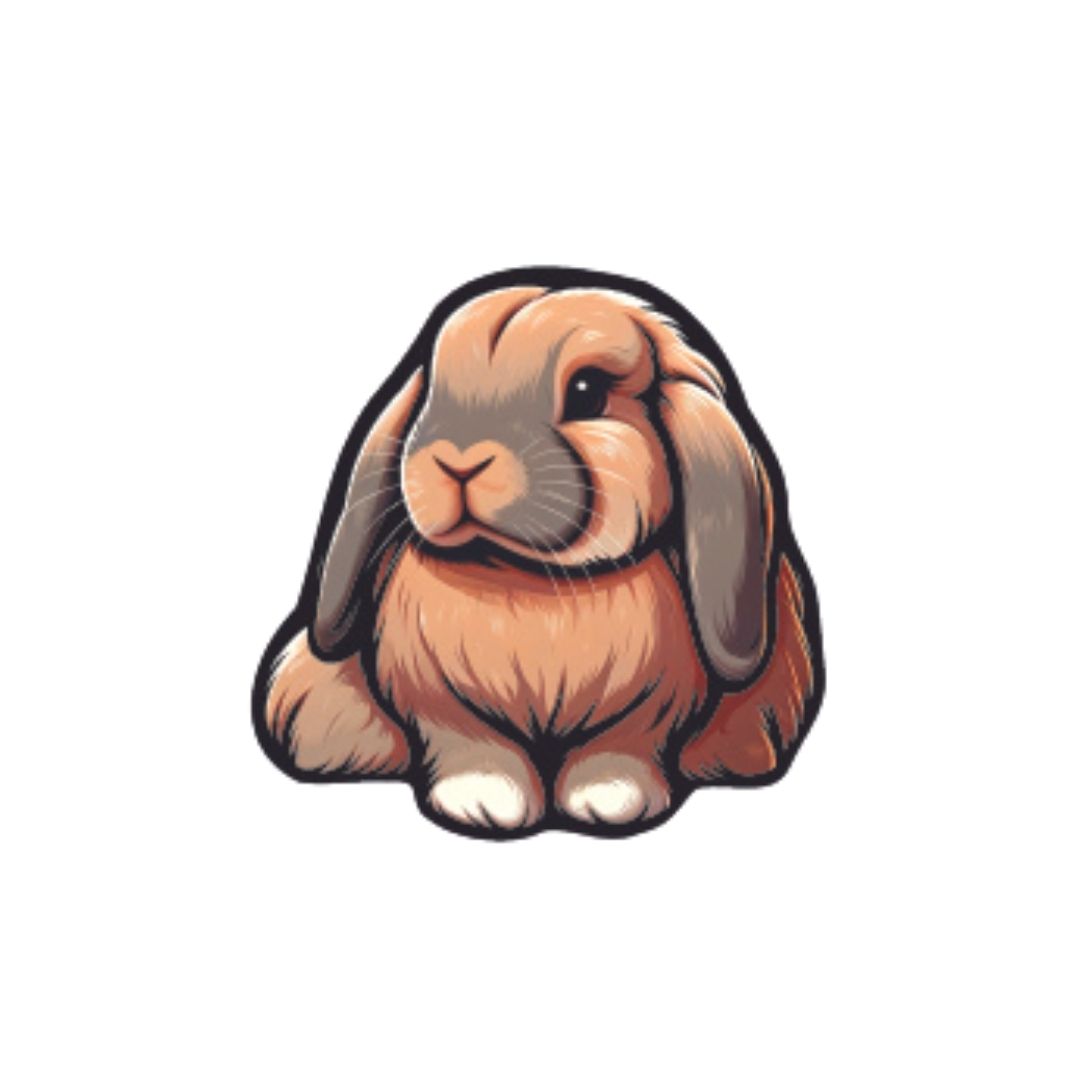
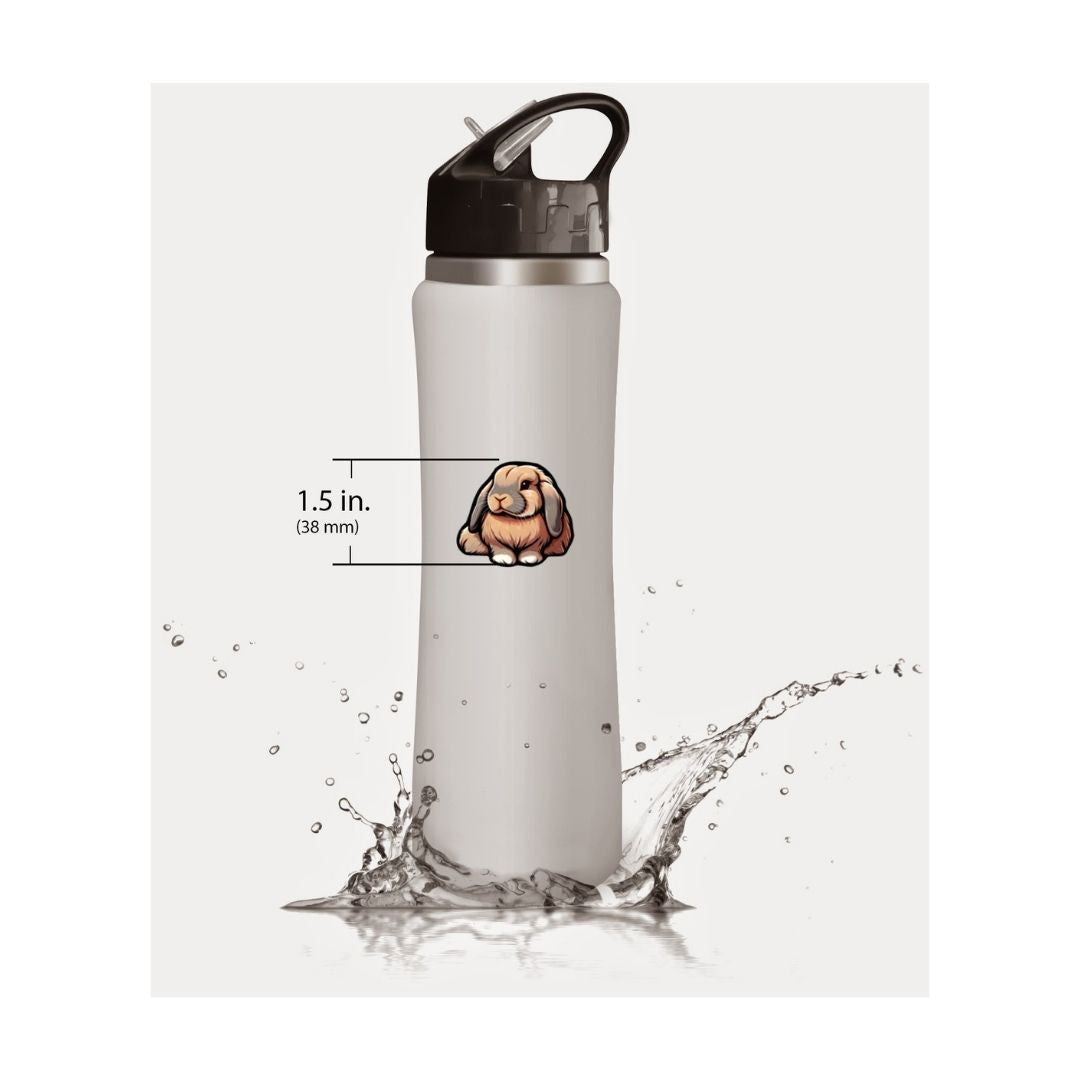
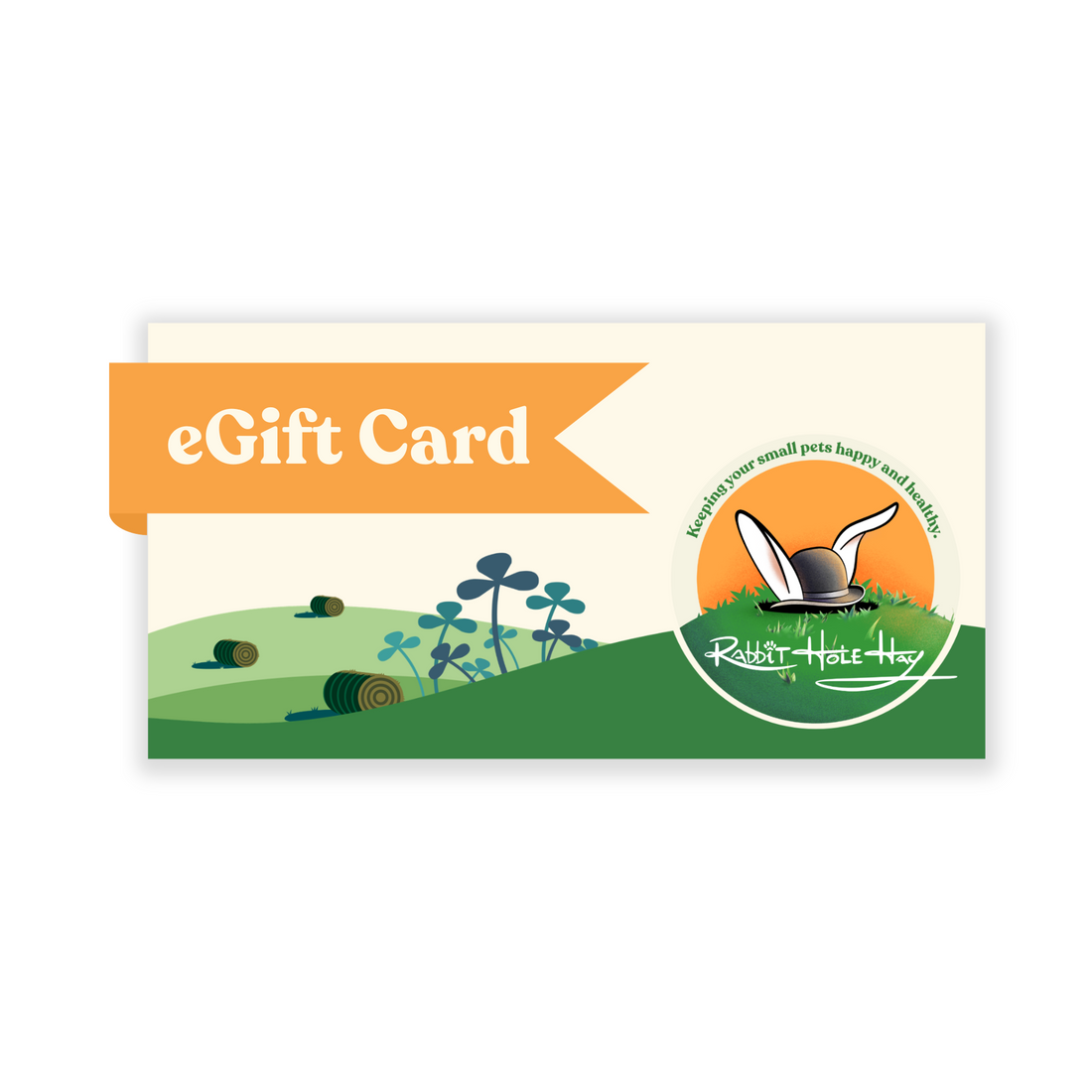
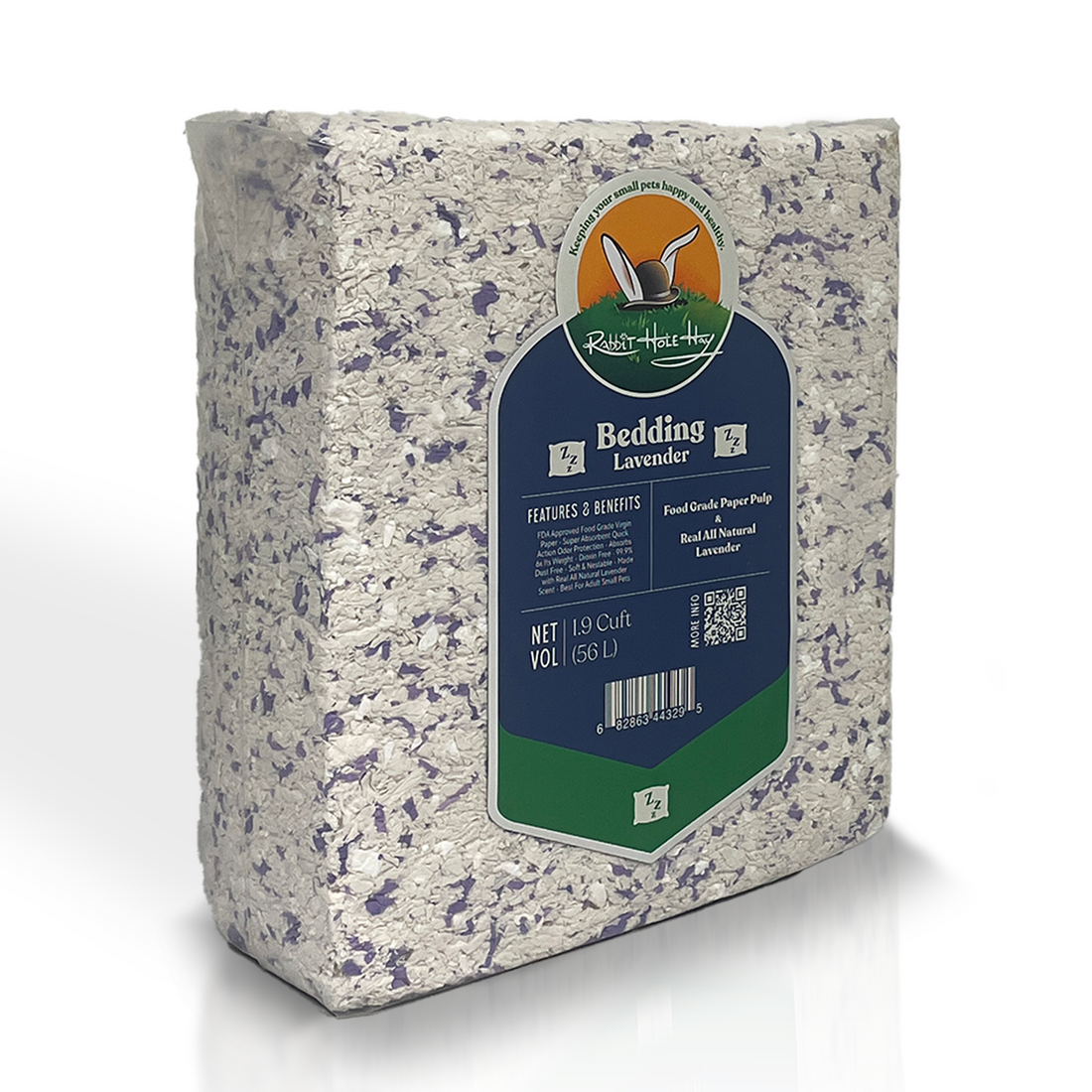
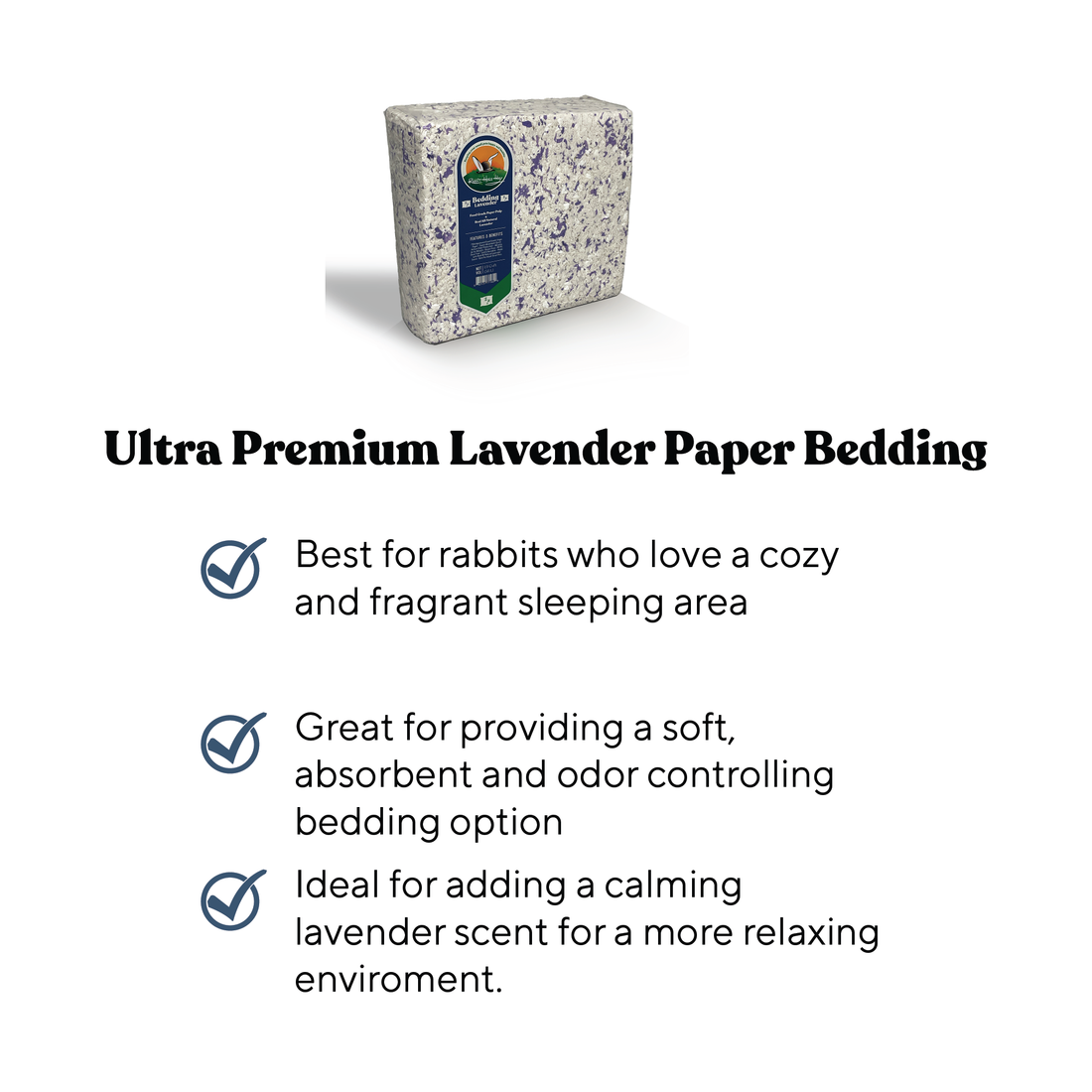
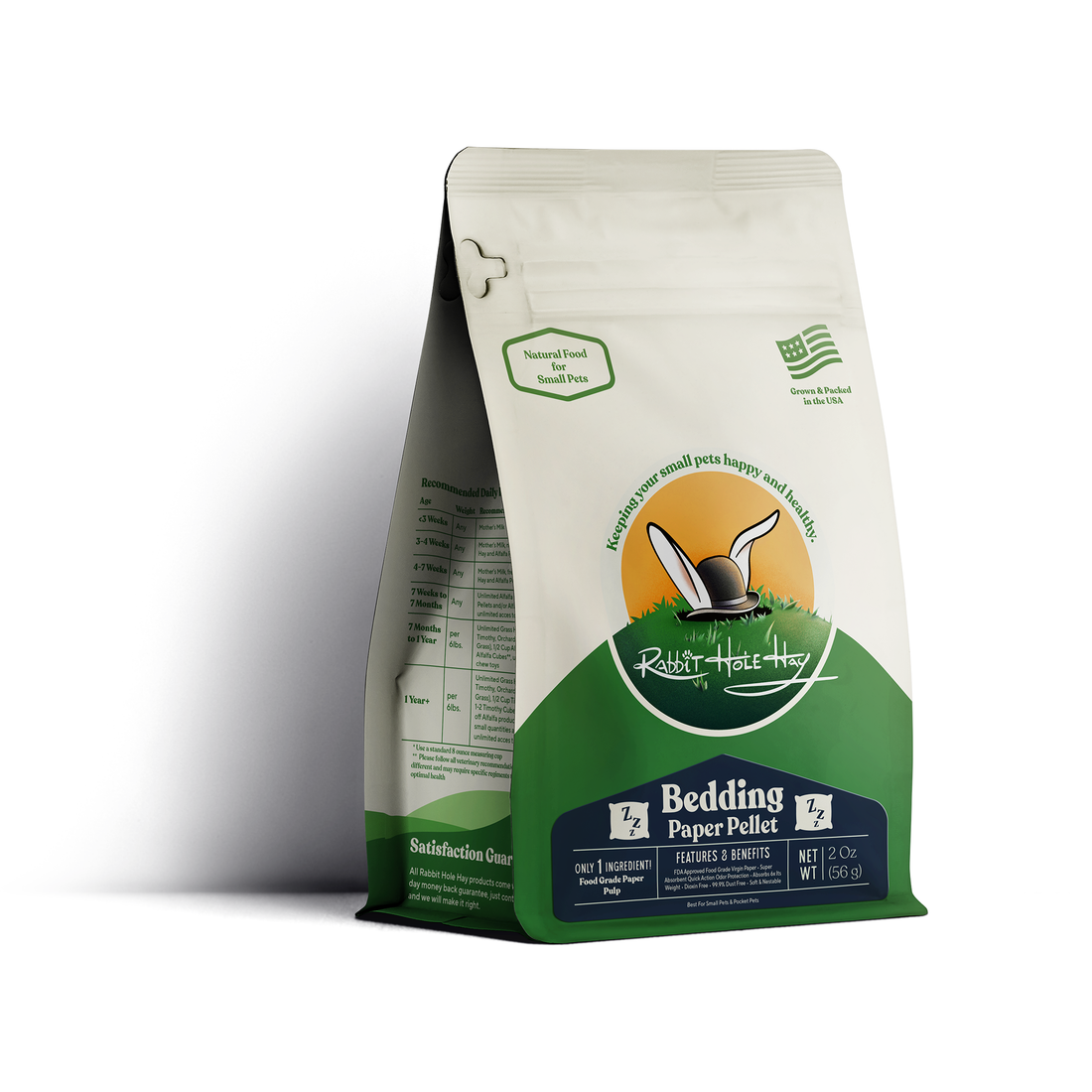
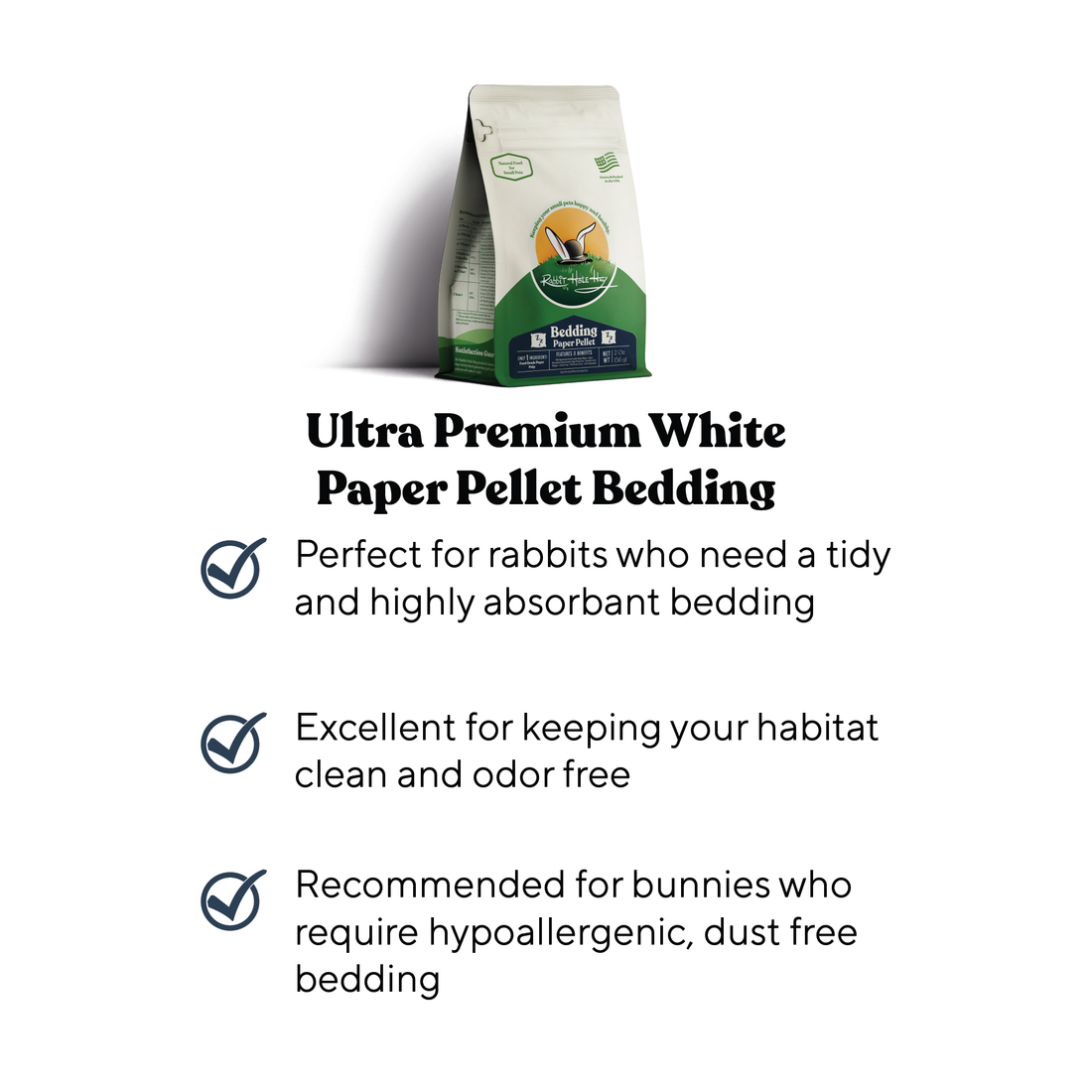
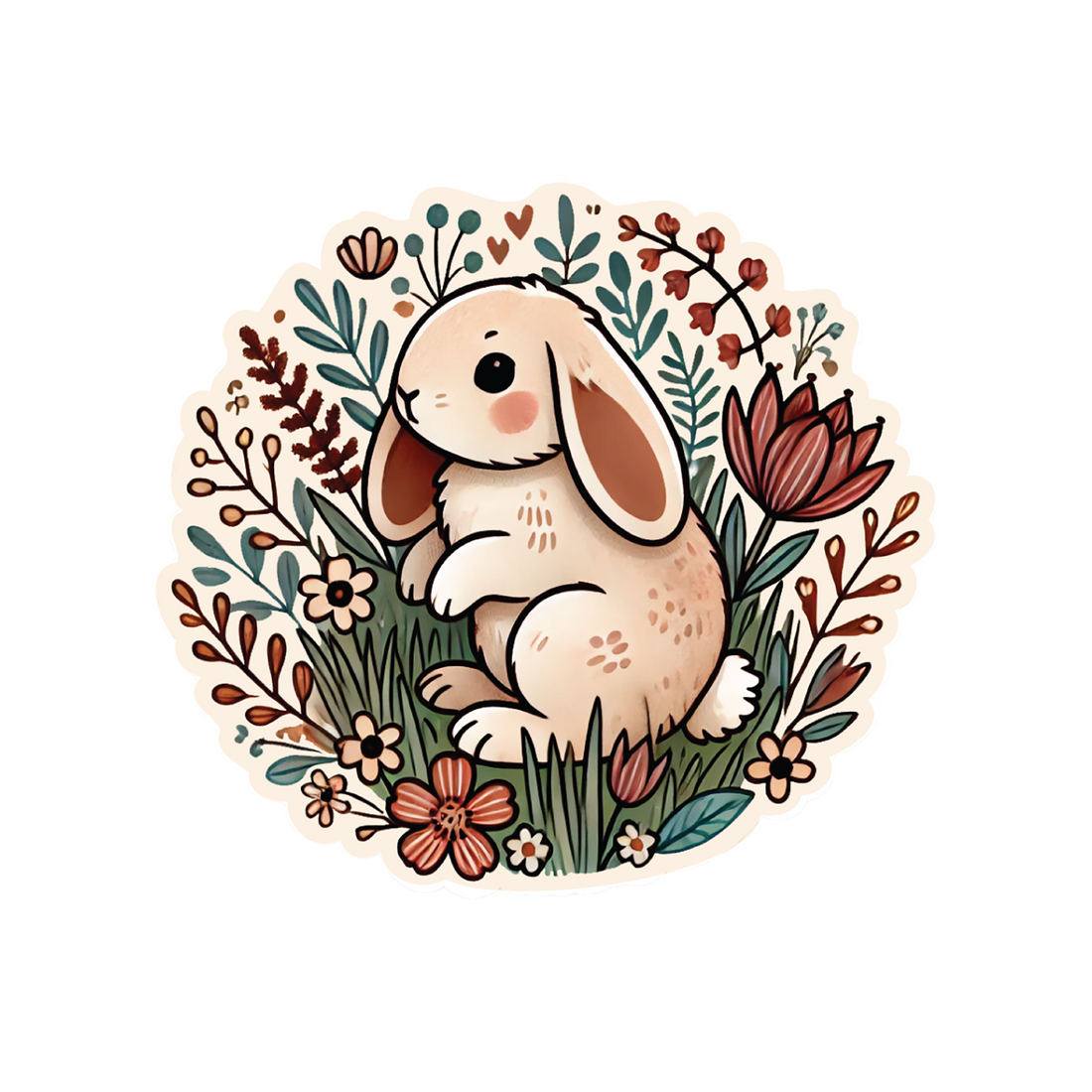
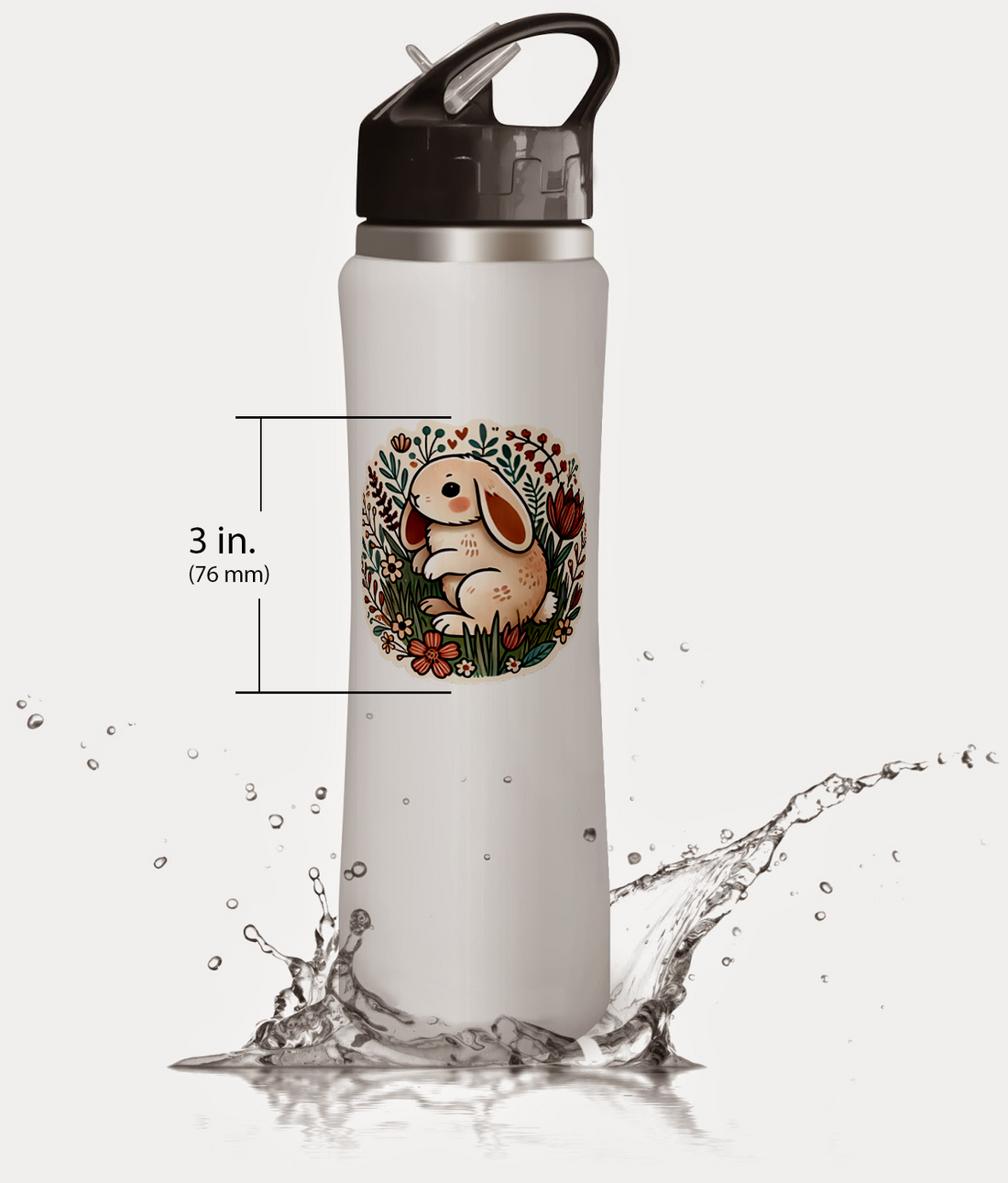
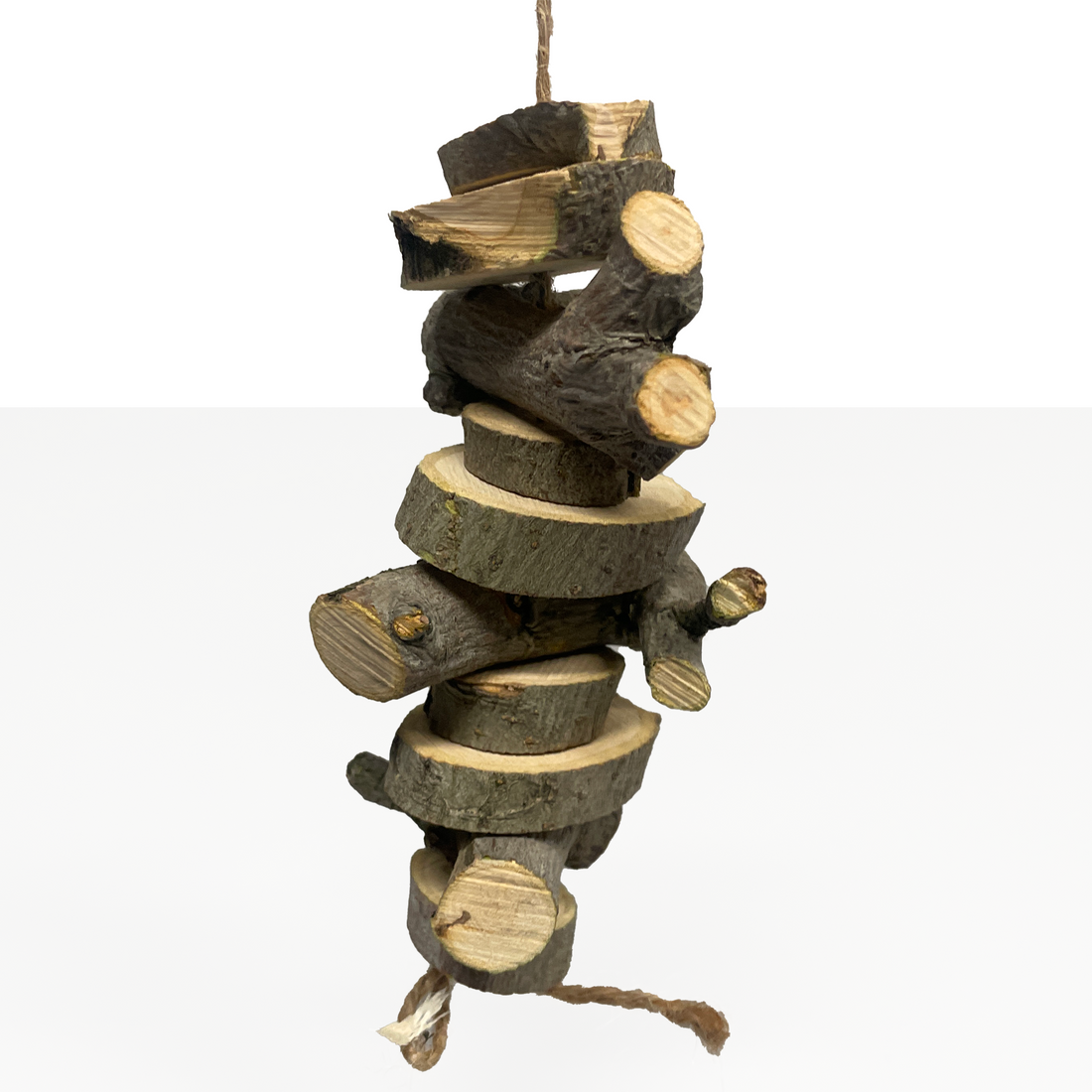
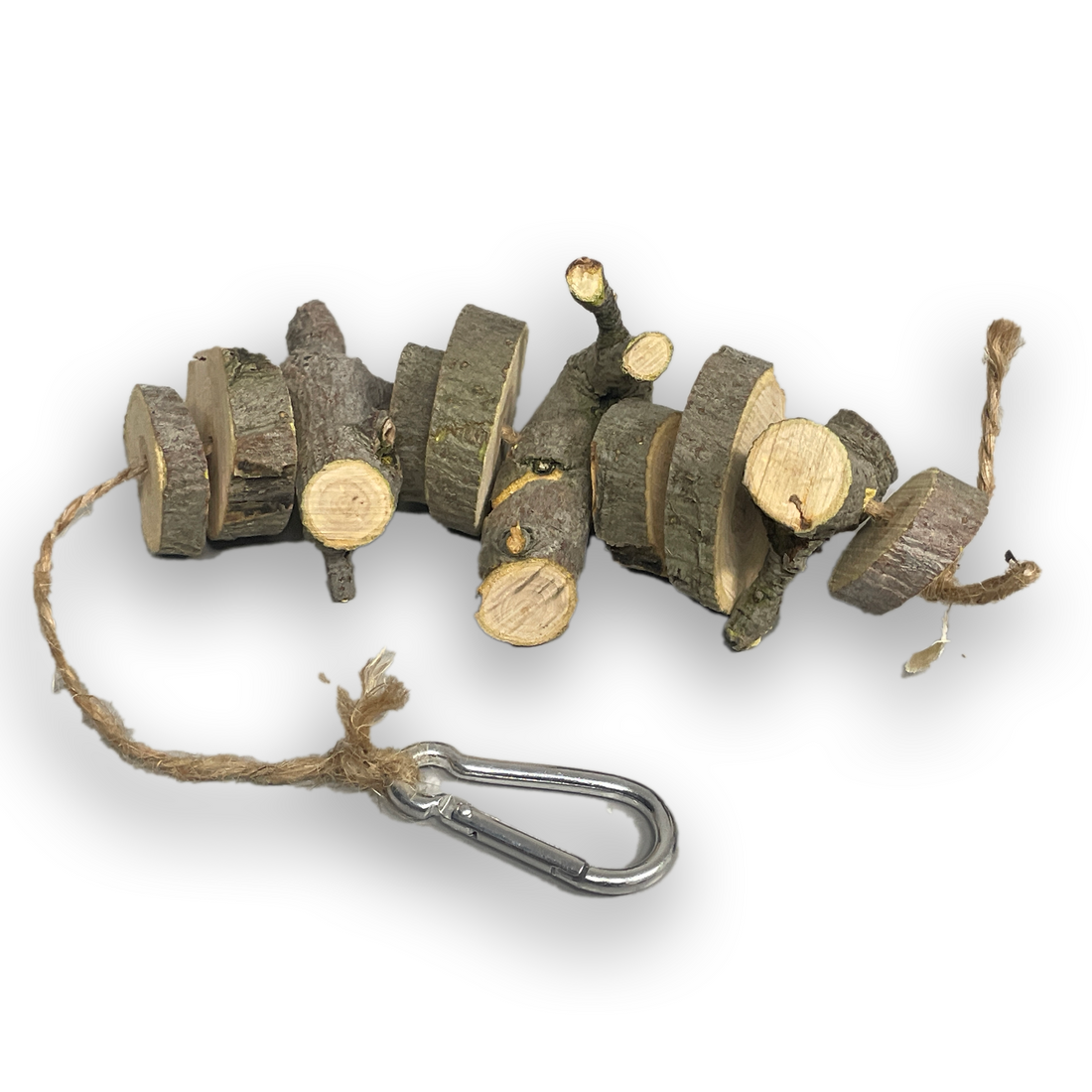
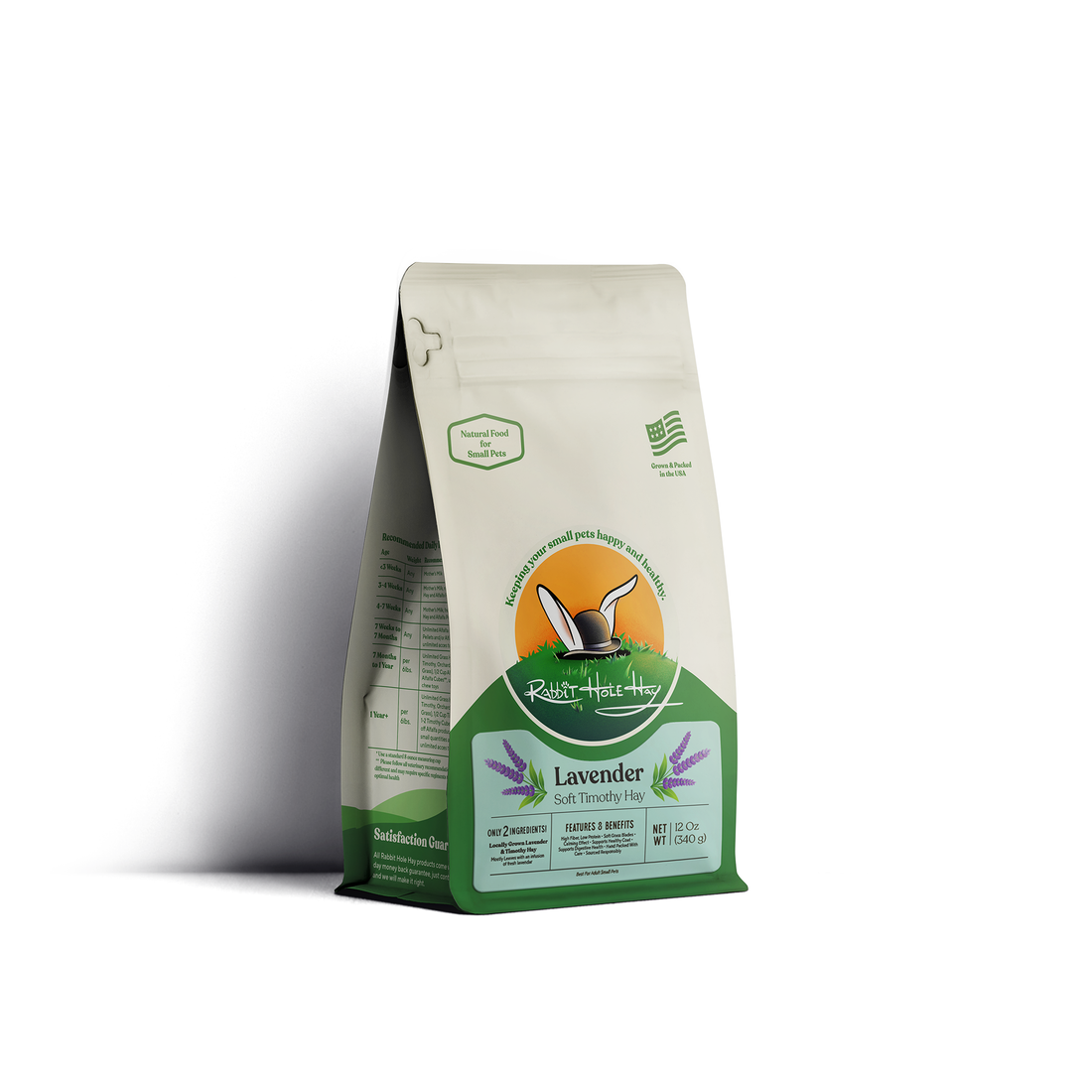
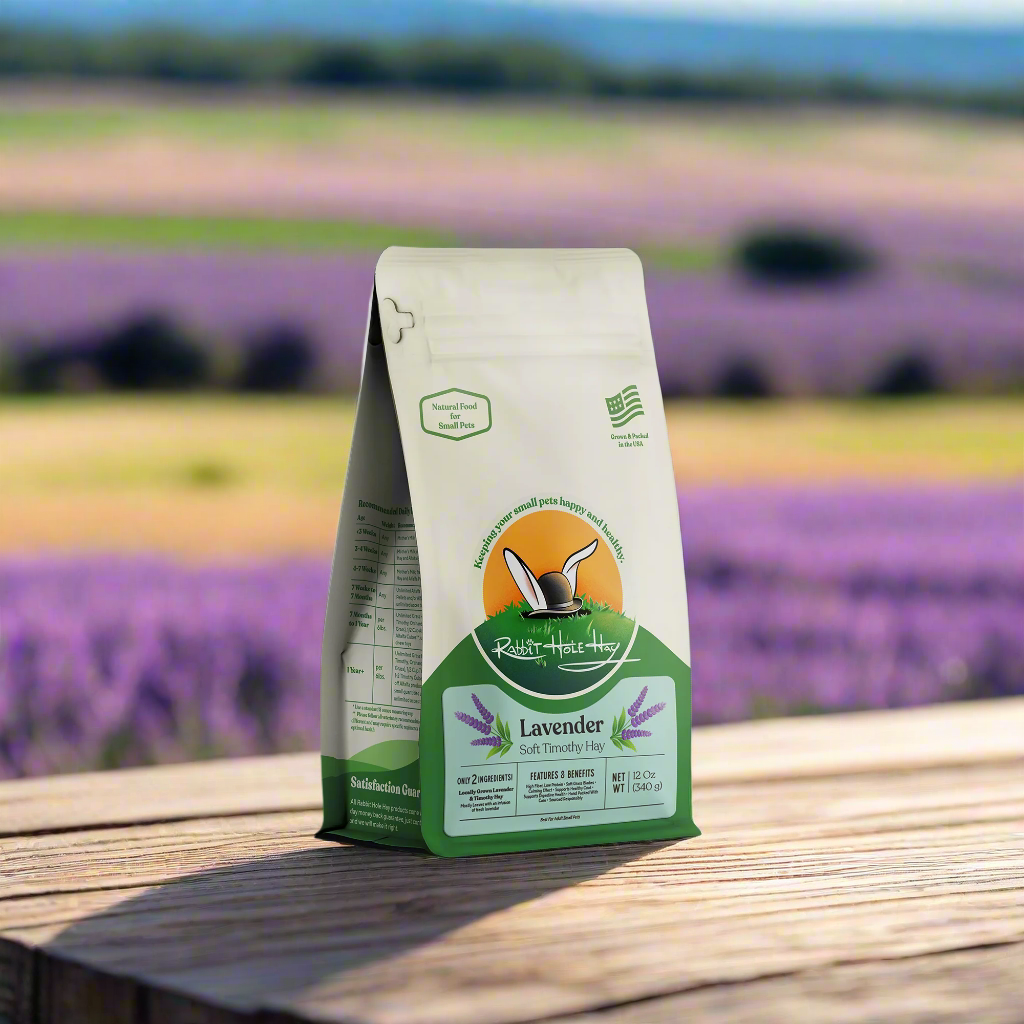
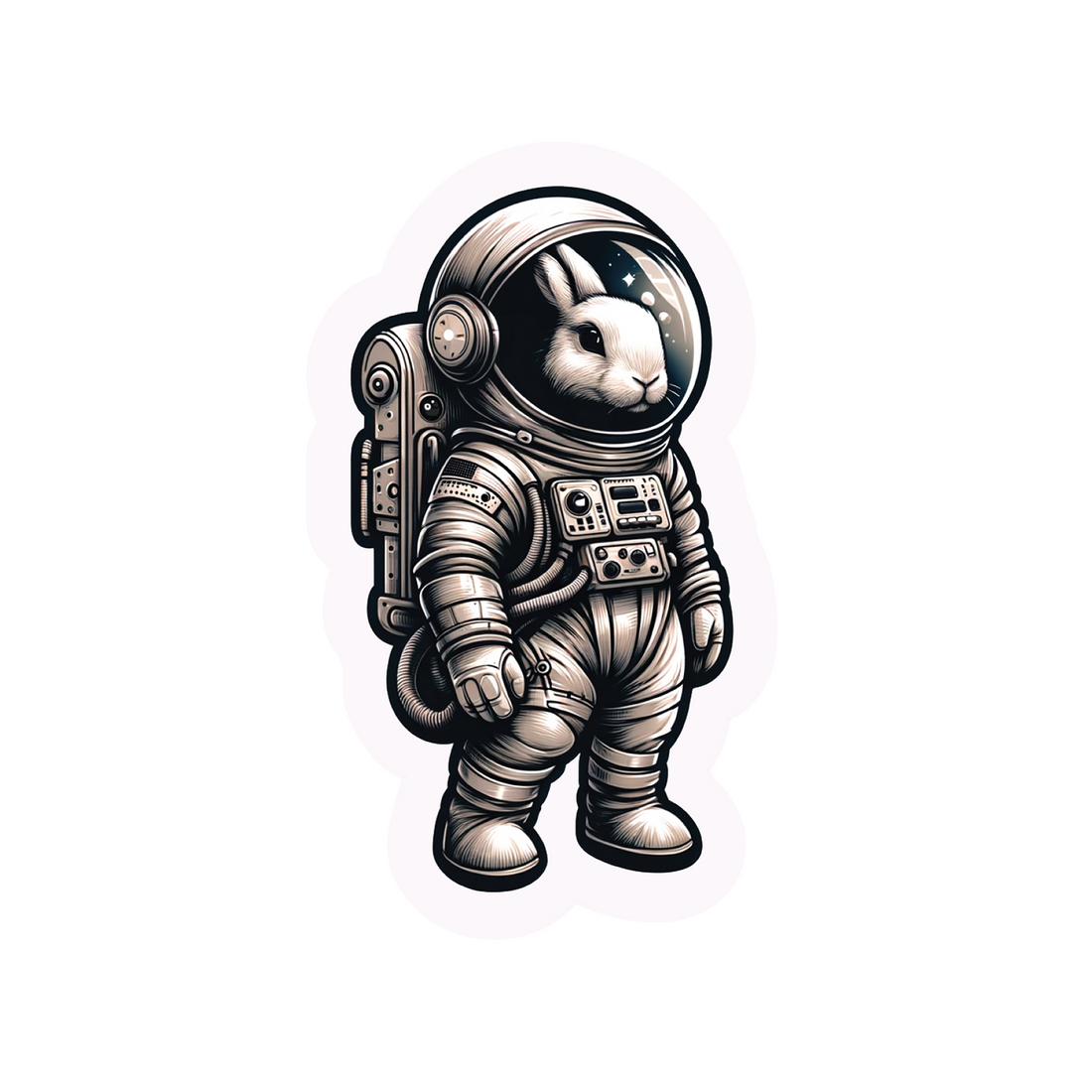
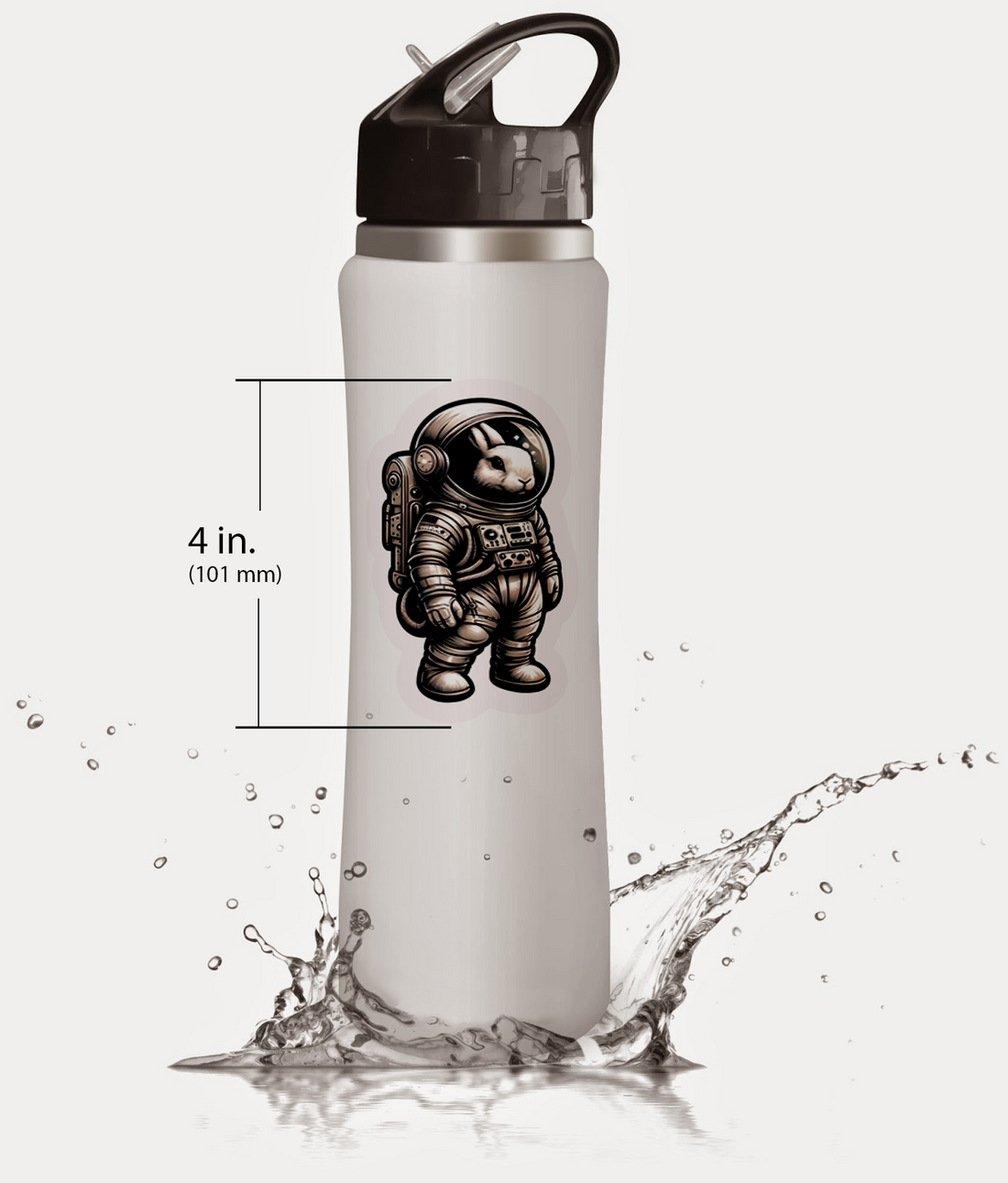
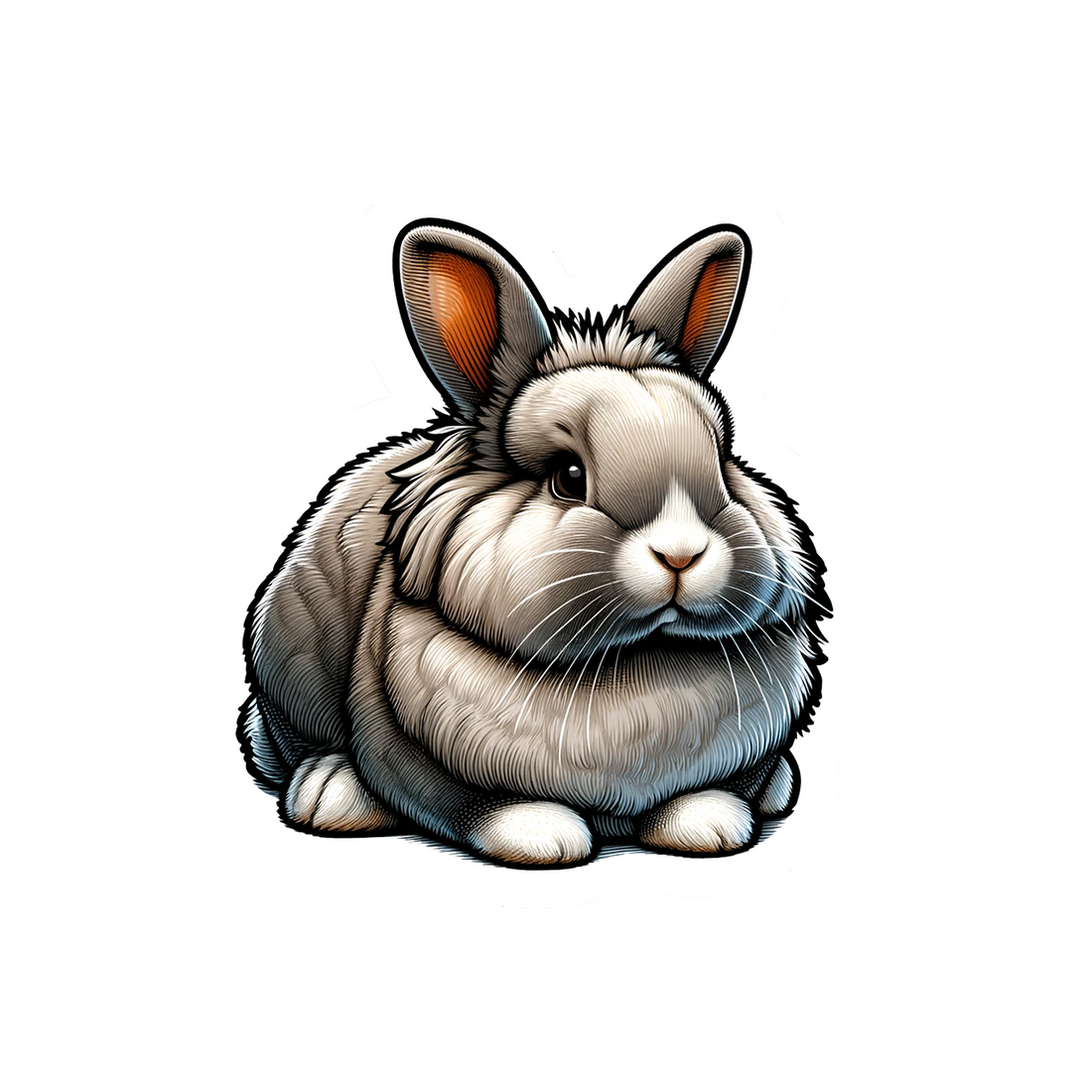
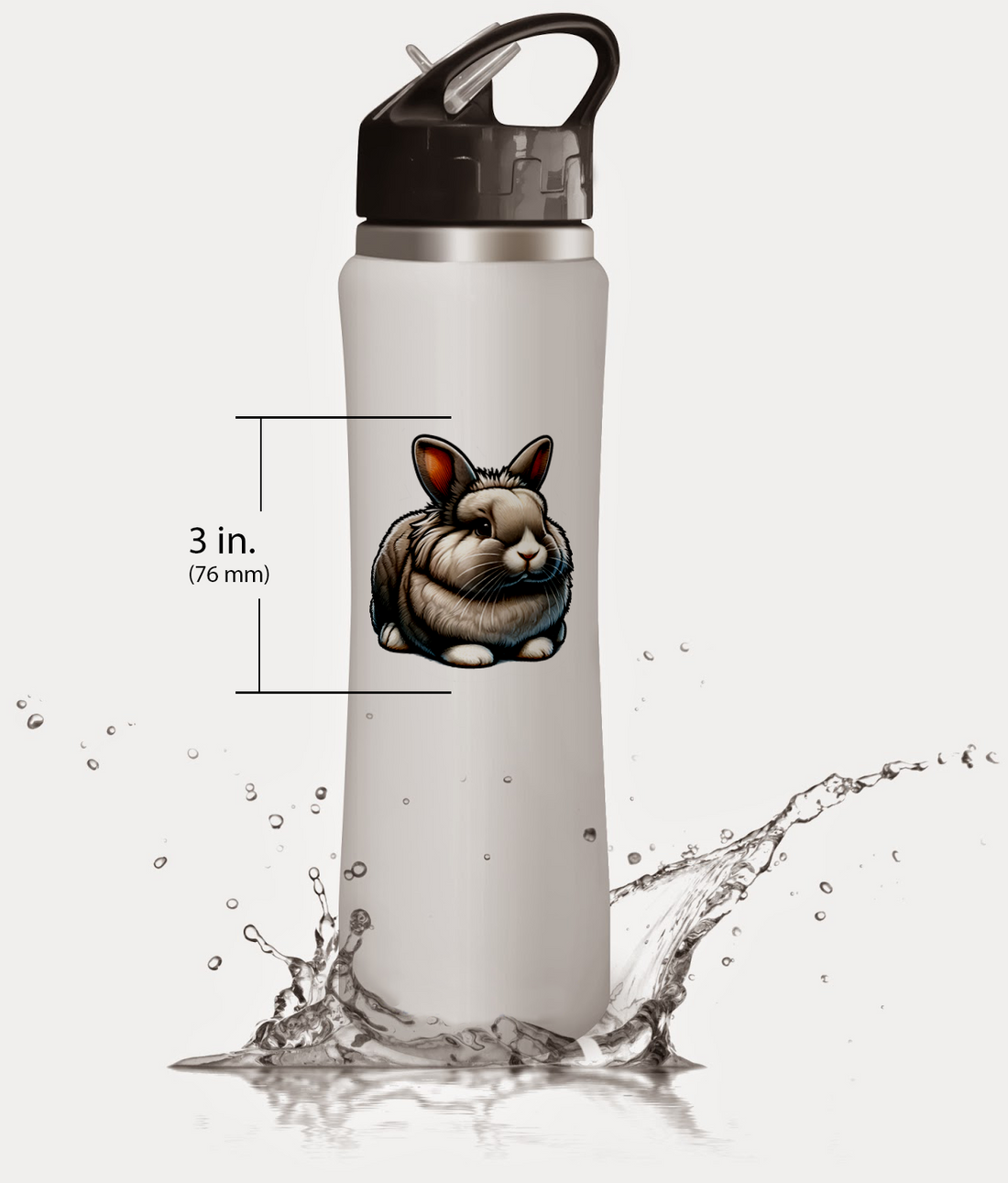
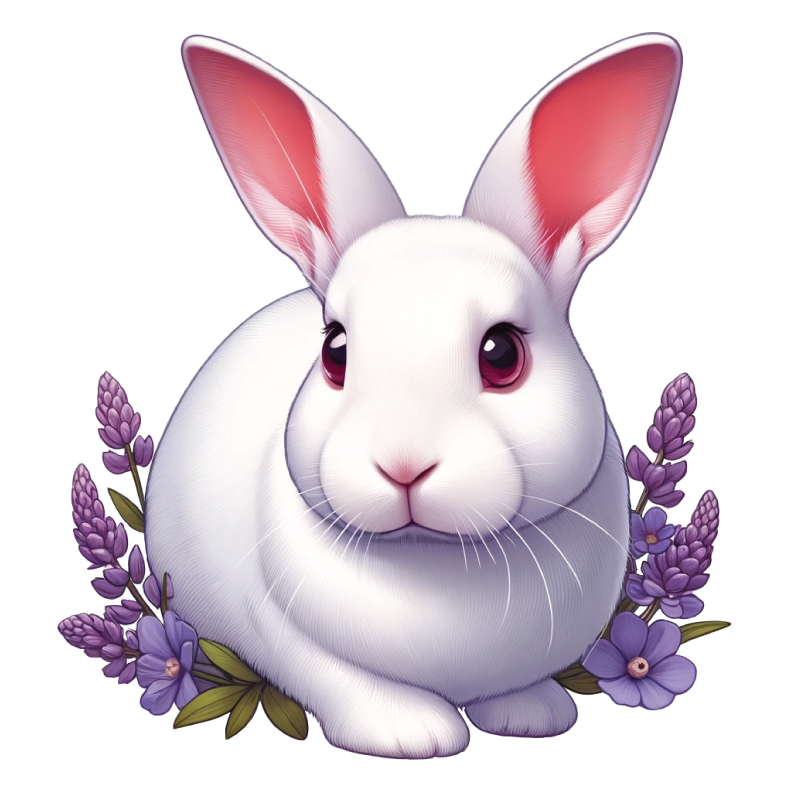
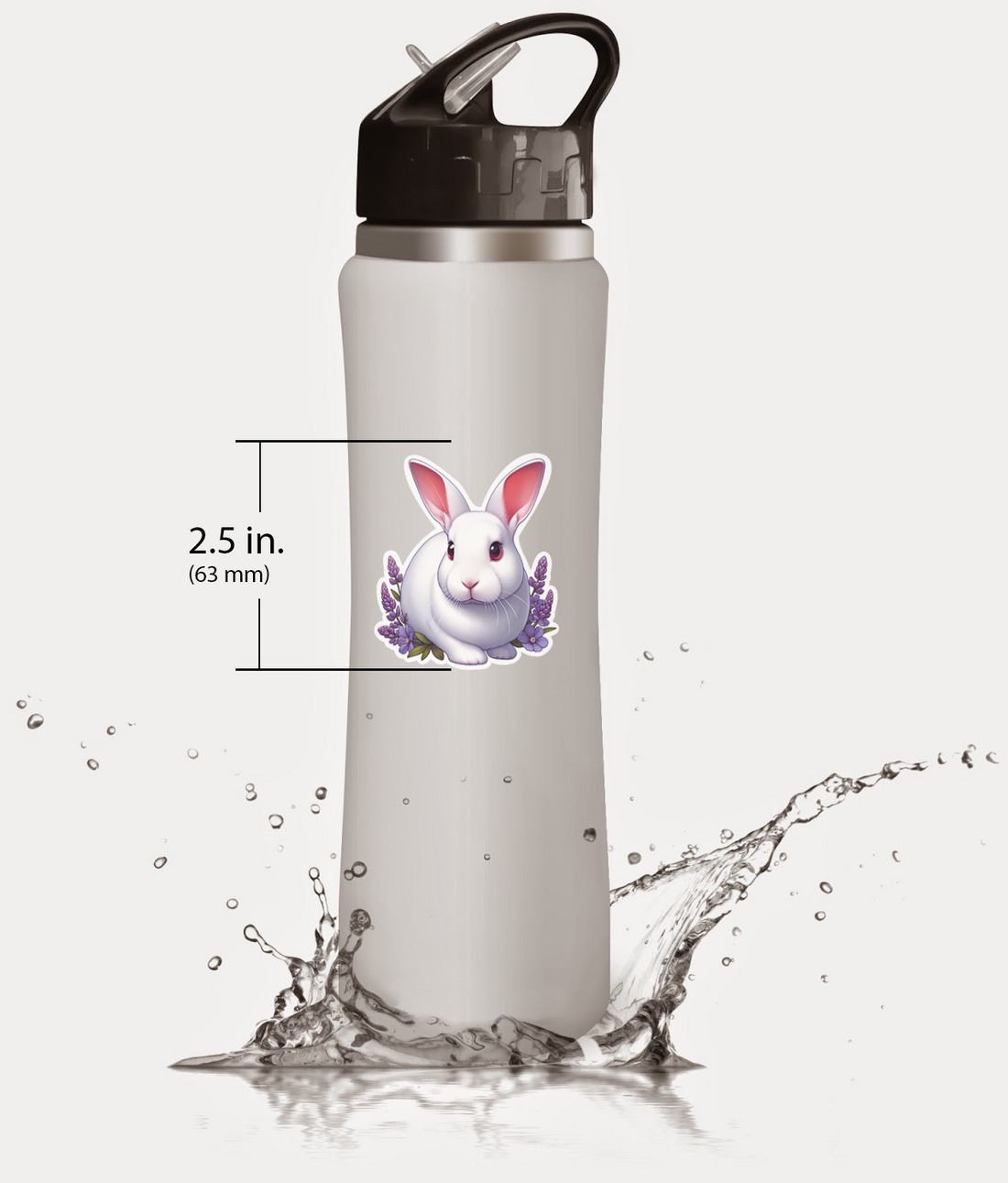


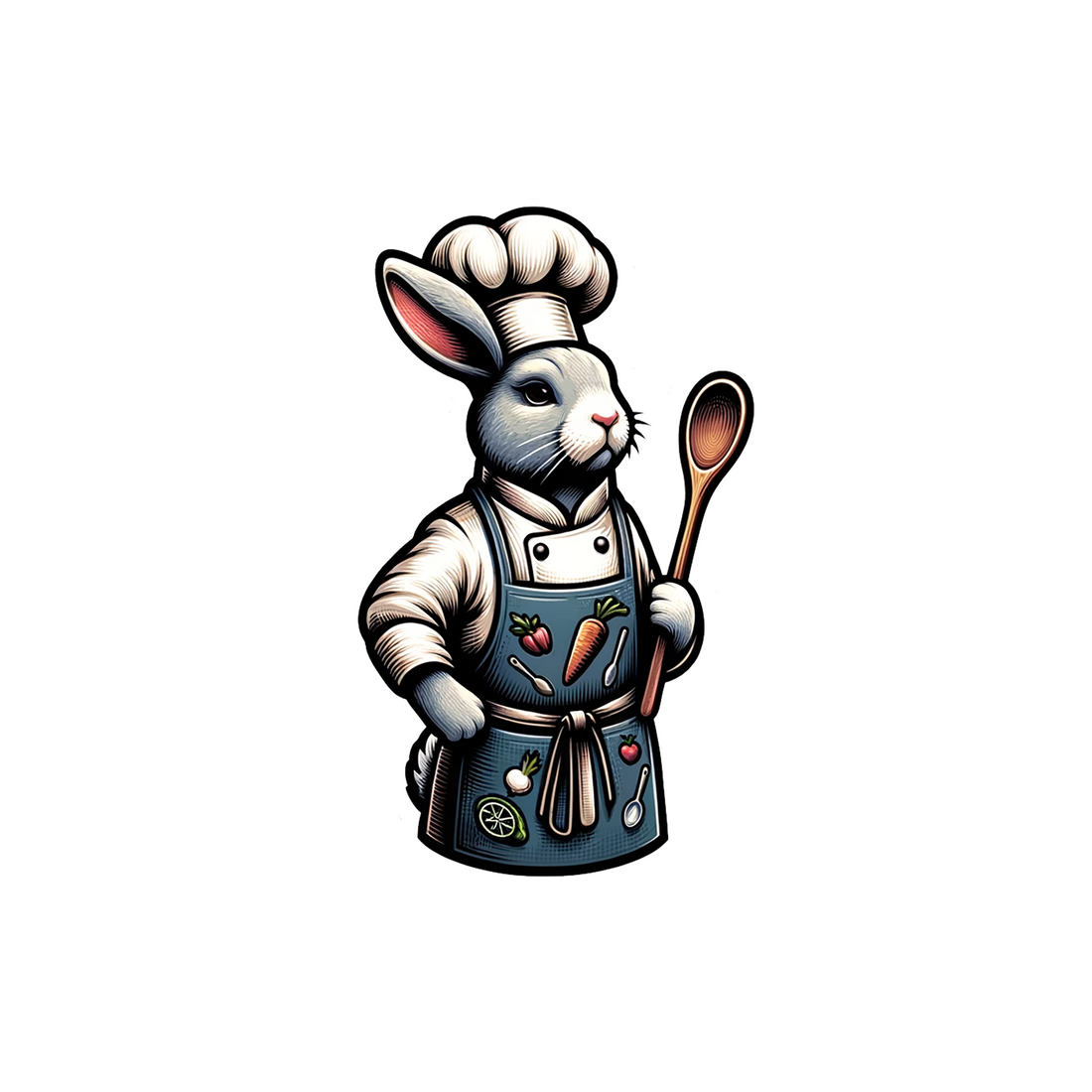
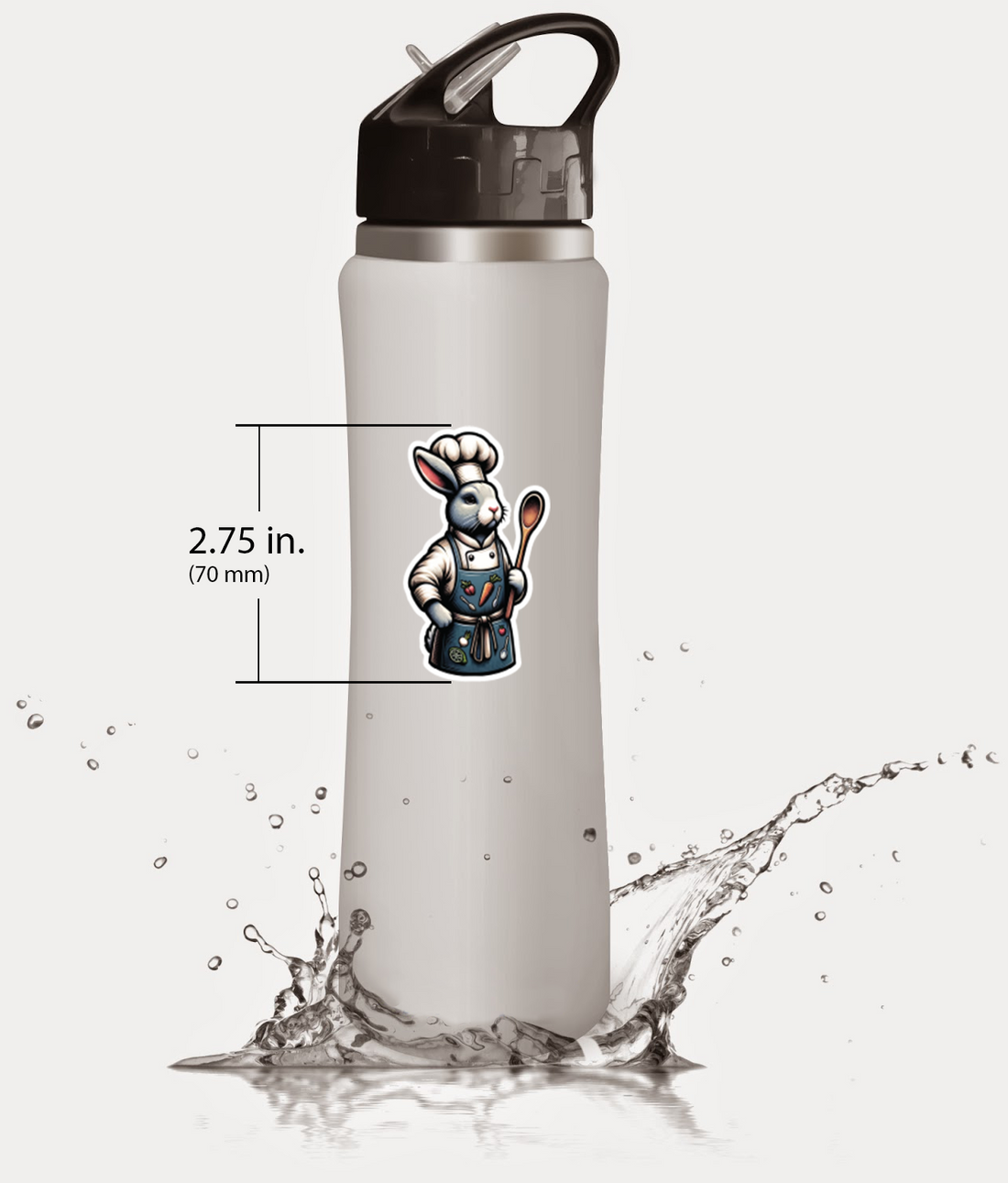
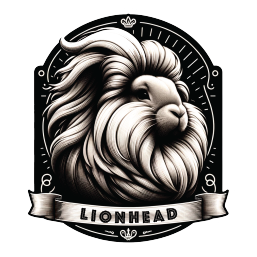
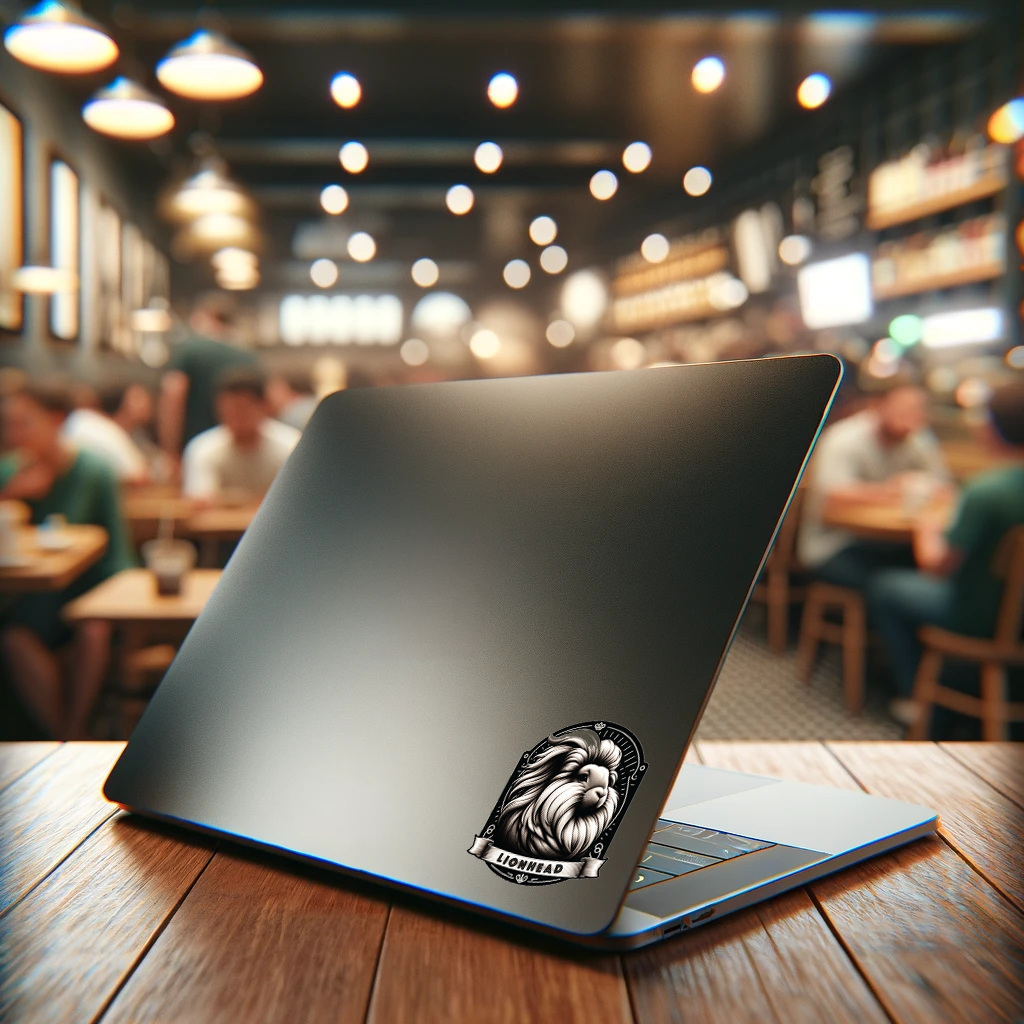
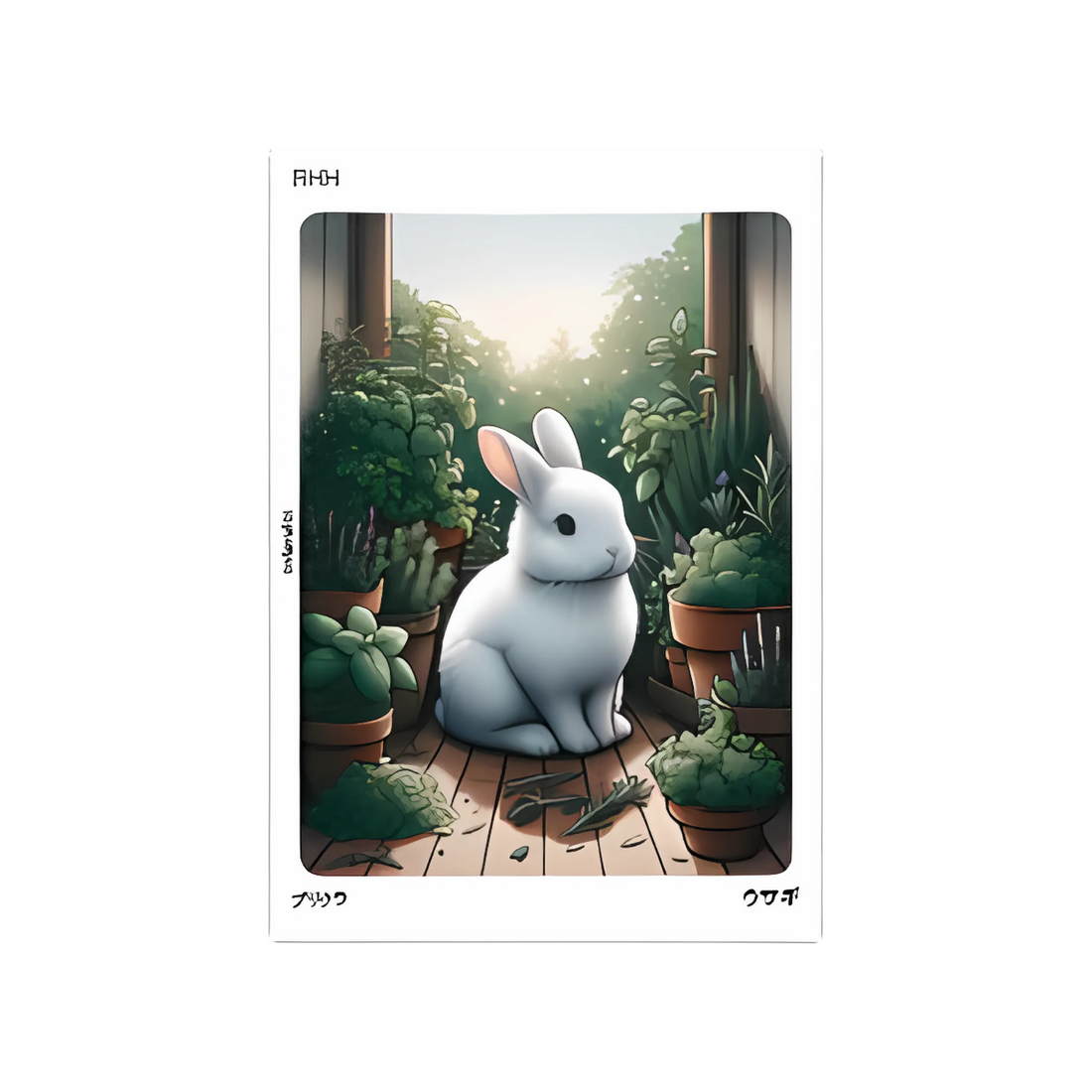
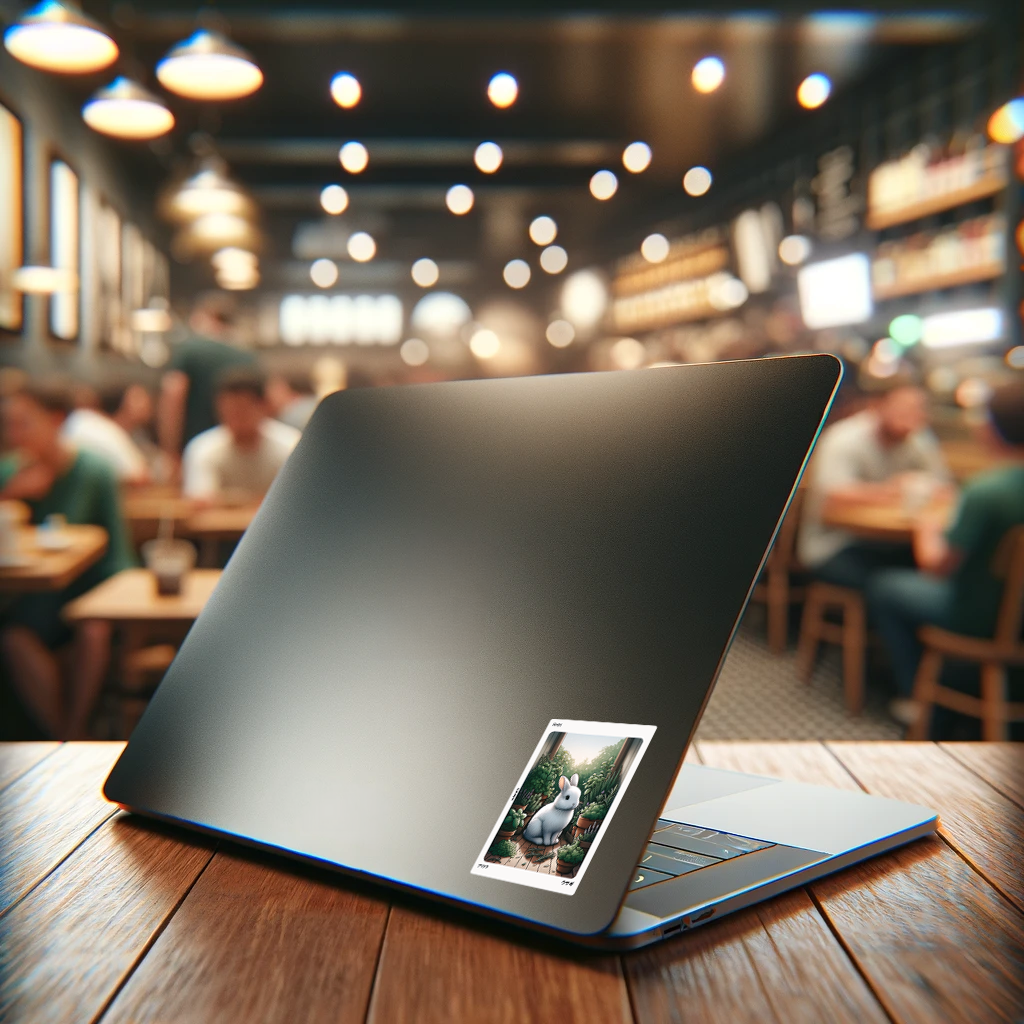
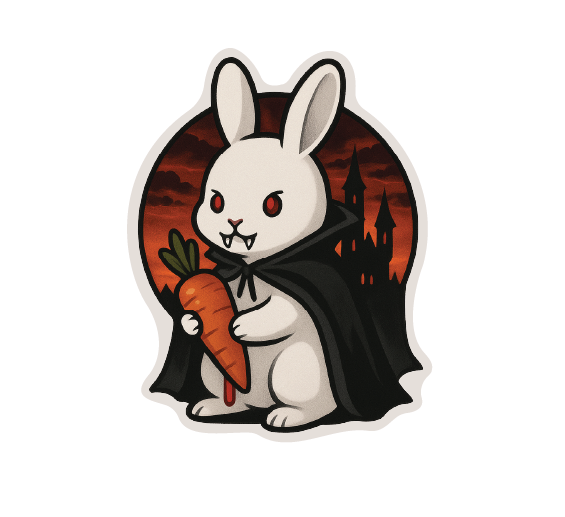
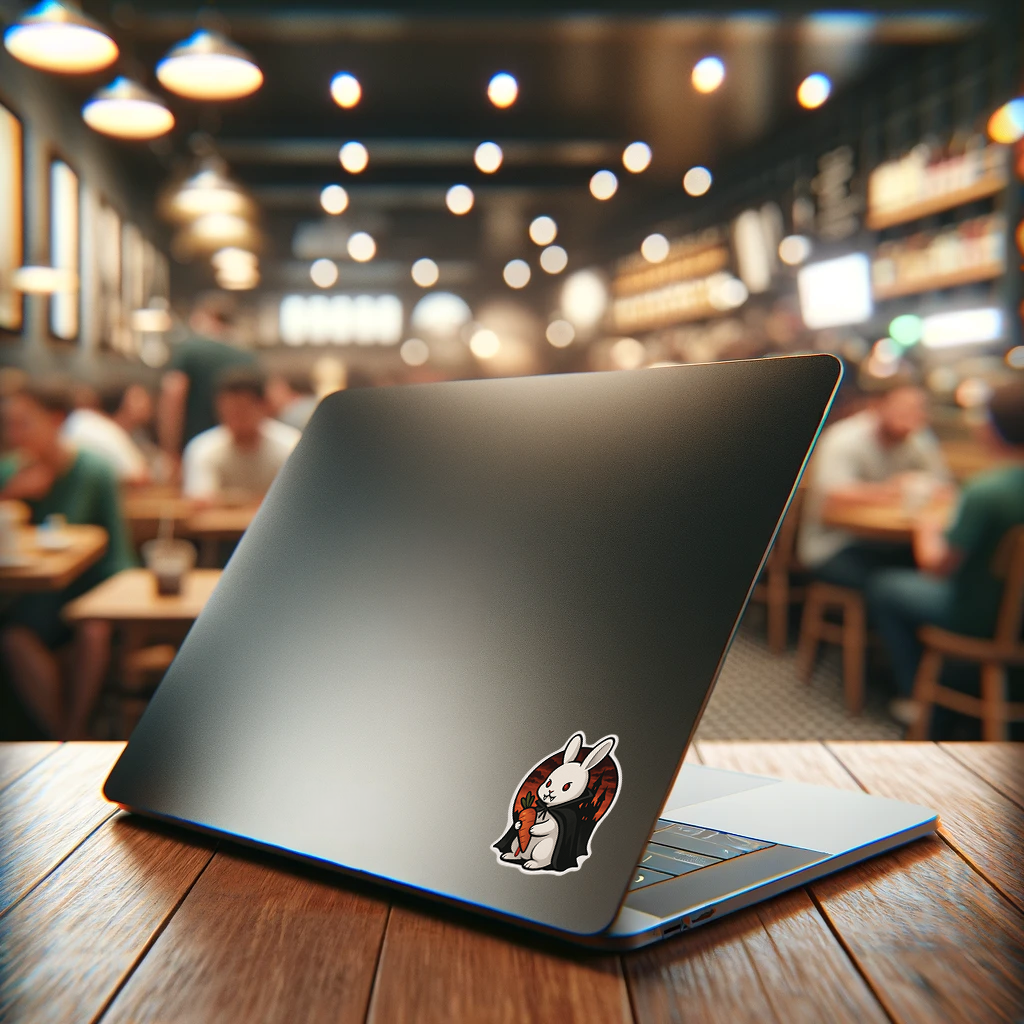
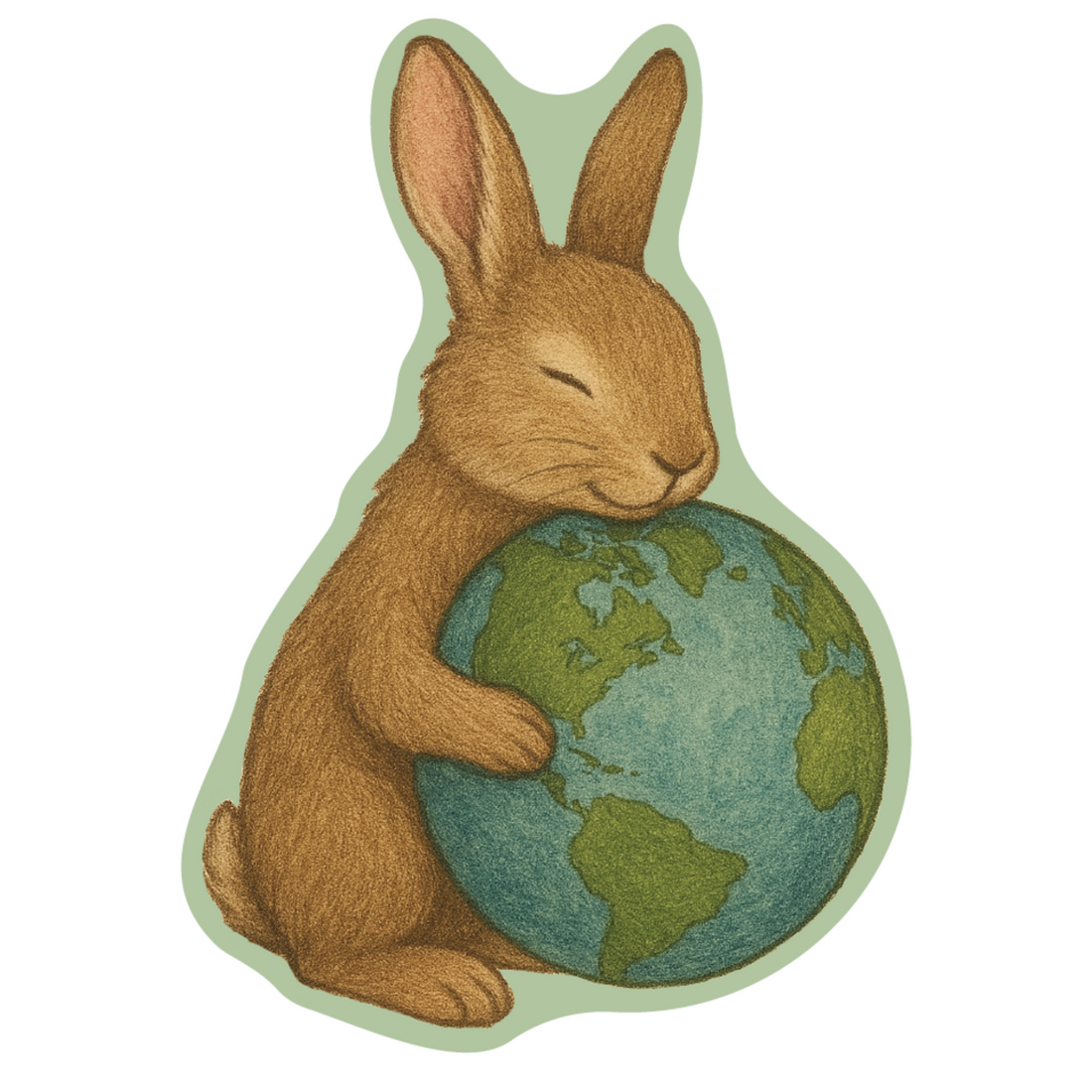
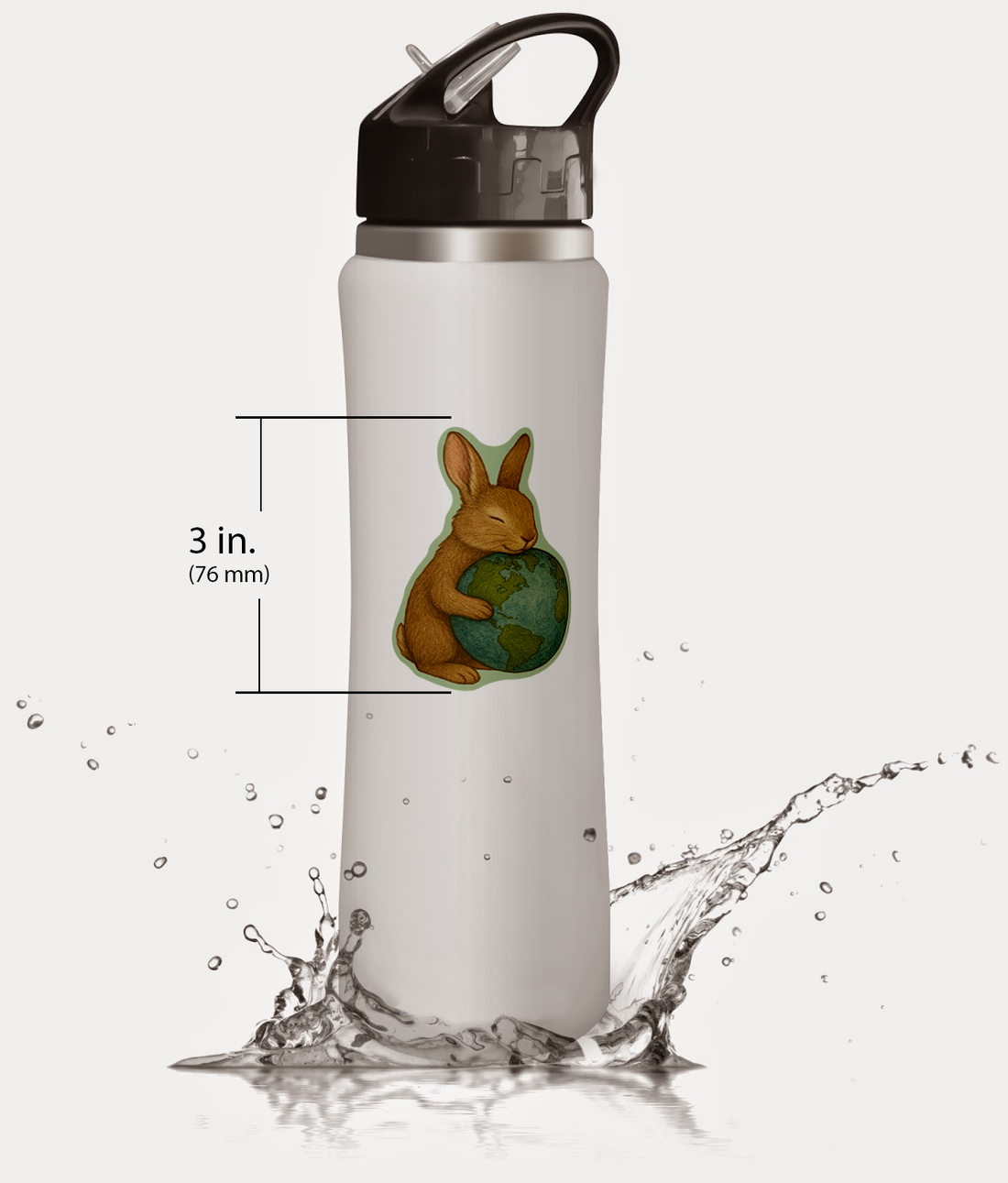
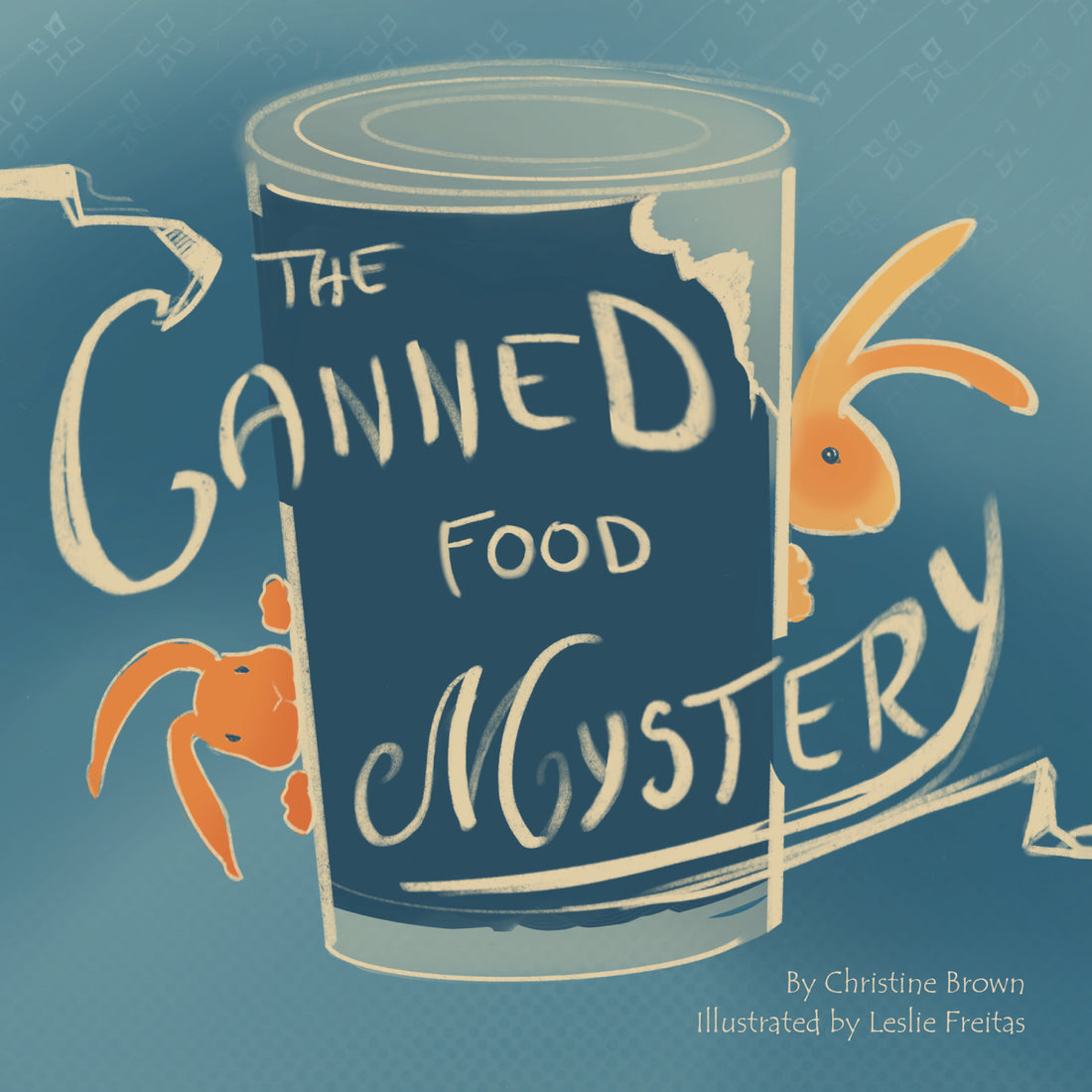
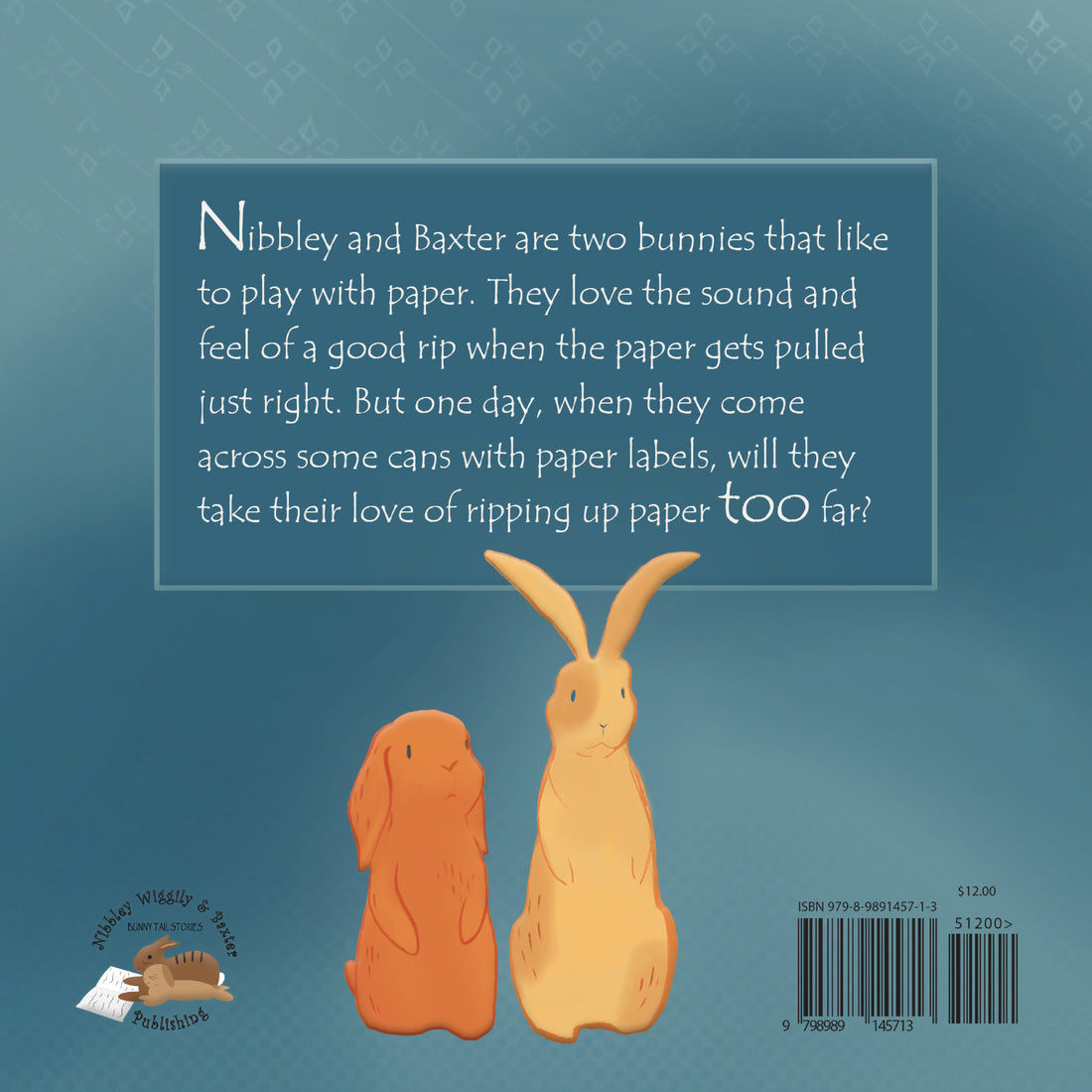
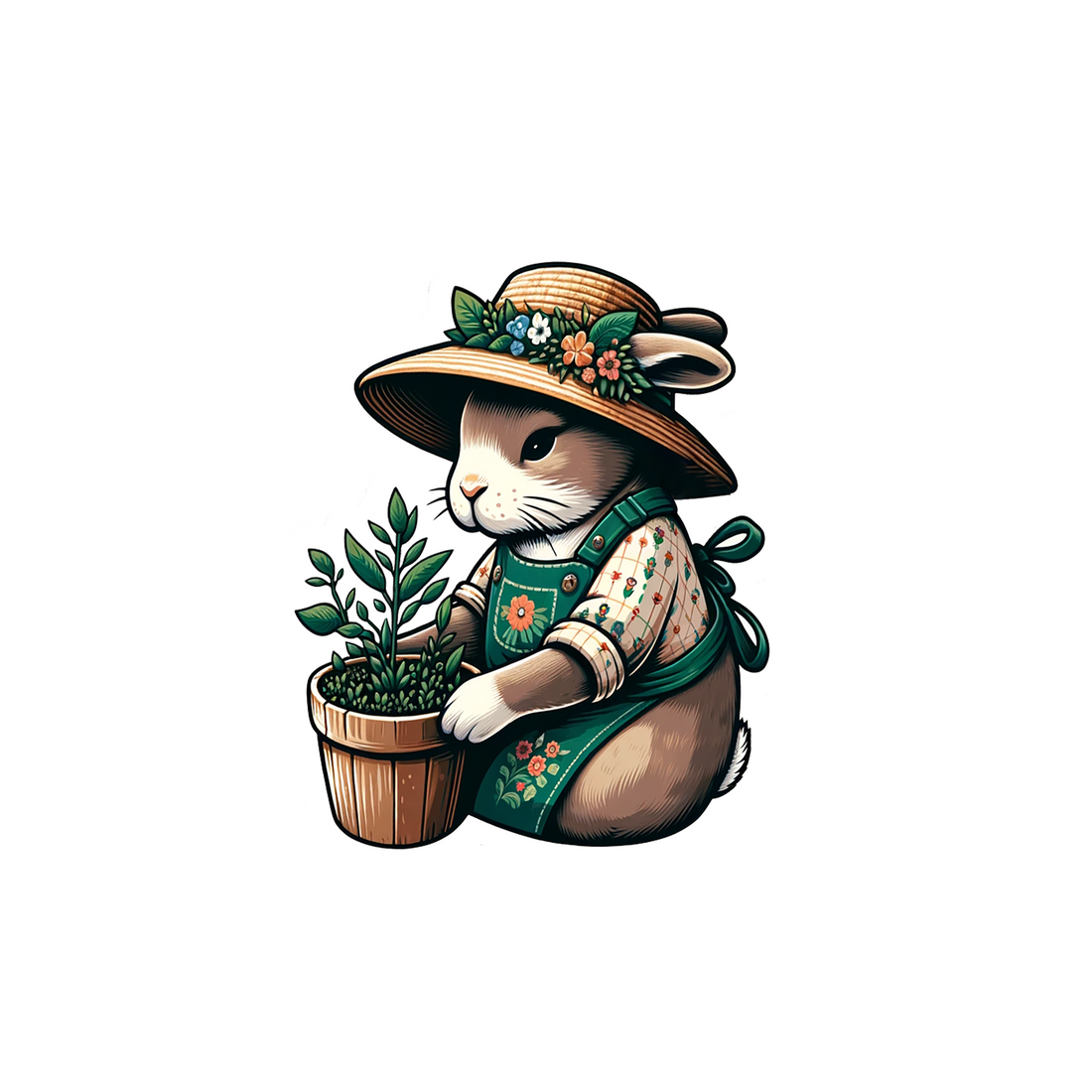
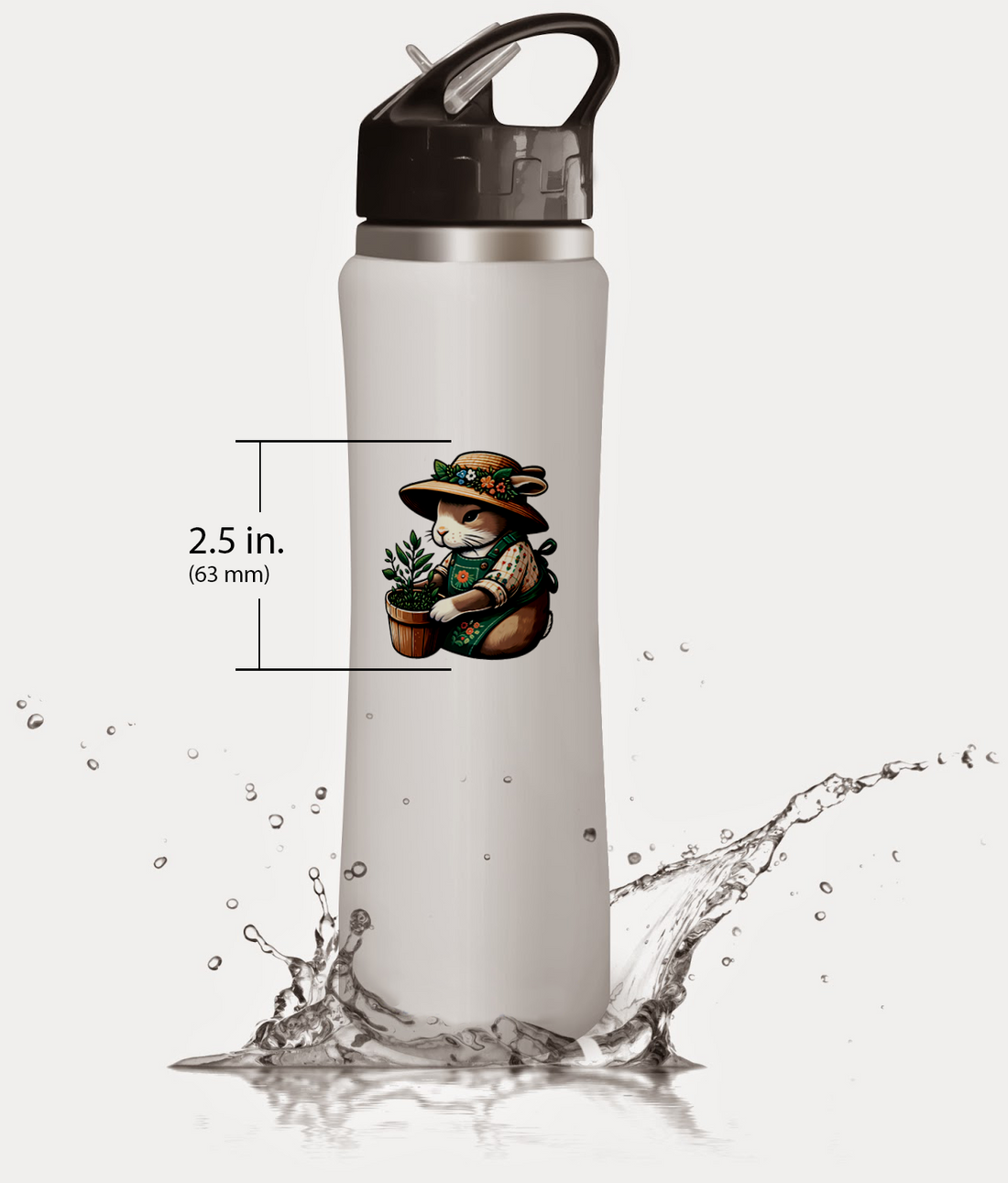
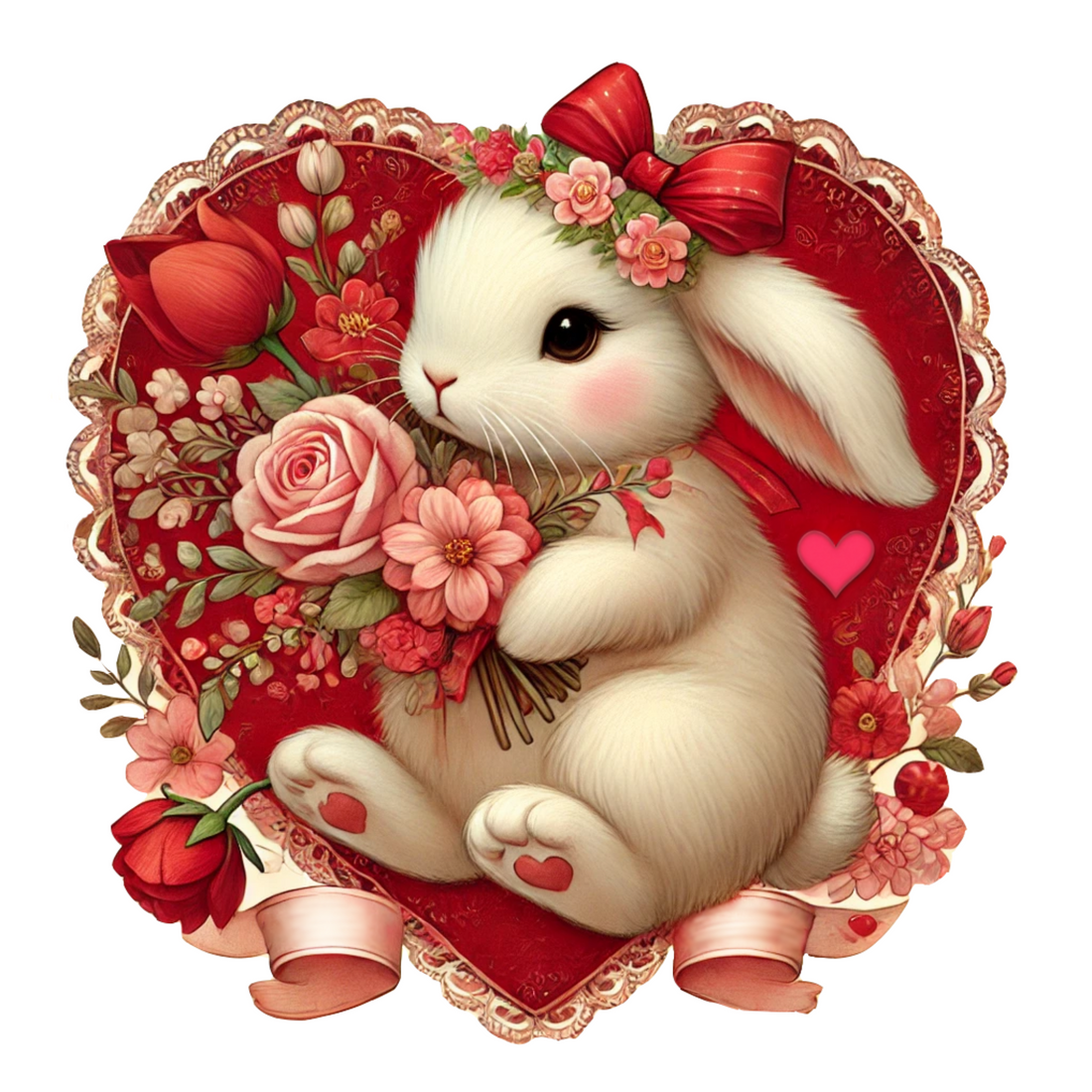
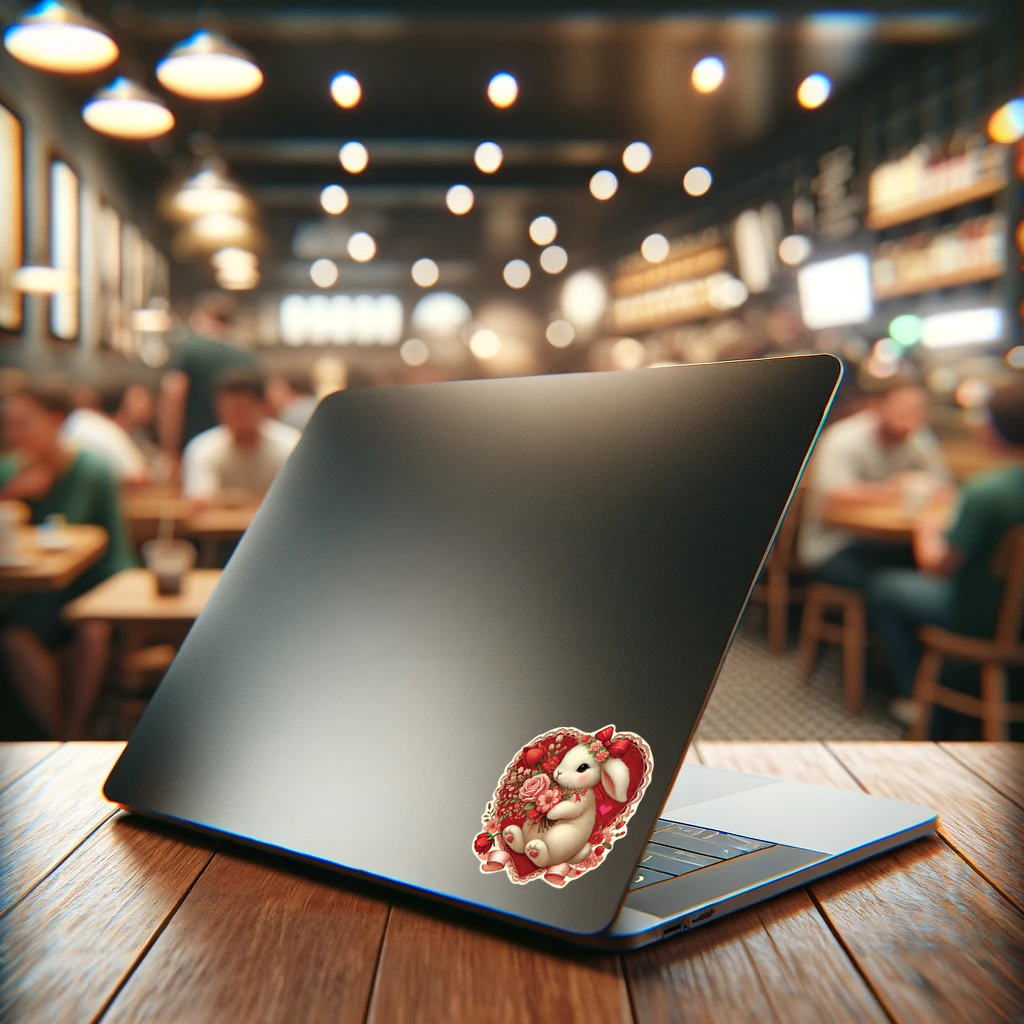
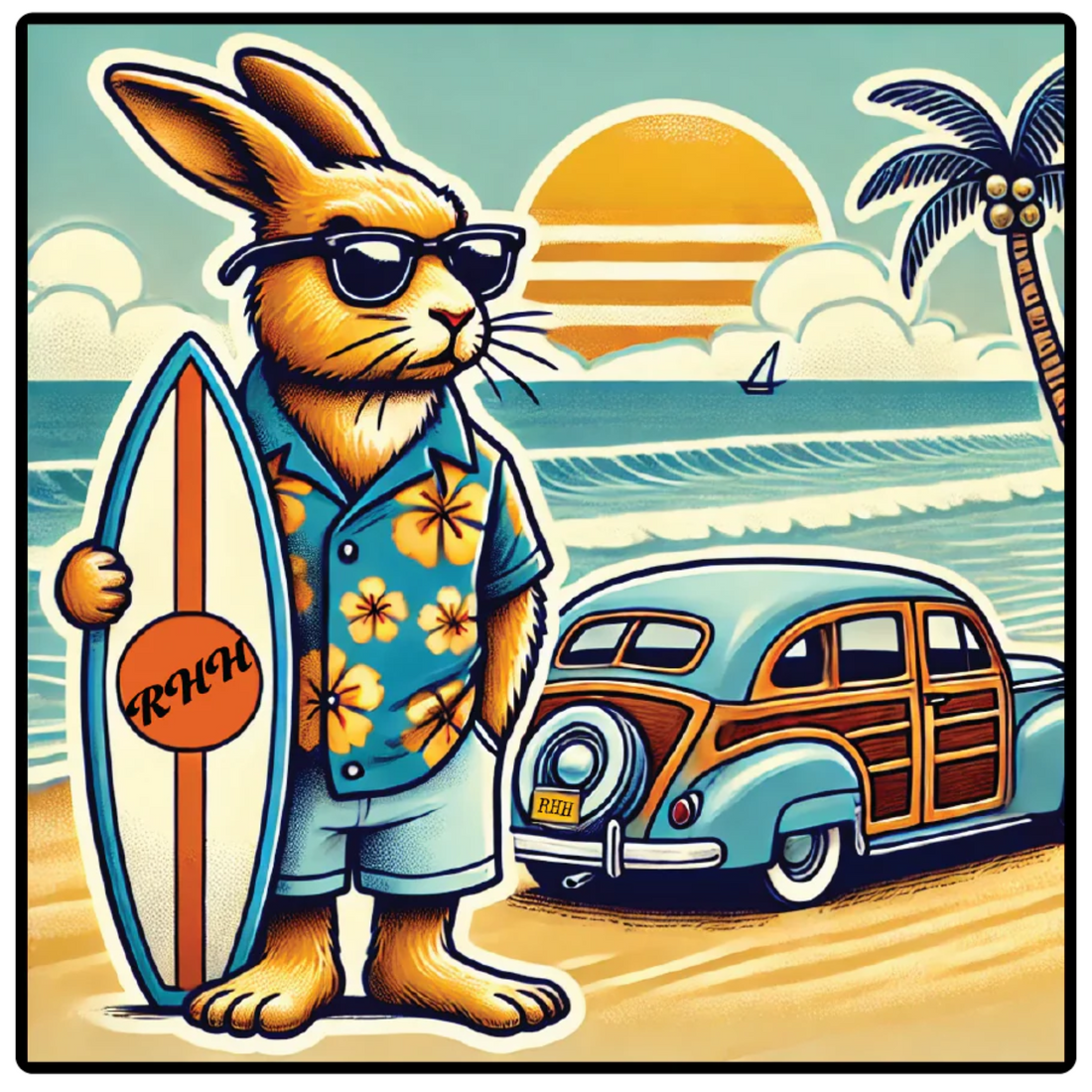
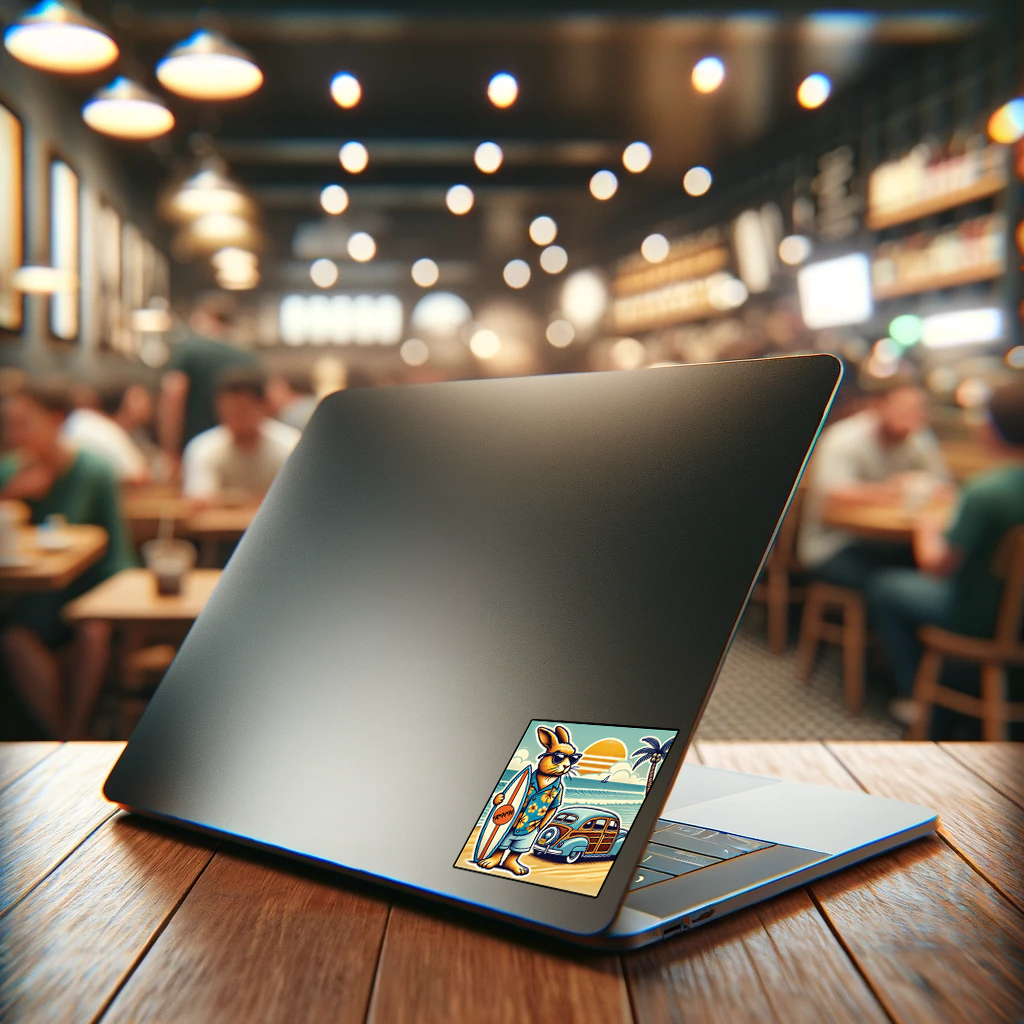


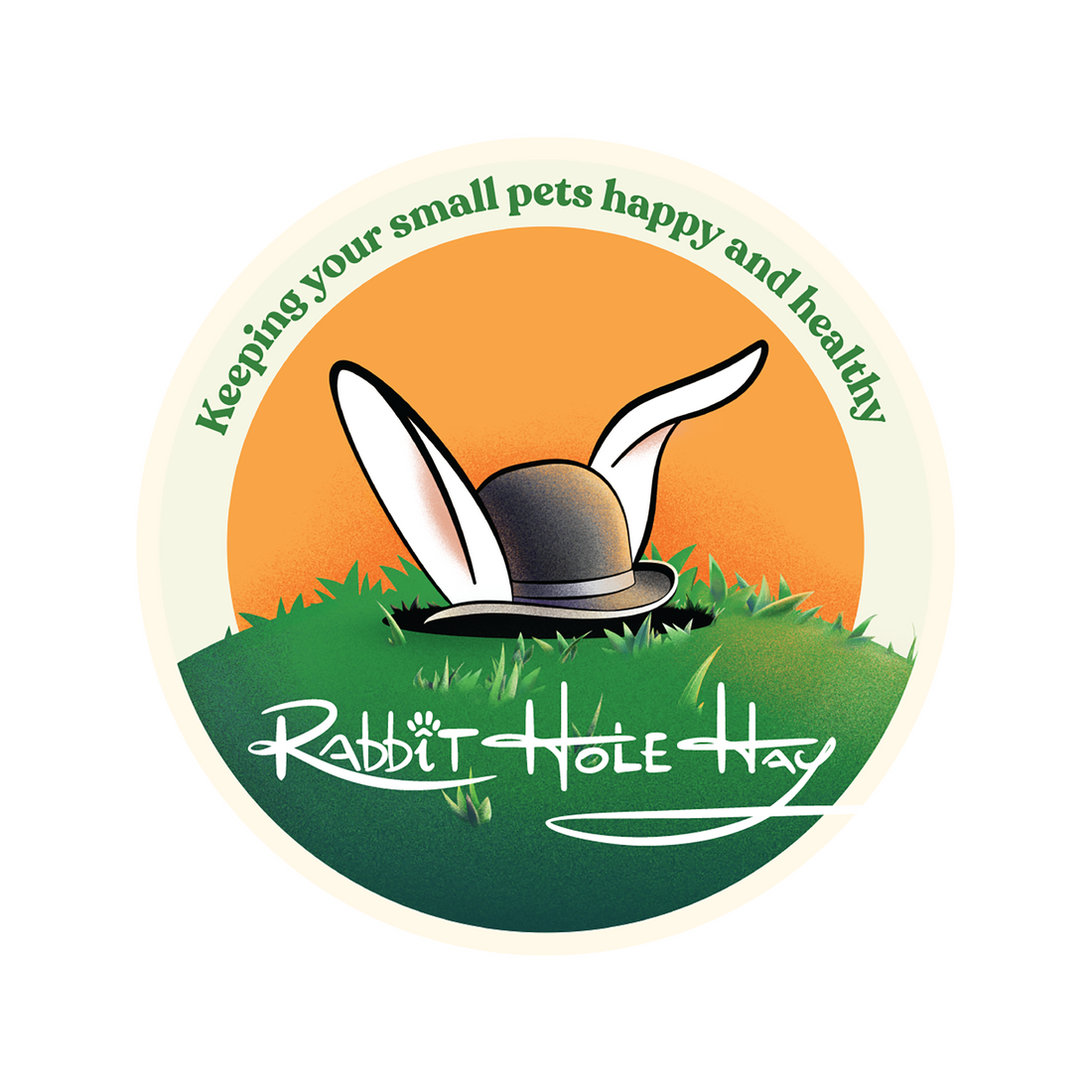
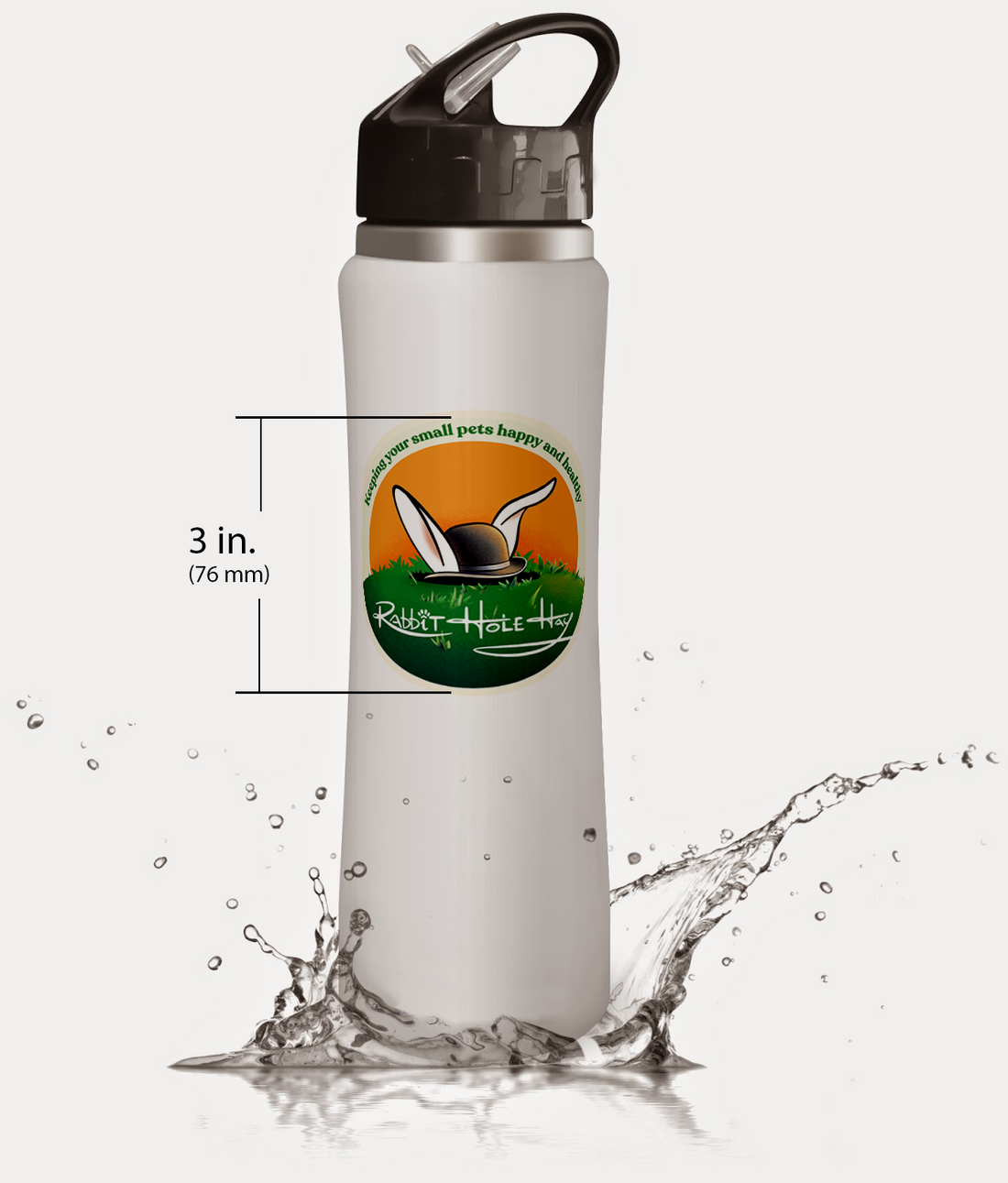




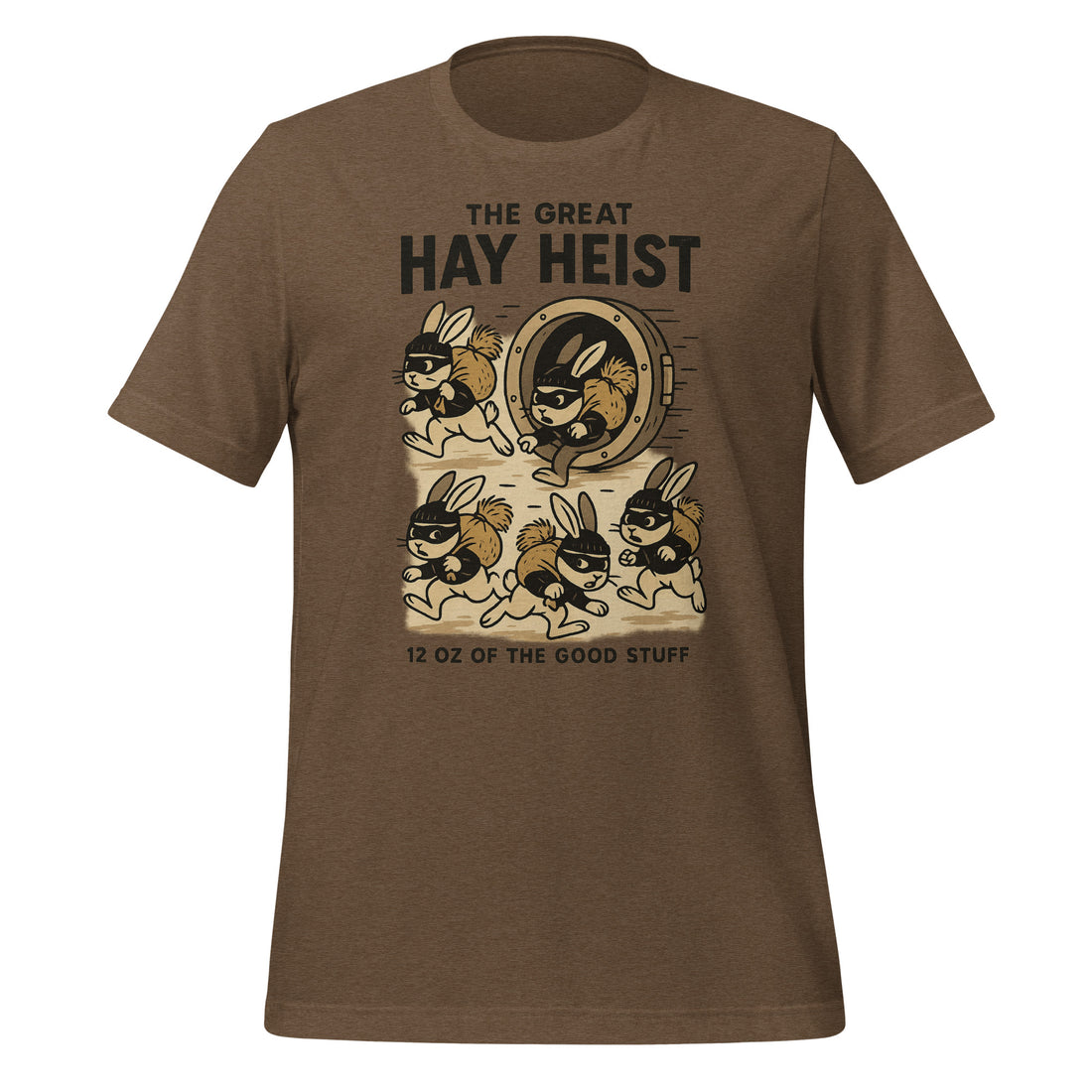

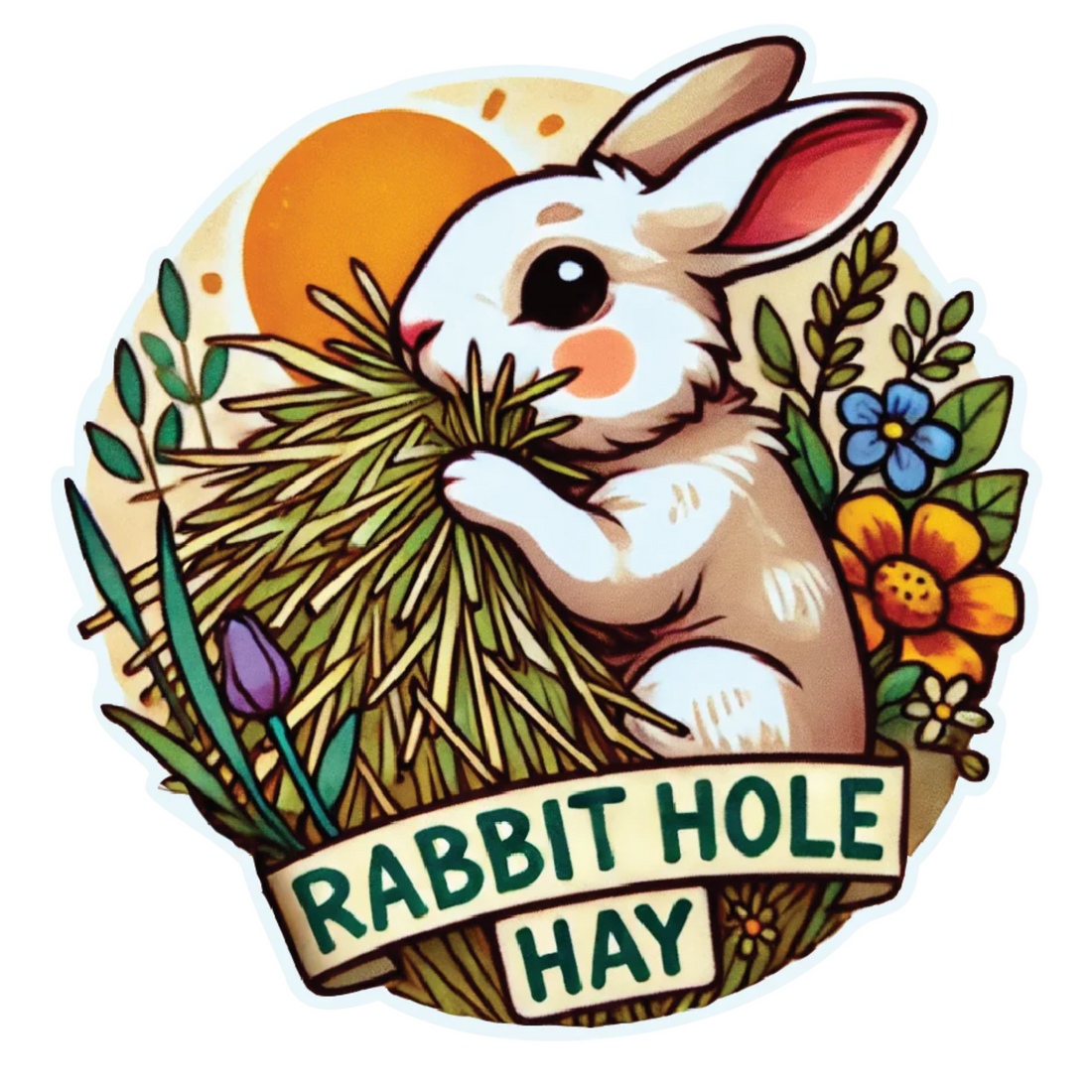
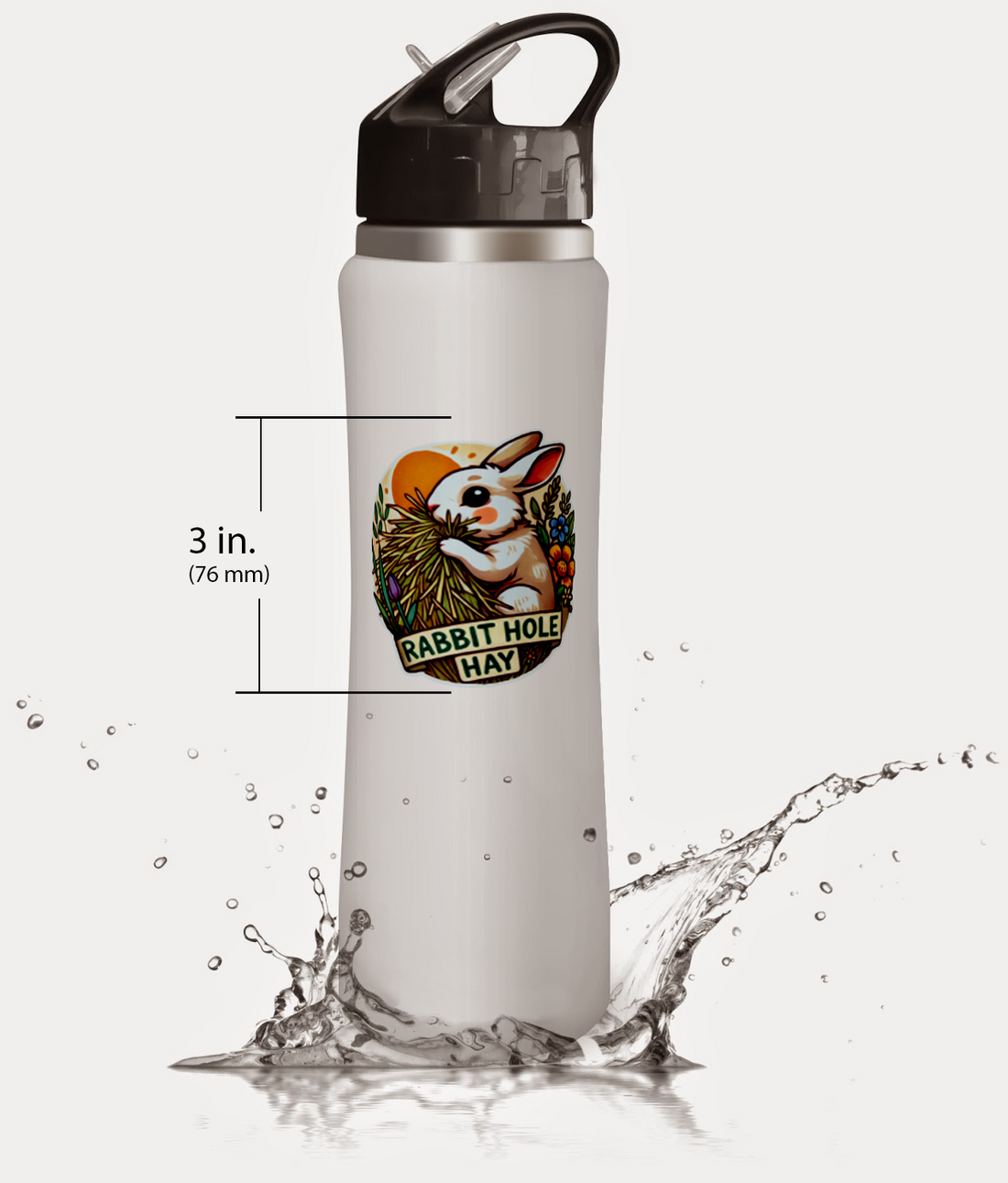
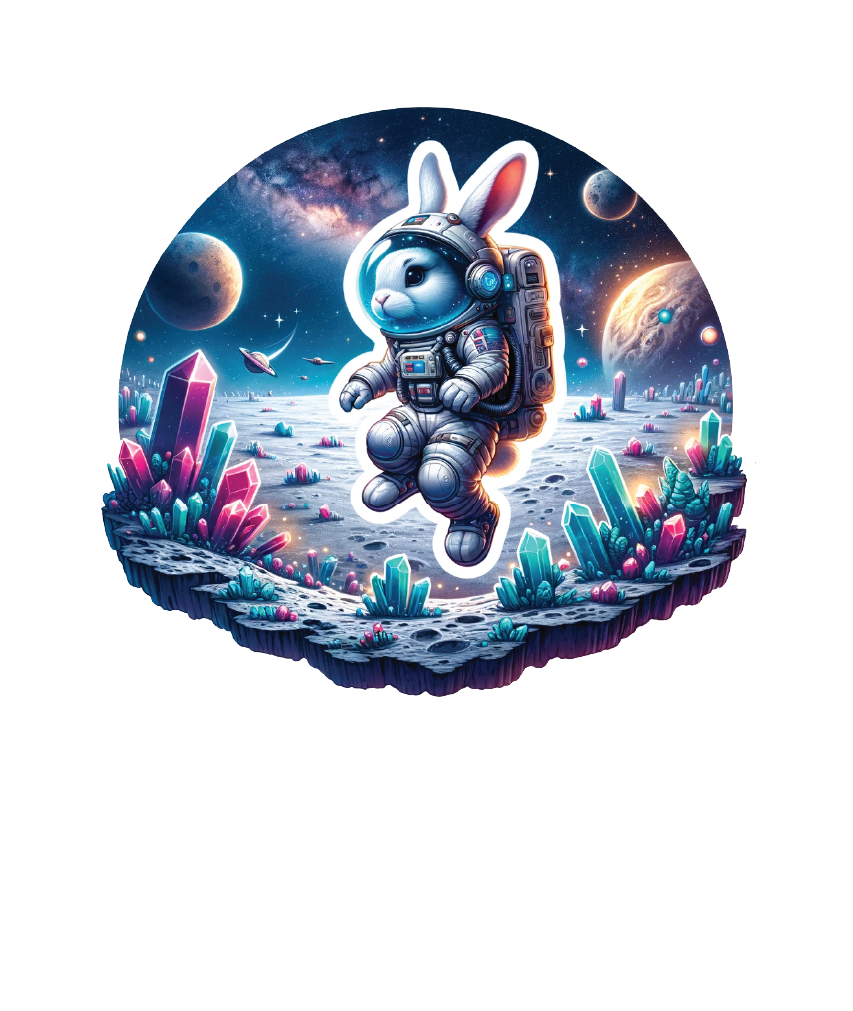
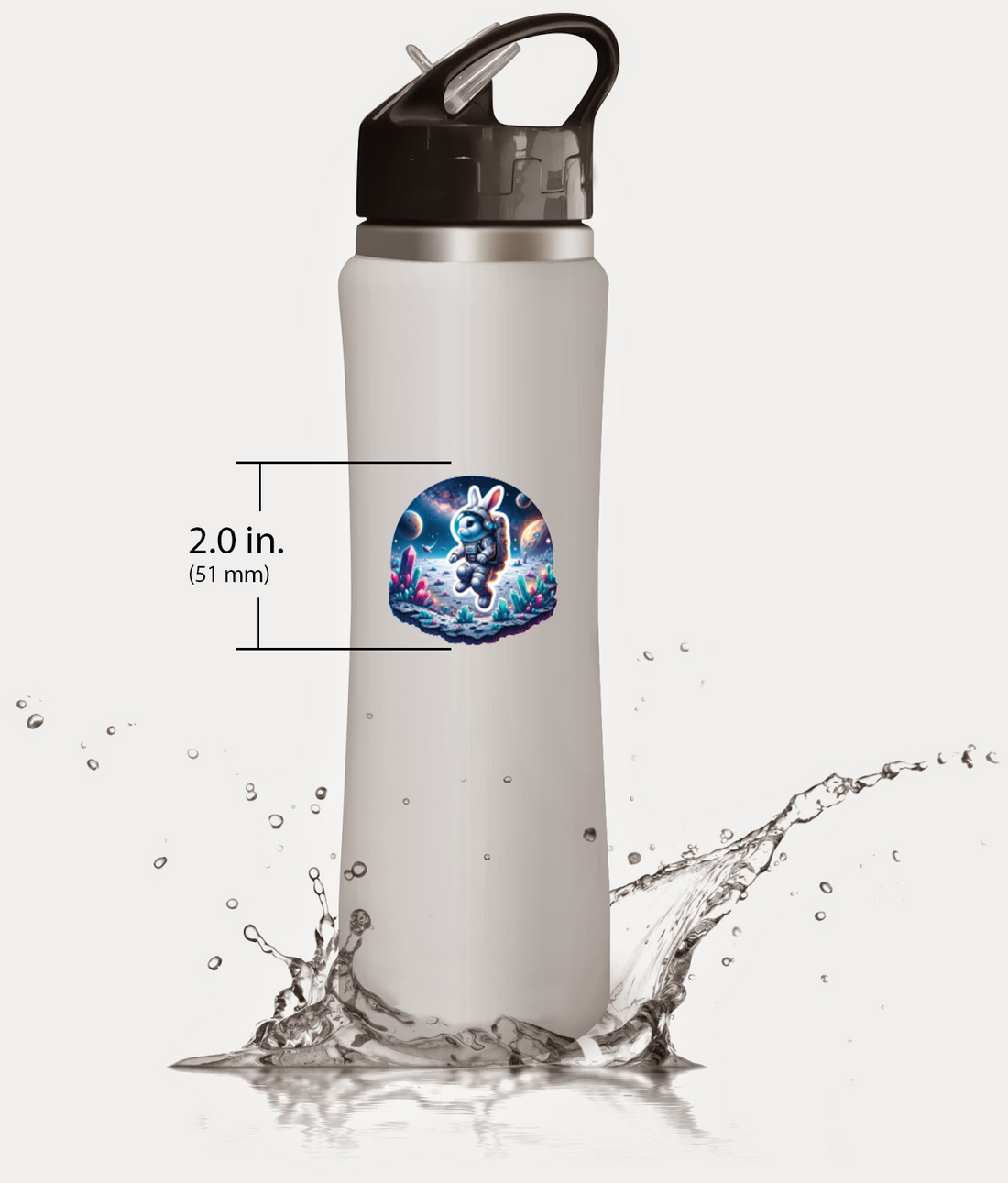


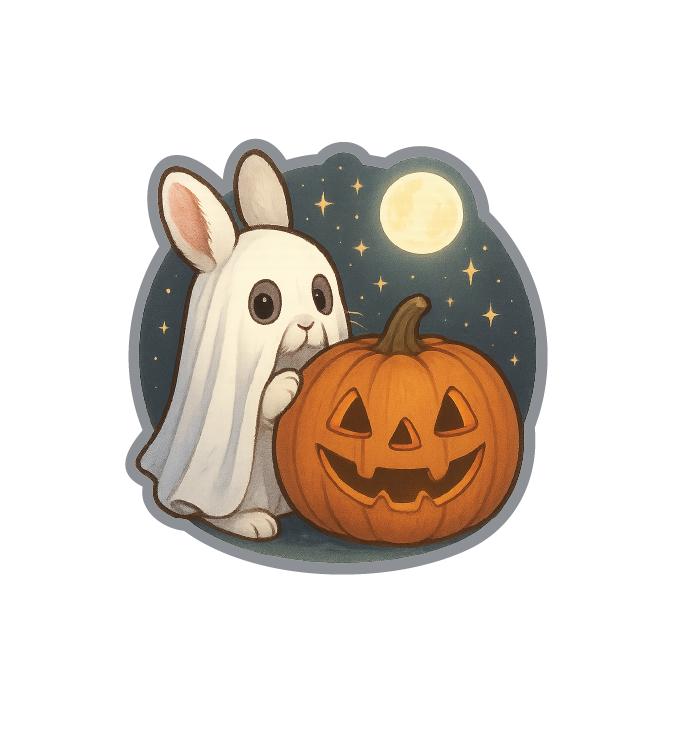
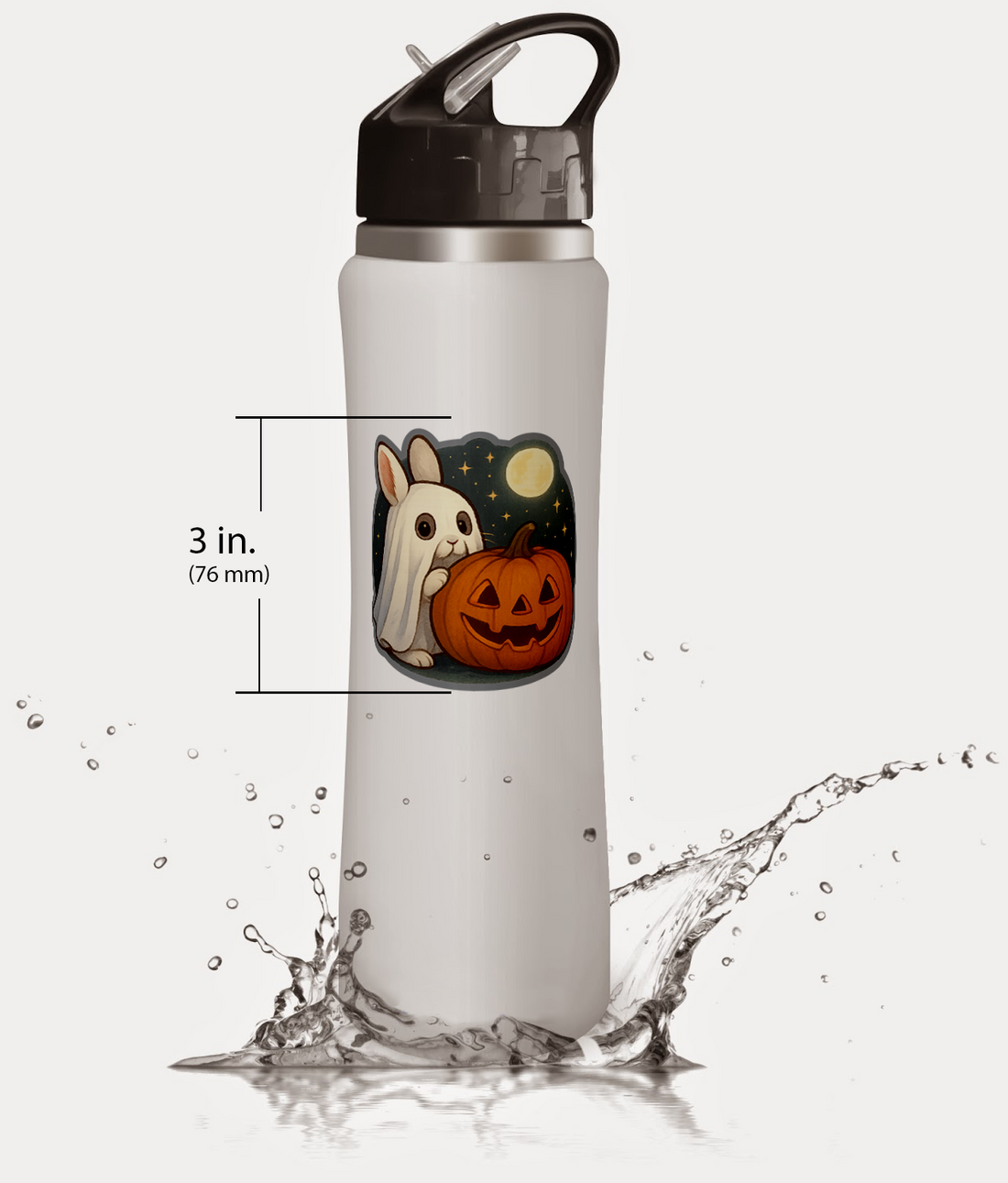
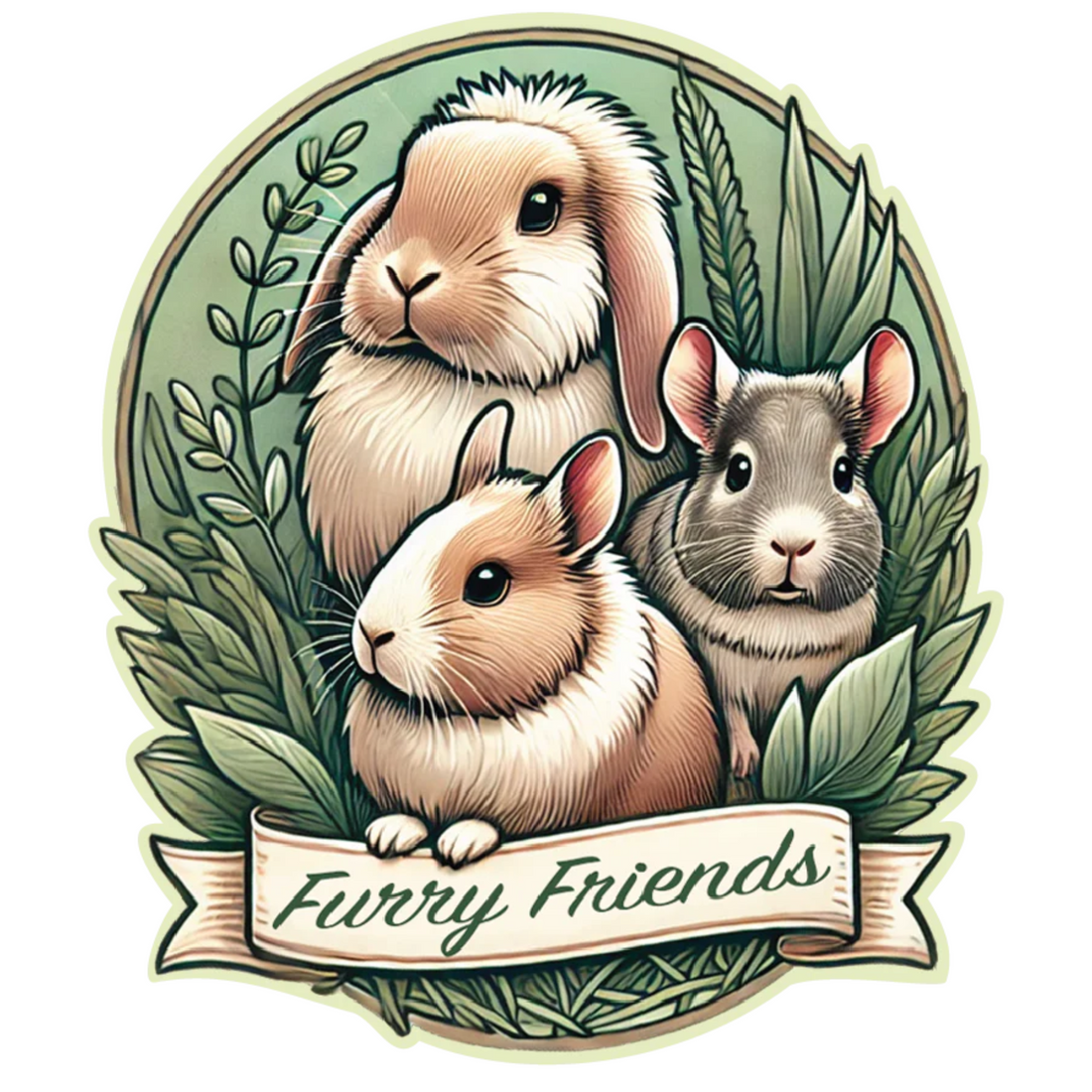
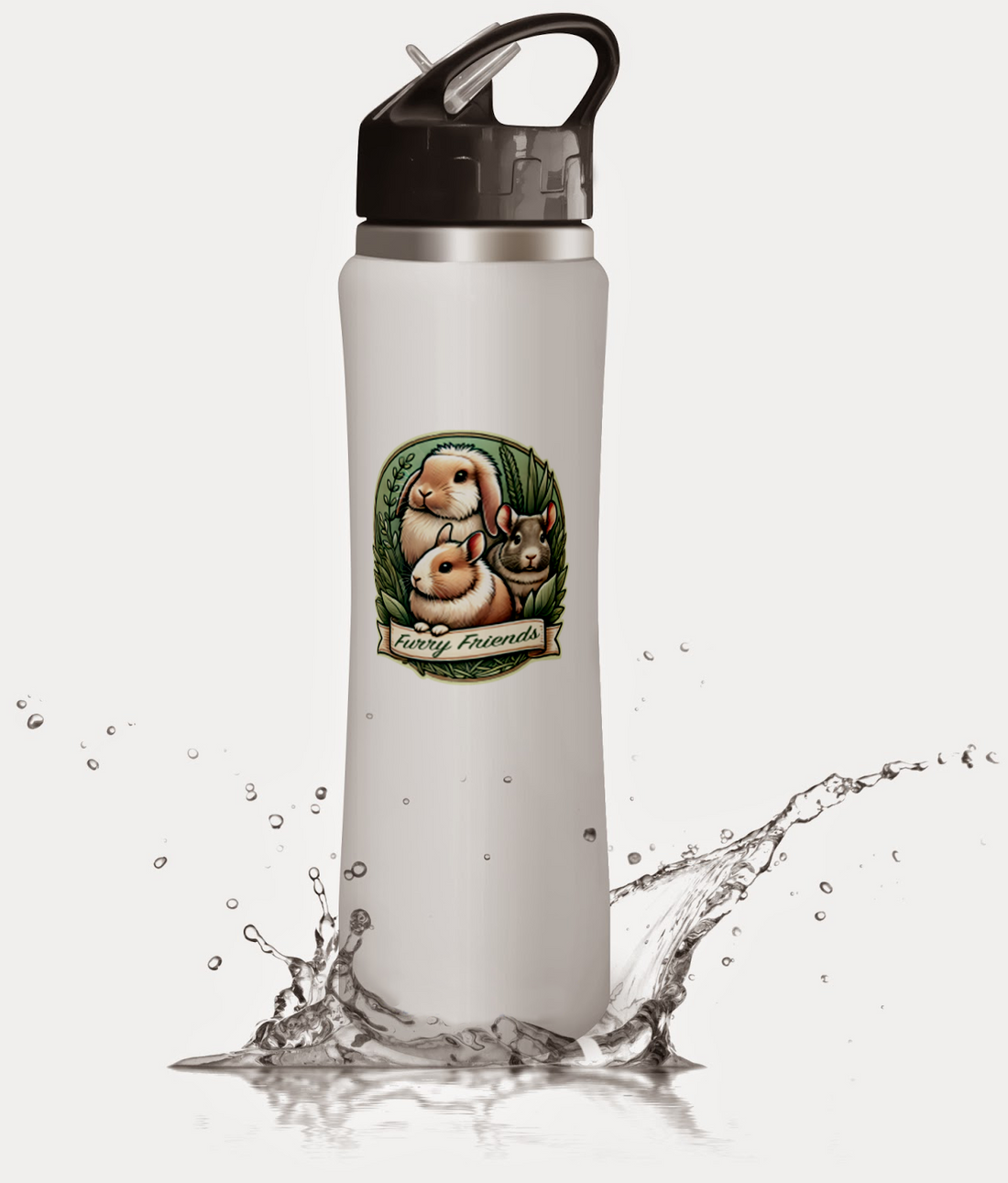




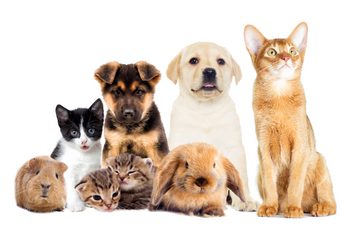


Comments